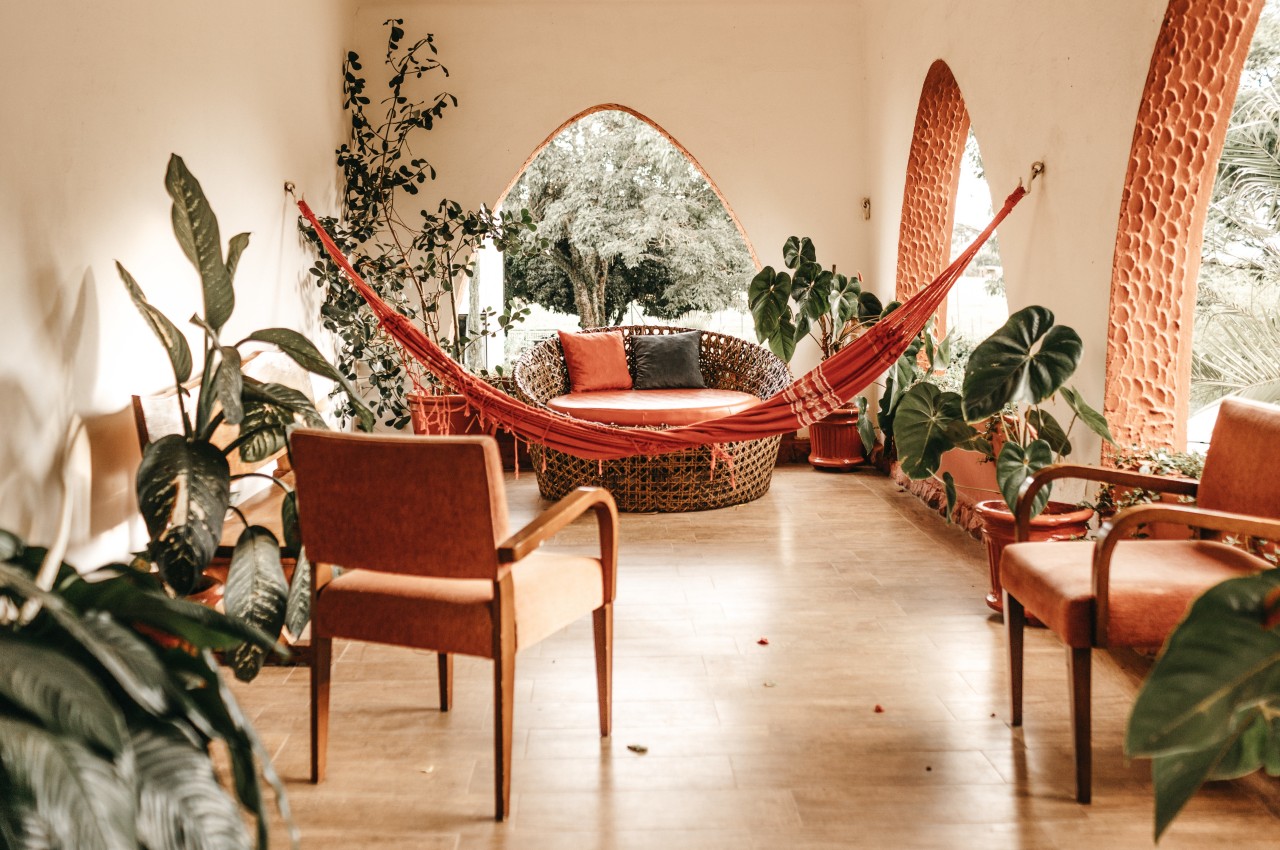
Wellness design’ is on the rise, focusing on prioritizing people’s health in the design process by considering factors like lighting, air quality, and connections to nature. As interior design significantly affects mental health, it should also support our health and well-being. Note that incorporating wellness into interior spaces is fundamental to fostering successful and healthy lifestyles where physical, emotional, and aesthetic aspects should be considered, leveraging sensory effects. Wellness entails utilizing sustainable natural materials, optimizing natural light and airflow, judiciously employing artificial lighting, designing layouts for social interaction and private contemplation, enhancing existing pieces through upcycling, and manipulating color to influence mood.
Image courtesy of: wirestock
This holistic approach extends beyond interiors, encompassing the broader environment through mindful material sourcing. Key strategies include optimizing natural light and airflow, fostering tranquil private areas with a connection to nature, employing natural materials, and organizing space effectively for seamless functionality. These considerations contribute to creating environments conducive to overall wellness. Here are key factors to take into account when incorporating wellness into interior design.
Natural Light and Ventilation
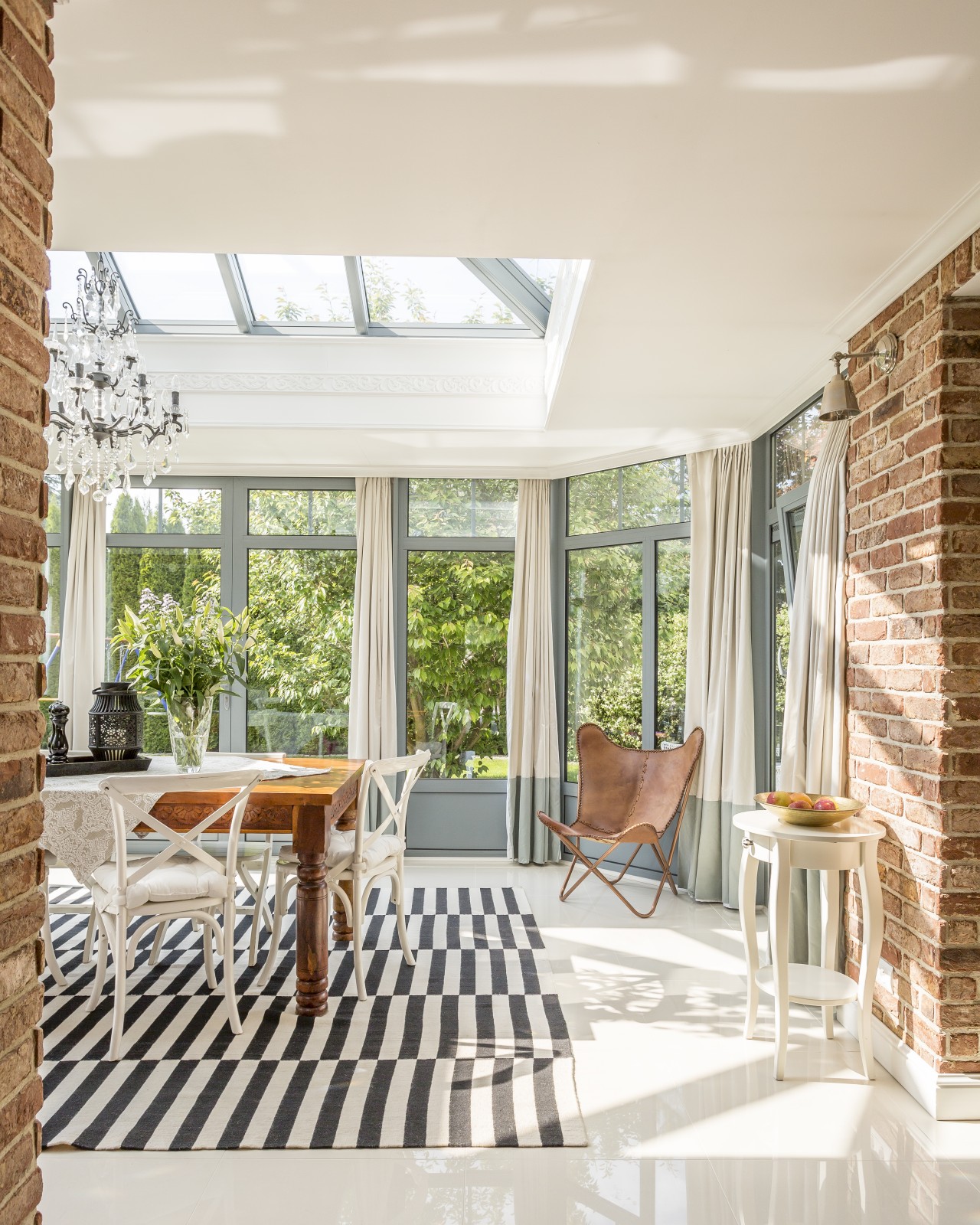
Image courtesy of: bialasiewicz
As natural light significantly influences circadian rhythms and boosts serotonin levels, it is important to prioritize maximizing natural light in the interior spaces to support a healthy sleep cycle. Wellness architecture prioritizes healthy airflow and toxin elimination, achieved by allowing rooms to breathe and incorporating features like large windows, high ceilings, and vents. Plants are also essential for cleaning the atmosphere, making greenery a must-have for any space.
Artificial Lighting
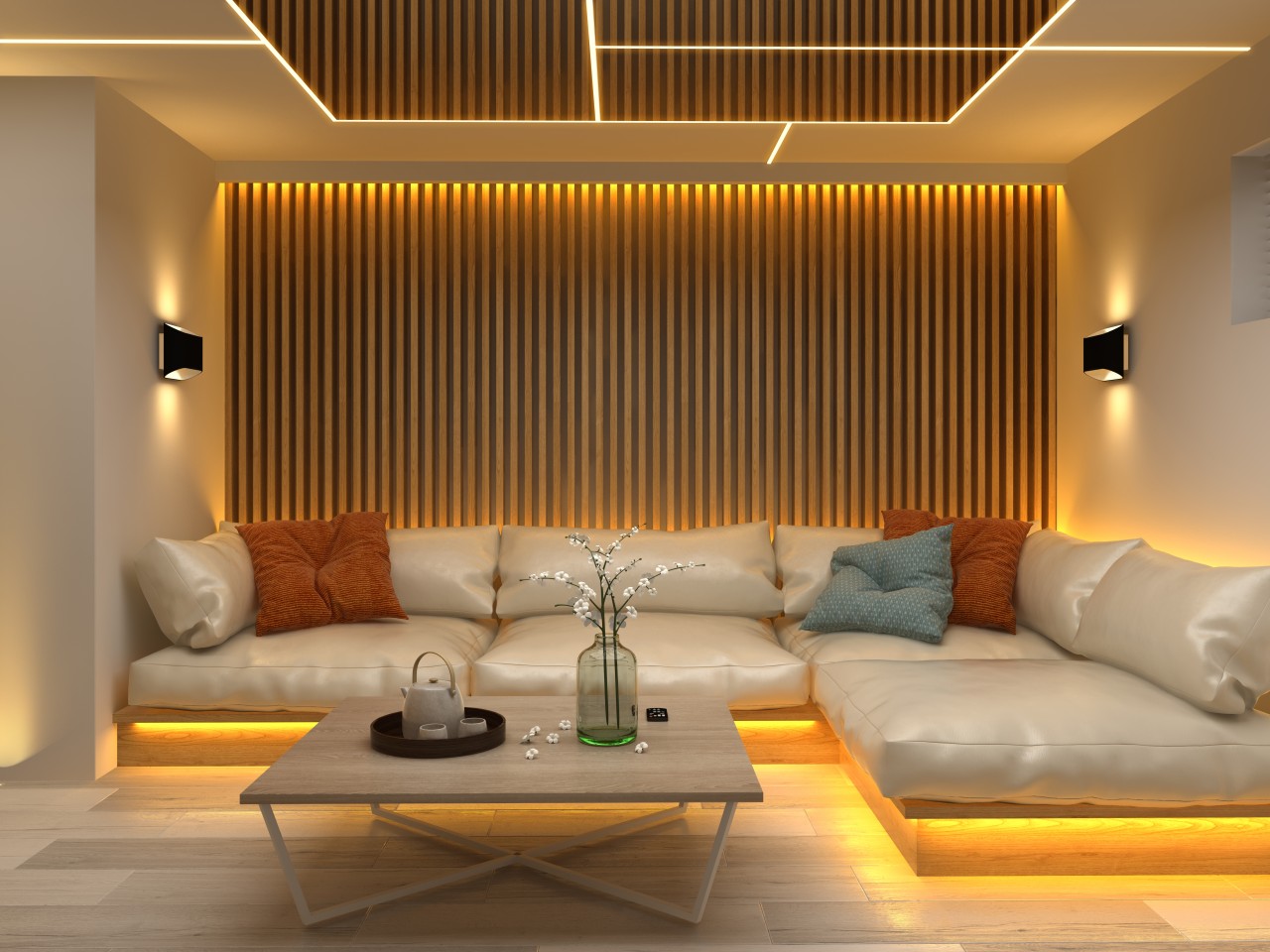
Image courtesy of: hemul75
Light plays an important role in wellness design, significantly impacting our daily lives by regulating our wakefulness and sleep cycles. This influence stems from our circadian rhythm, a self-regulatory system. Harsh light disrupts our sleep-wake cycle, while low light levels can induce fatigue.
Thermal Comfort
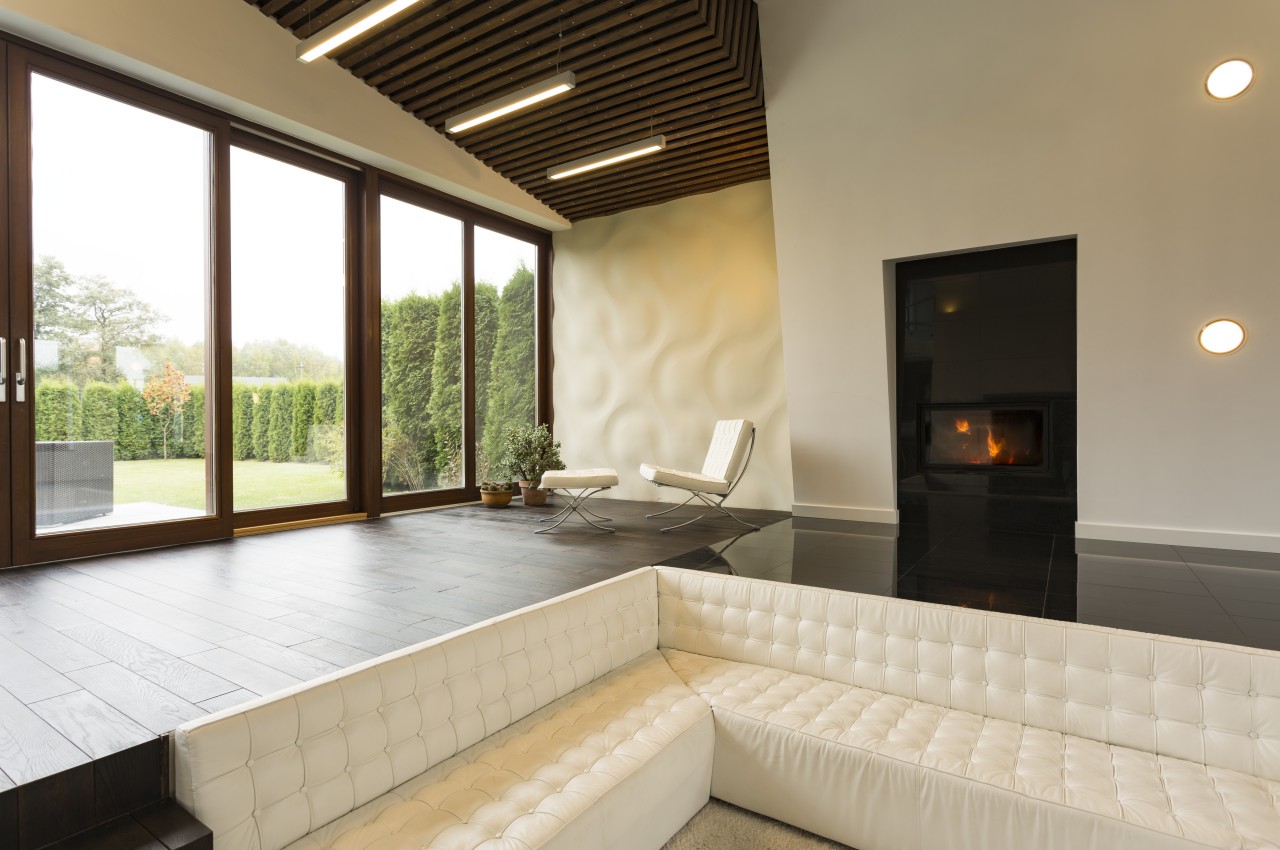
Image courtesy of: bialasiewicz
As thermal comfort is affected by air movement, temperature, humidity, and human behavior, the building should be oriented according to the position of the sun. Strategic placement of windows, treatments, overhangs, and landscaping can enhance the thermal comfort of your home.
A Clutter-free Space
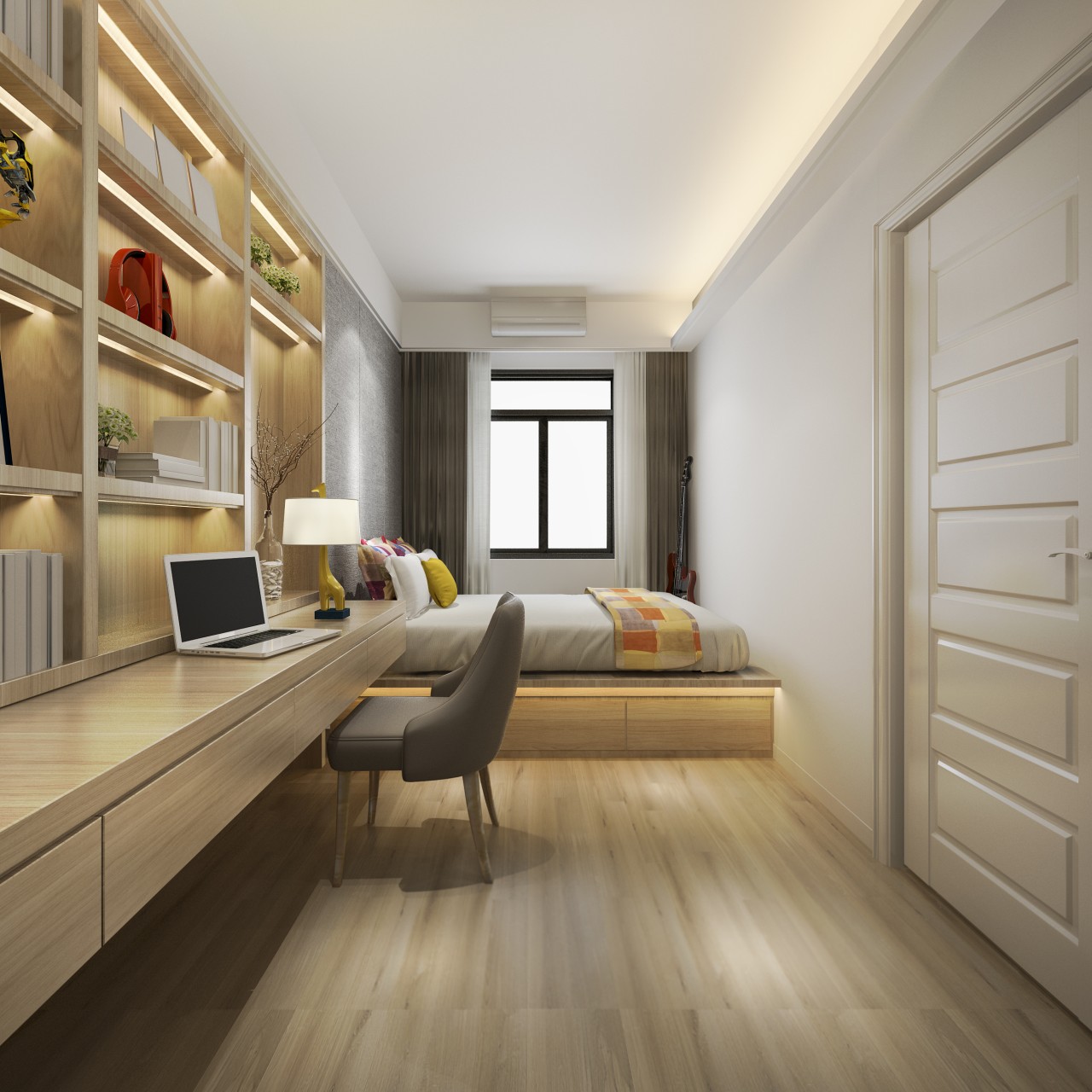
Image courtesy of: dit26978
A cluttered environment tends to drain our energy and impact our mood negatively. When thinking about interior design and mental health, the best thing is to have a functional layout that is easy to organize and tidy up. Optimize your space with fluid, flexible organization to minimize stress. Conceal necessary but unattractive items while displaying meaningful décor. Close off messy areas behind doors for visual clarity and peace of mind. Invest in furniture pieces that suit your needs or are multifunctional so that they take up less space.
Biophilic Design

Image courtesy of: IrynaKhabliuk
The rise of biophilic interior design taps into nature’s mood-boosting power, integrating these principles for functional and aesthetically pleasing spaces that promote mental health. Scientifically supported benefits of nature, such as stress reduction and improved health, emphasize the importance of incorporating plants and natural elements into interiors. These additions not only enhance air quality but also elevate mood and reduce anxiety. Simple touches like hanging baskets or kitchen herb gardens can effortlessly infuse color and charm into living spaces.
Color and Mood
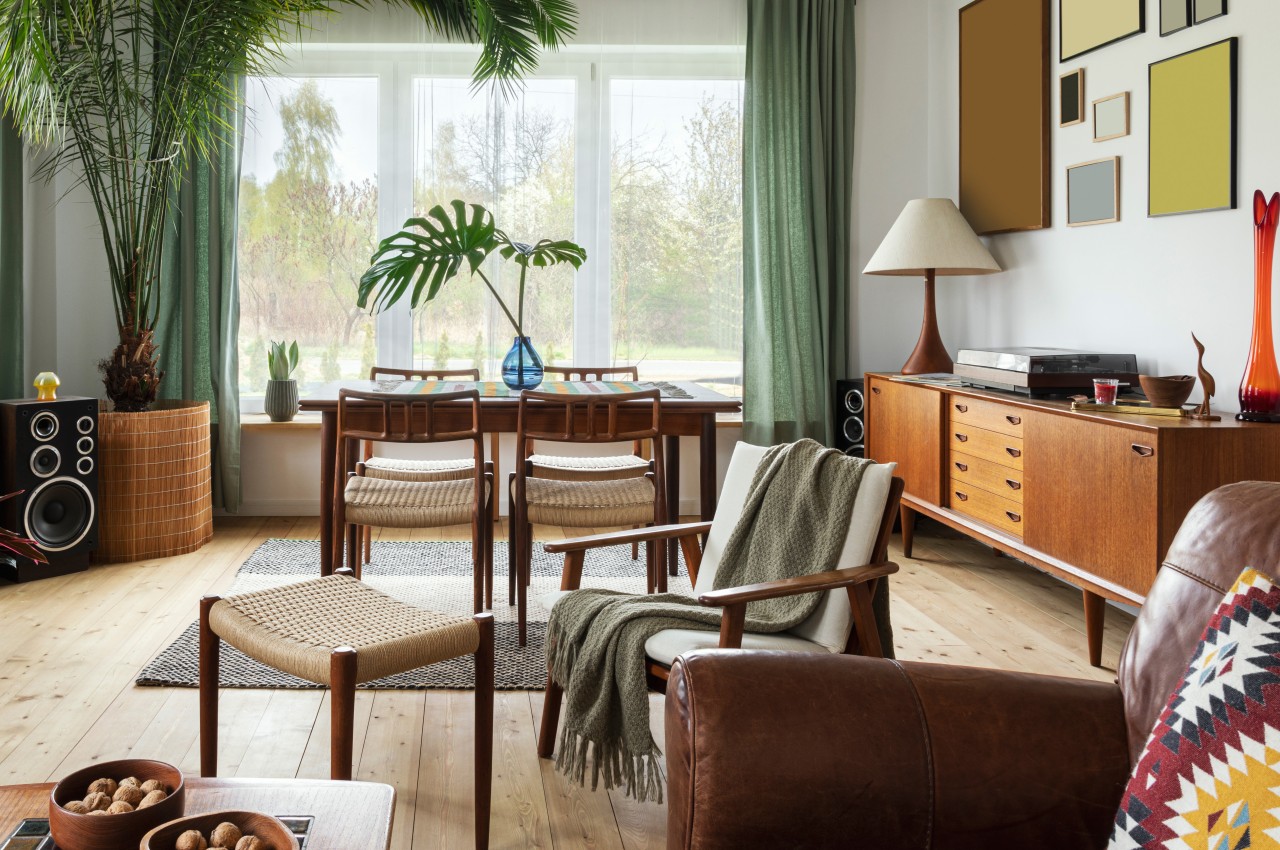
Image courtesy of: FollowTheFlowStudio
Color significantly influences a room’s mood and emotions where lighter colors create an airy, spacious feel, while darker tones offer intimacy. Neutrals like black, gray, white, and brown balance passive and active colors. Active hues like yellow and pink stimulate creativity, while passive ones like blue and green promote calmness. Personal preferences should guide color choices, as emotional responses vary. Color plays a significant role in shaping mood, impacting the emotional well-being of the end user. Tailoring the color palette to suit the primary function of each room enhances the space’s intended purpose.
Natural Materials
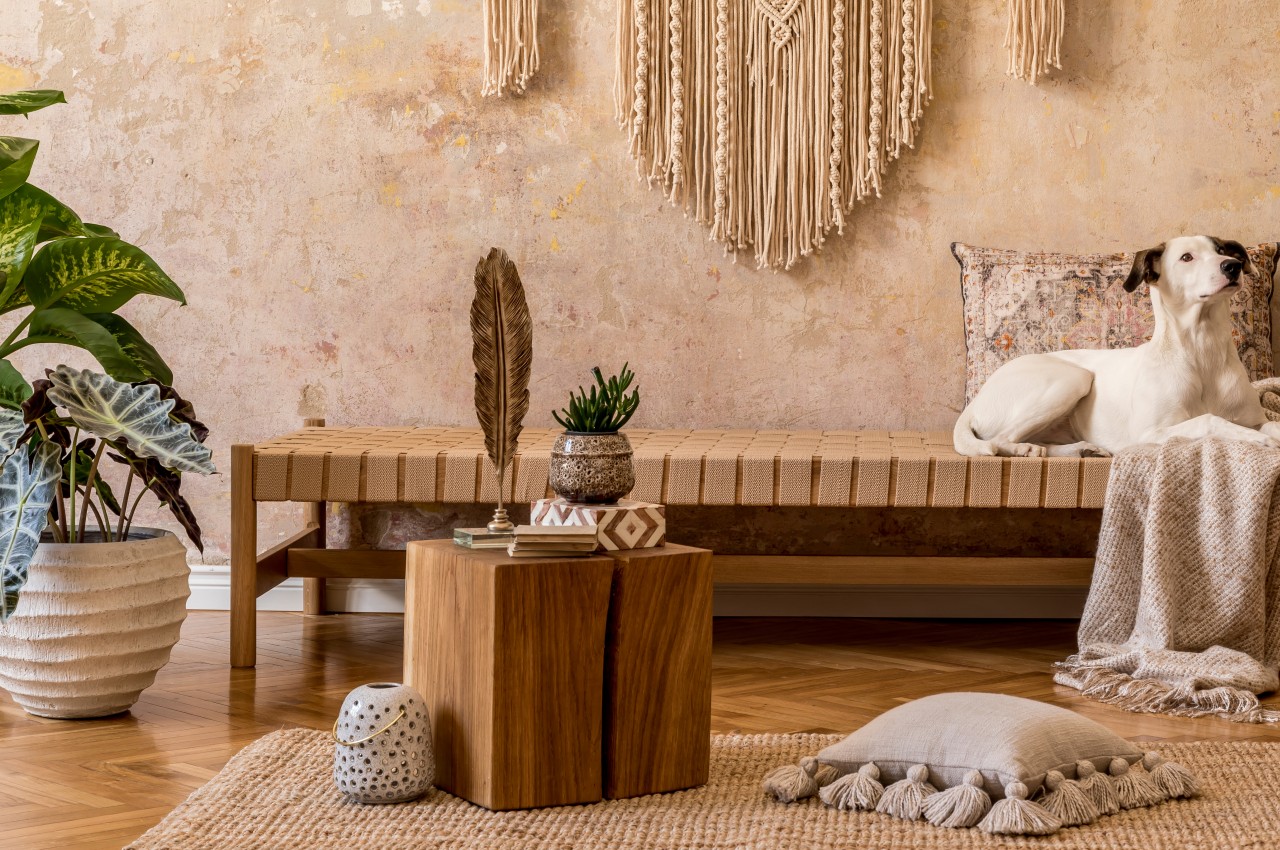
Image courtesy of: FollowTheFlowStudio
To reduce the risk of off-gassing from synthetic fibers in fabrics and paints, avoid manmade materials in your home. Opt for essential oils instead of artificial fresheners to improve air quality. Furnish with natural materials like wood, organic cotton, organic linen, and wool for healthier living spaces. Sustainable organic materials are essential, extending beyond transparency in sourcing to encompass waste reduction, renewability, energy efficiency, and non-toxicity. Note that treated materials, such as chemically stained wood, chemically sealed tiles, flooring with formaldehyde, and fire-retardant fabrics, can release harmful compounds into the air, often unnoticed.
Sleep Well
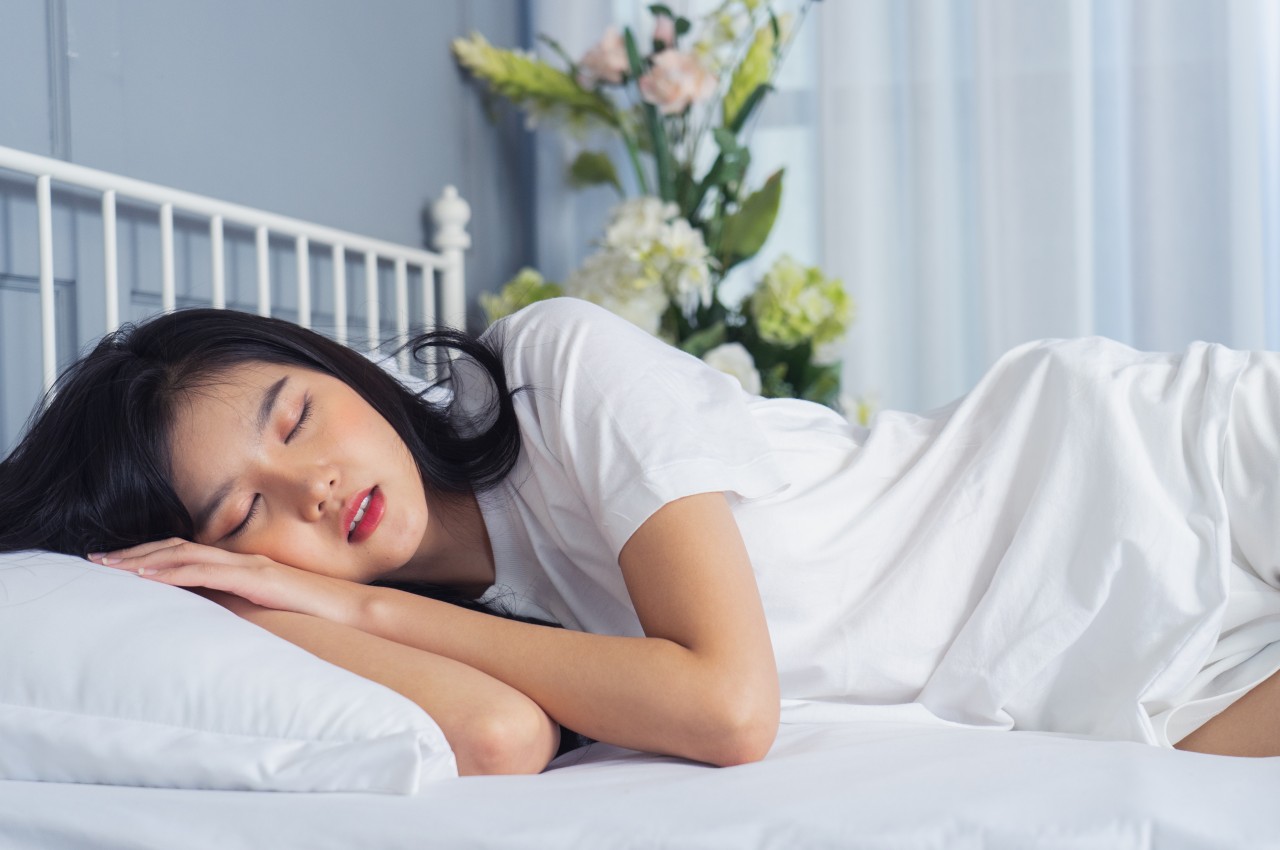
Image courtesy of: anontae2522
Good sleep forms an important component of wellness and rejuvenation. Additionally, comfort is essential in wellness-focused interior design, with ergonomics ensuring user-friendliness. It encompasses psychological, physiological, and anatomical comfort, alongside efficiency and aesthetic appeal. Neglecting any of these elements renders the space ergonomically incomplete.

Designer: Hastens Beds
Find time to relax and get a good night’s sleep on an ergonomic mattress. Hästens beds epitomize the use of premium natural materials, sustainably and ethically sourced, ensuring their potential for future reuse. Renowned for its exceptional properties, horsehair provides unparalleled support and pliability, augmented by its innate ventilation system. Independently tested for allergens, horsehair remains hypoallergenic, boasting natural antibacterial qualities for a hygienic sleep environment. Processed meticulously since the 1800s, horsehair undergoes rigorous cleaning and disinfection, resulting in a pristine, resilient filling material.
Complementing horsehair, soft cotton facilitates airflow, promoting quicker sleep onset and deeper rest. In contrast, non-porous materials lack ventilation, fostering moisture retention and bed mite proliferation. Selectively sourced and meticulously sorted, horsehair variants ensure consistent quality across all products. Additionally, wool and flax are utilized for temperature regulation, static dissipation, and sound absorption, culminating in a harmonious blend of comfort and performance. Crafted with precision, spring systems, including pocket and Bonnell spiral designs, offer tailored support and longevity, backed by a 25-year warranty.
Sustainability
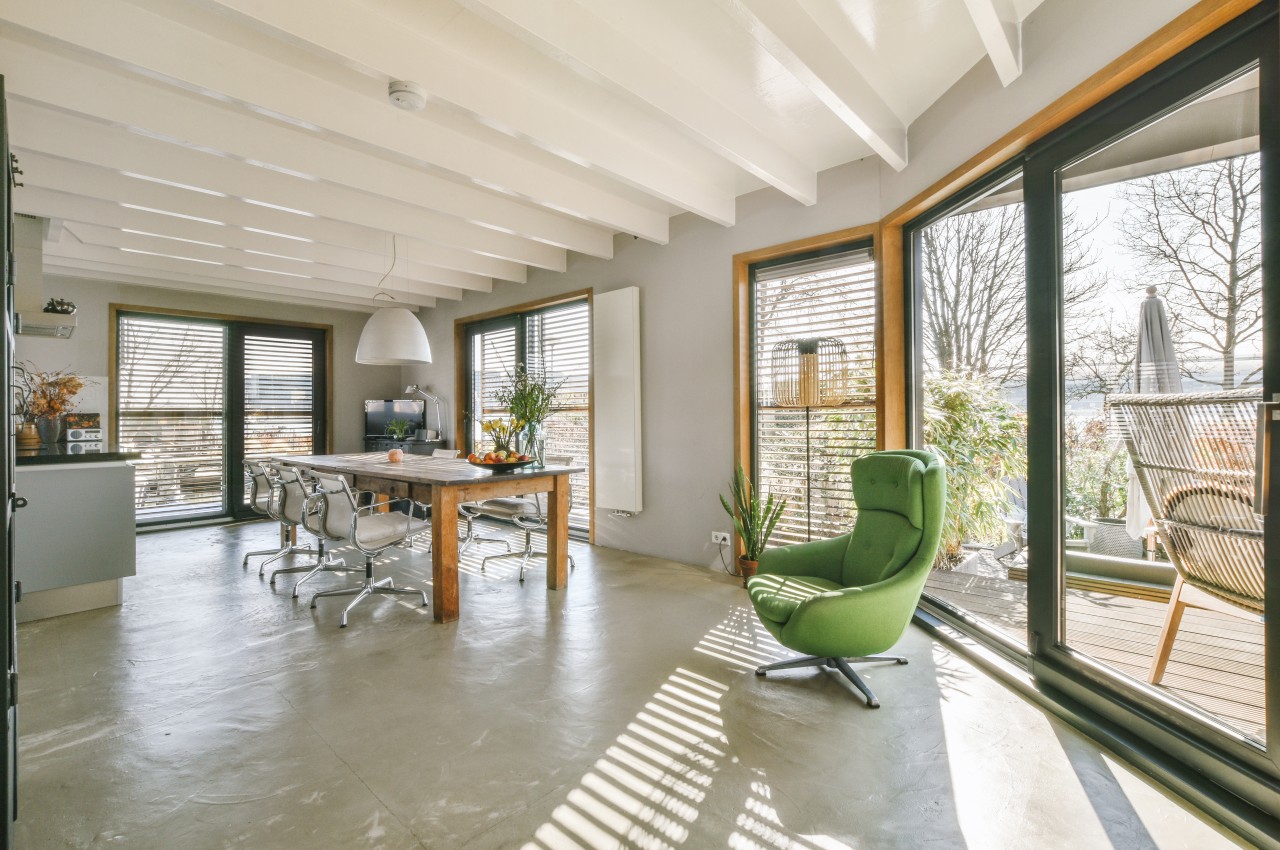
Image courtesy of: pro_creator
Having sustainability as a wellness focus in the home involves incorporating eco-friendly materials such as linoleum, floral leather, and cork into furniture, as well as utilizing vintage pieces. Additionally, integrating cutting-edge technology helps optimize energy consumption within the spaces. By employing computer simulations to track the sun’s trajectory, one can accurately determine the necessary cooling and heating requirements for each area. Choose green products free of VOCs and harmful chemicals to optimize a healthy environment. Consider materials like wool, stone, bamboo, cork, hempcrete, clay, and other bio-based options. Recycled steel and plastic are great for architecture and furniture design. Buying secondhand items is an effective way to reduce your footprint.
Lighting
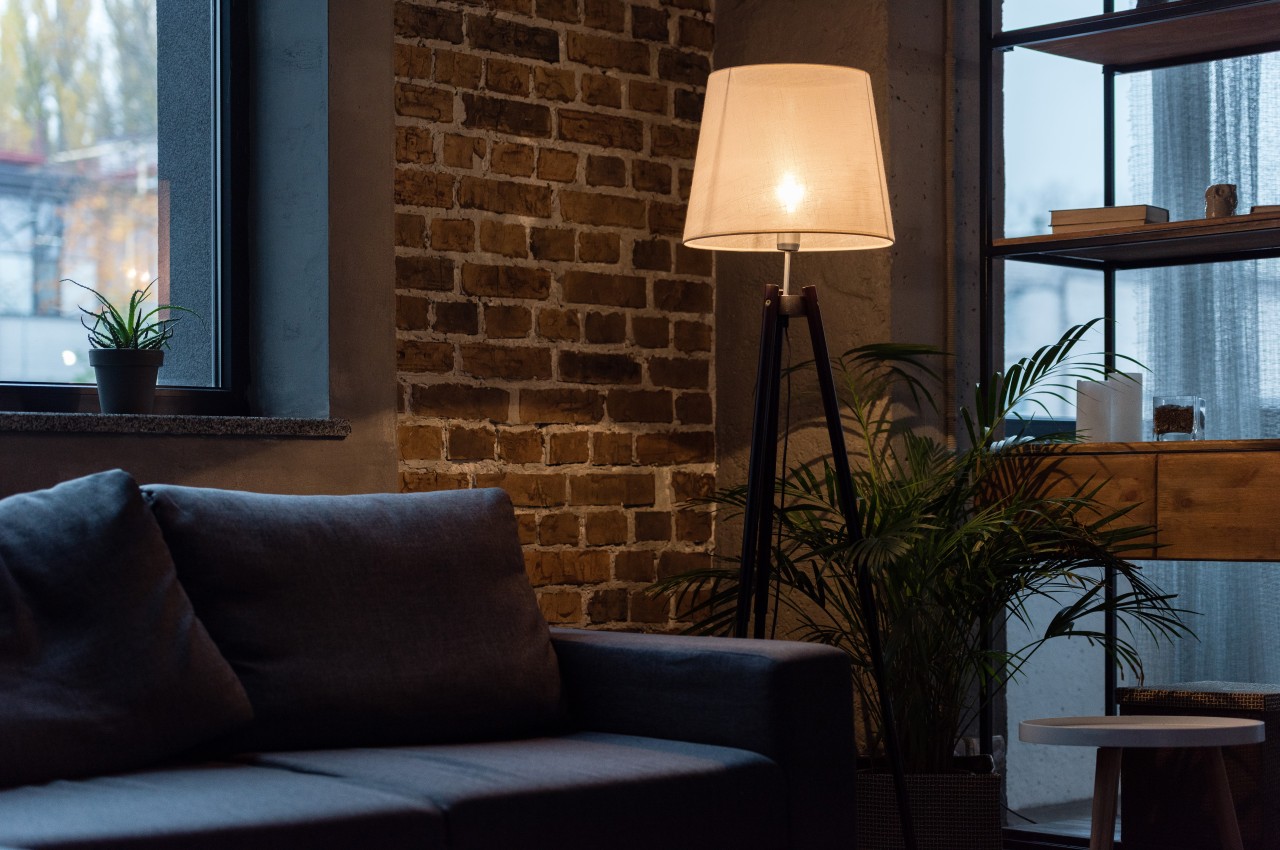
Image courtesy of: LightFieldStudios
Light is increasingly pivotal in home design, with spaces crafted around natural light sources and smart lighting systems mimicking daylight. Natural light is central to the discussion, offering significant health and wellness benefits by enhancing productivity, alertness, and mood. It not only influences our day-night rhythm but also impacts our vitamin D balance crucial for bone health. By strategically employing lighting and leveraging cutting-edge technology, we create adaptable lighting schemes that render spaces both versatile and aesthetically pleasing. Customizing lighting to suit each room’s purpose helps regulate mood and enhance productivity. Additionally, minimizing exposure to blue light by reducing screen time before bedtime promotes improved sleep quality and reduces anxiety levels.
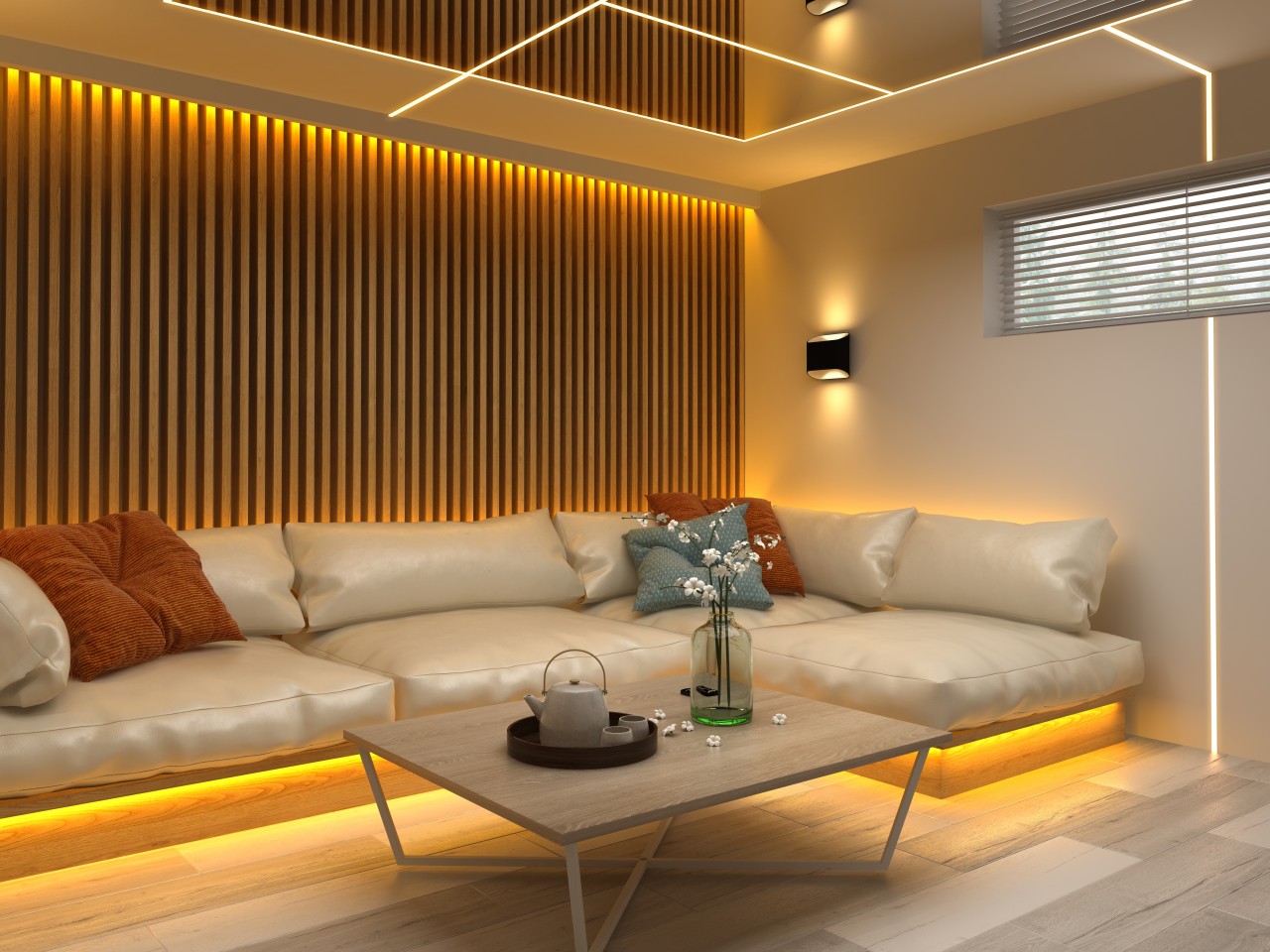
Image courtesy of: hemul75
Wellness in design is increasingly prominent across architecture, furniture, and interiors, driven by a growing public awareness. The pandemic has accelerated this trend as people reassess their lifestyles and prioritize mental and physical health. With more time spent at home, there’s a heightened focus on adapting living spaces to accommodate remote work and other needs.
The post How To Design For Wellness In Interior Design first appeared on Yanko Design.
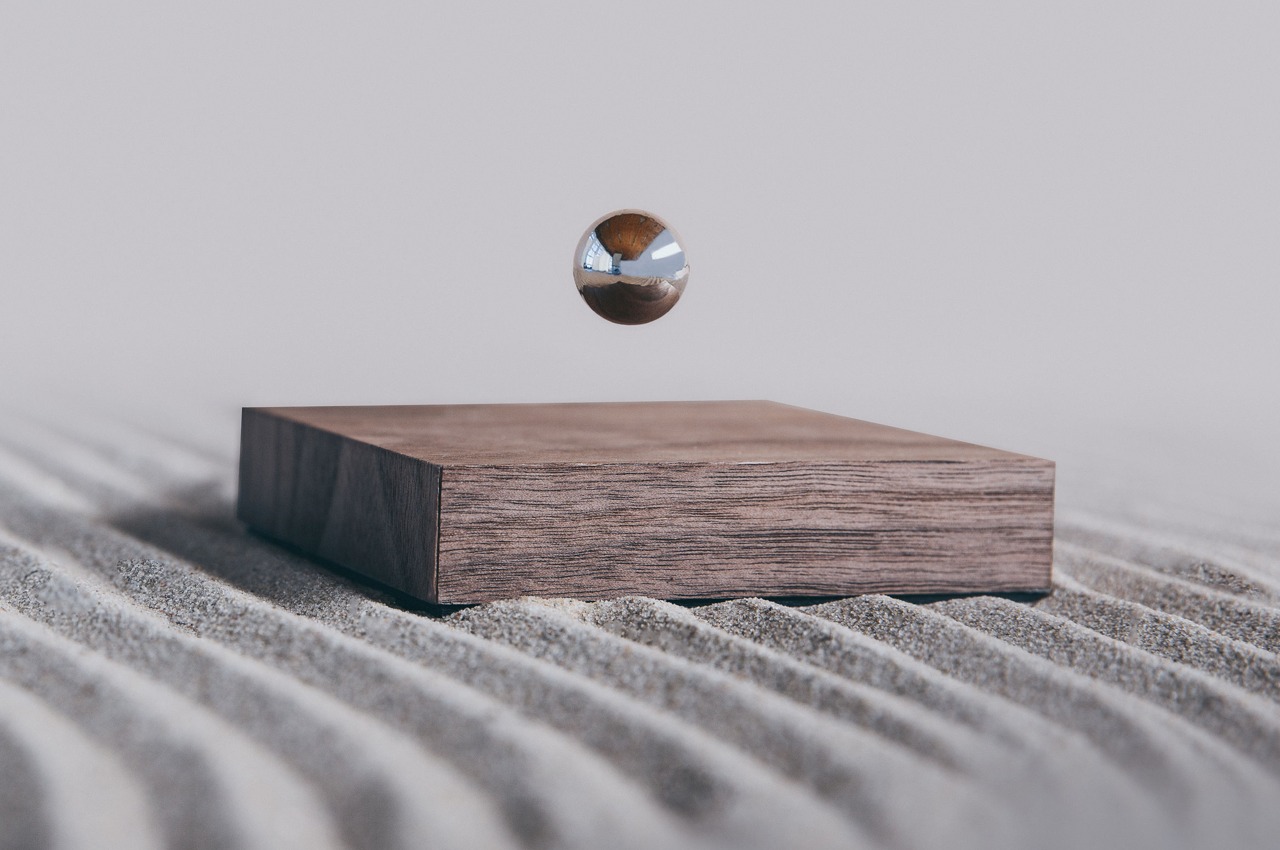

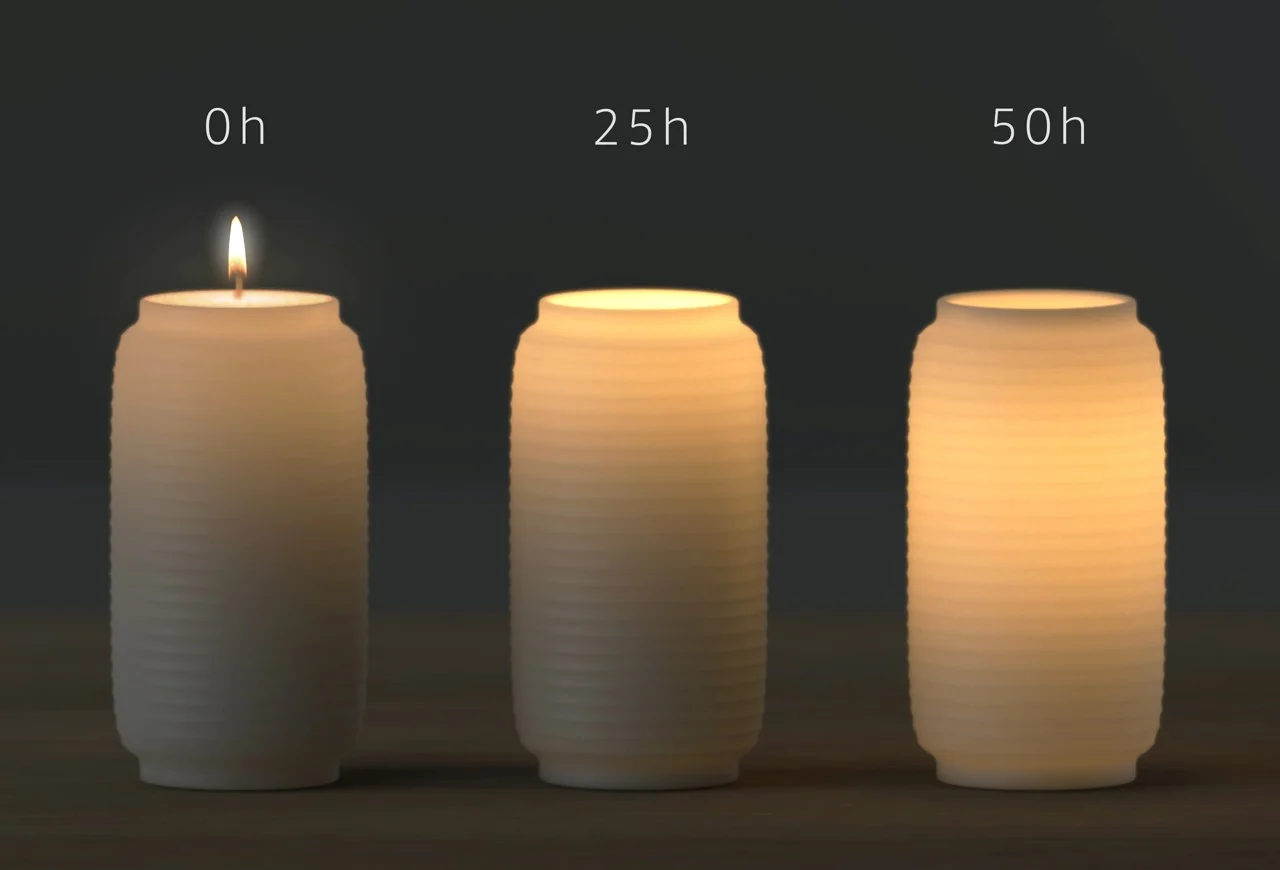


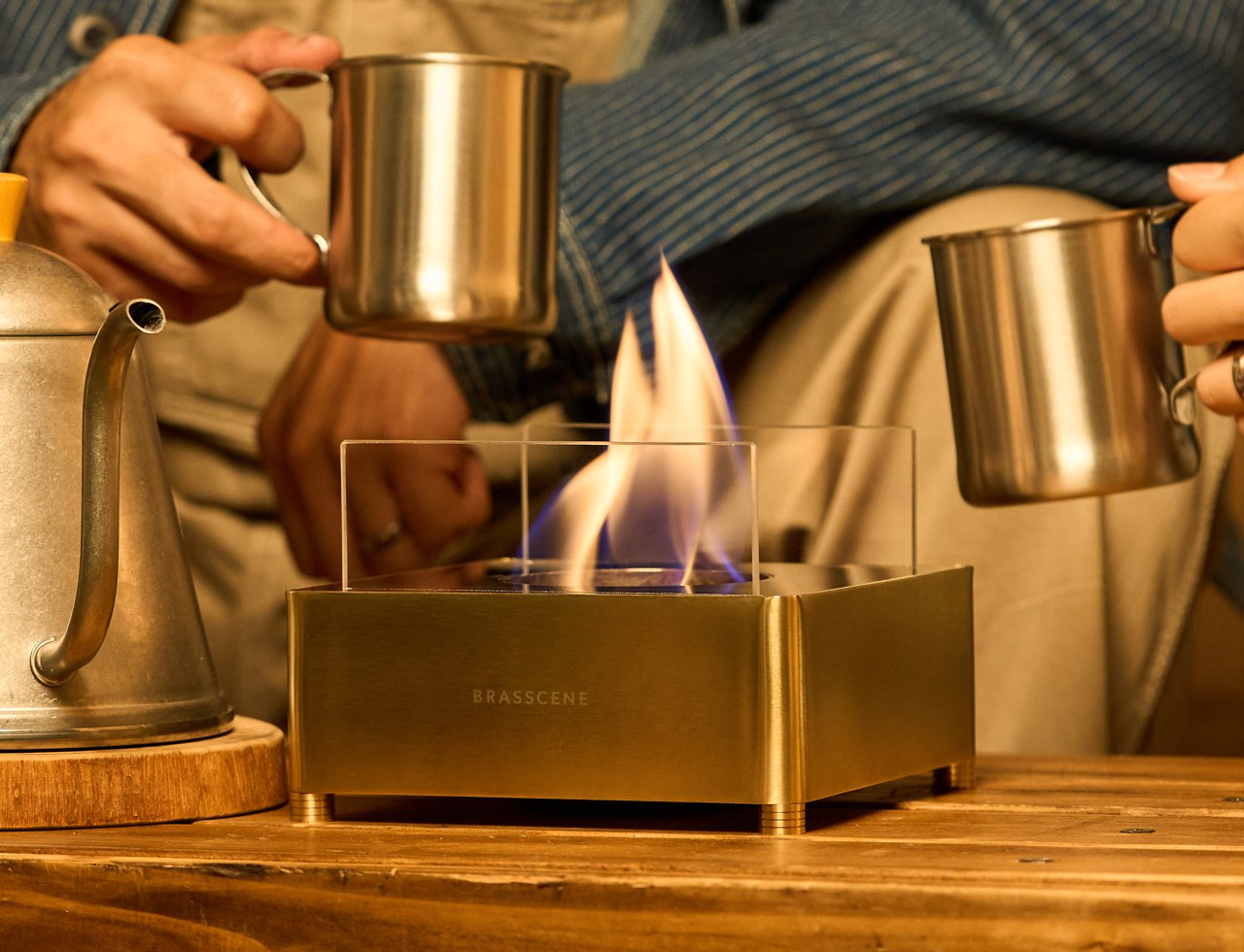
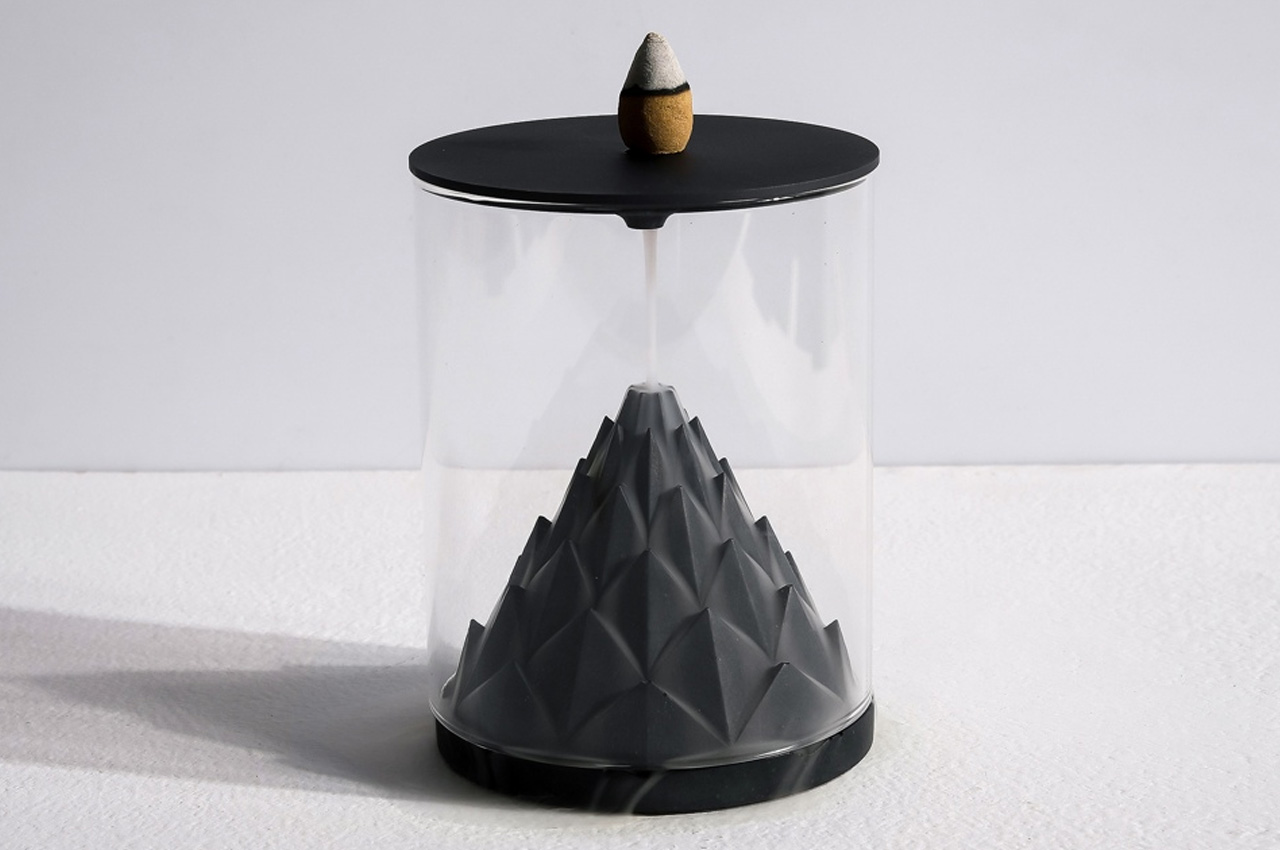
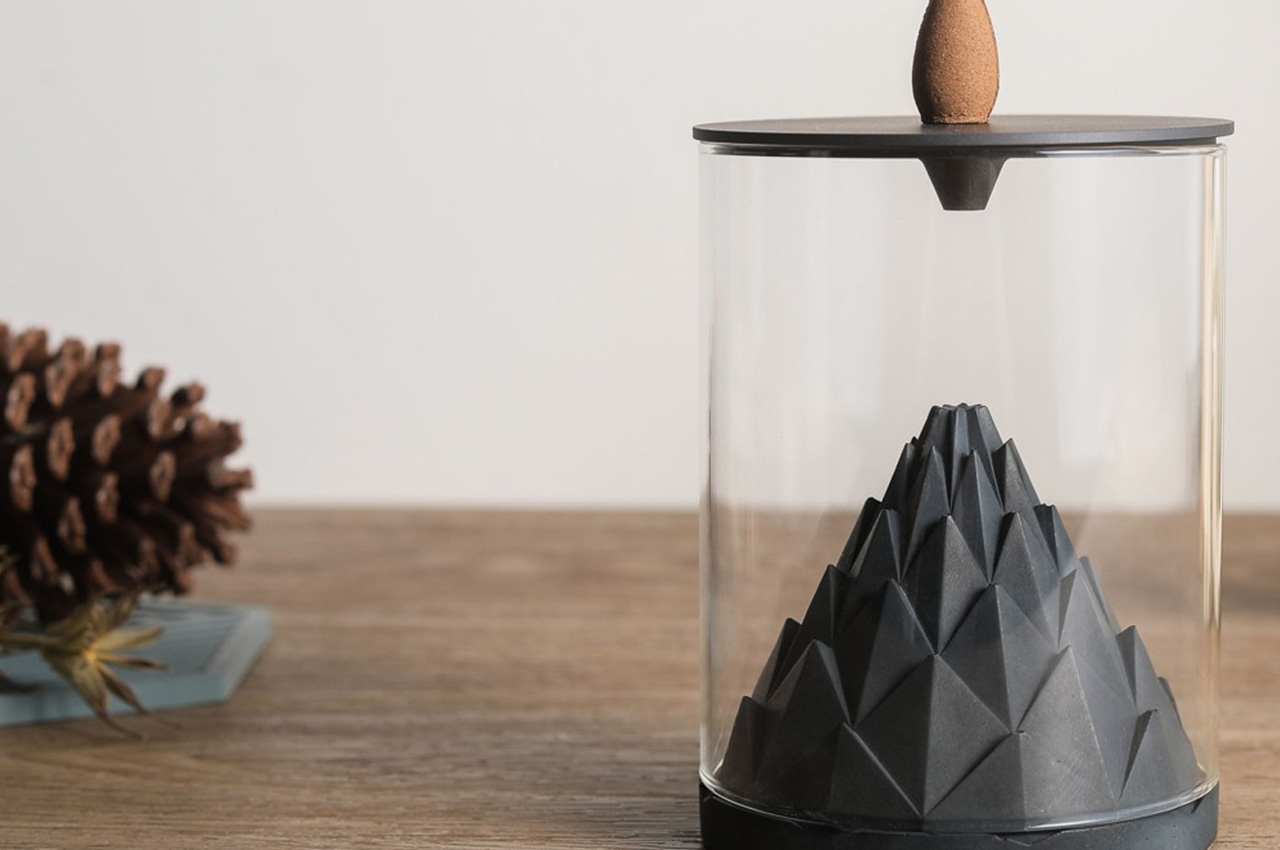
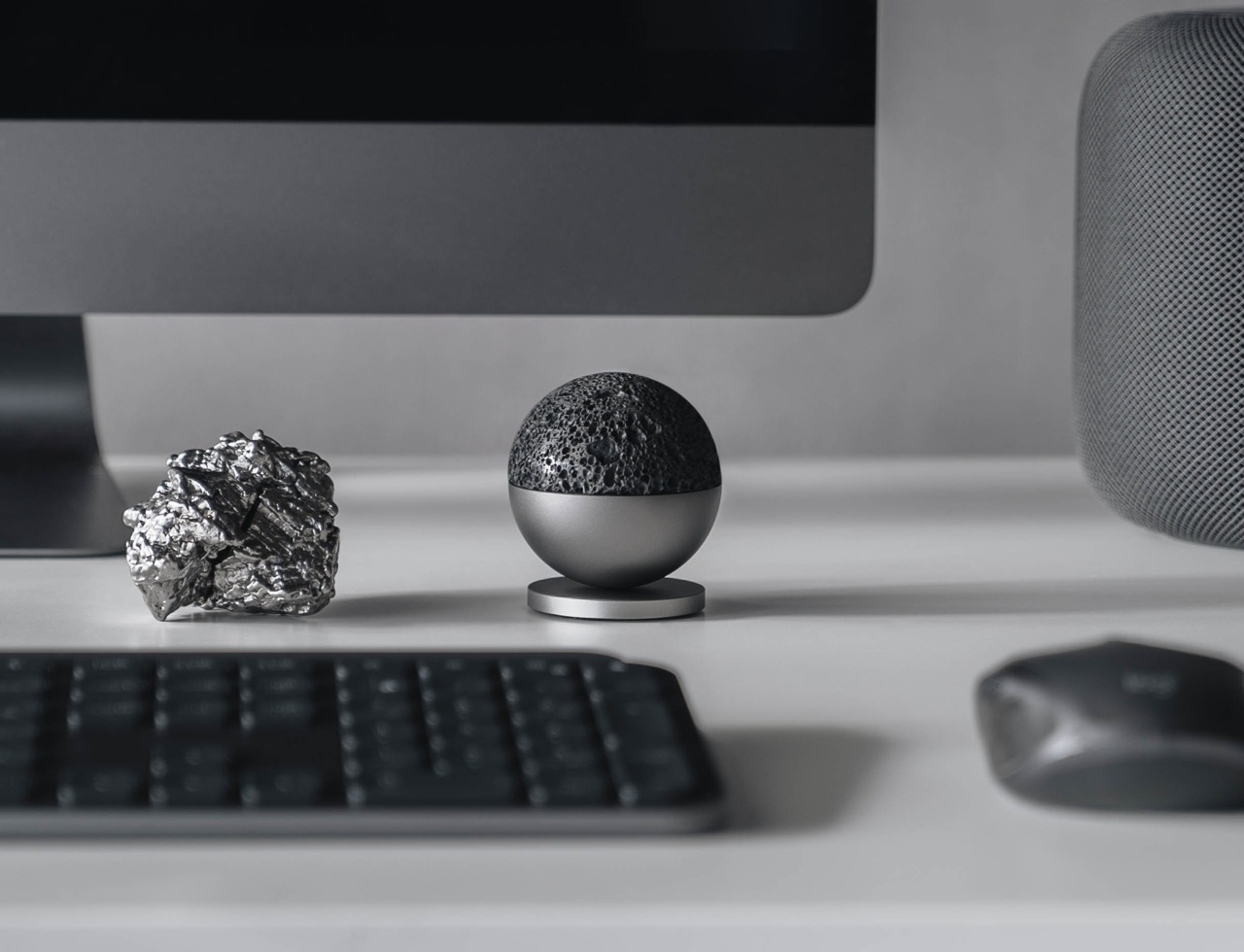

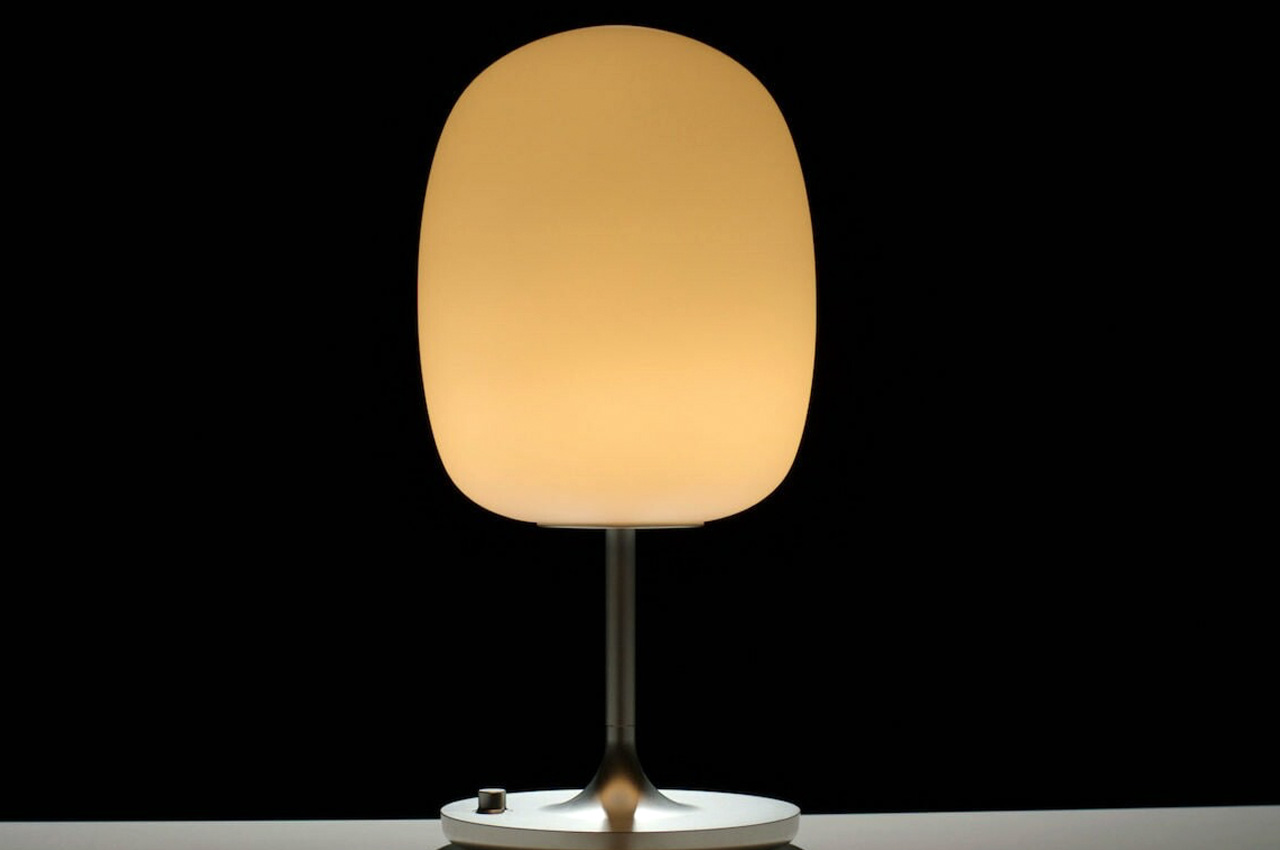
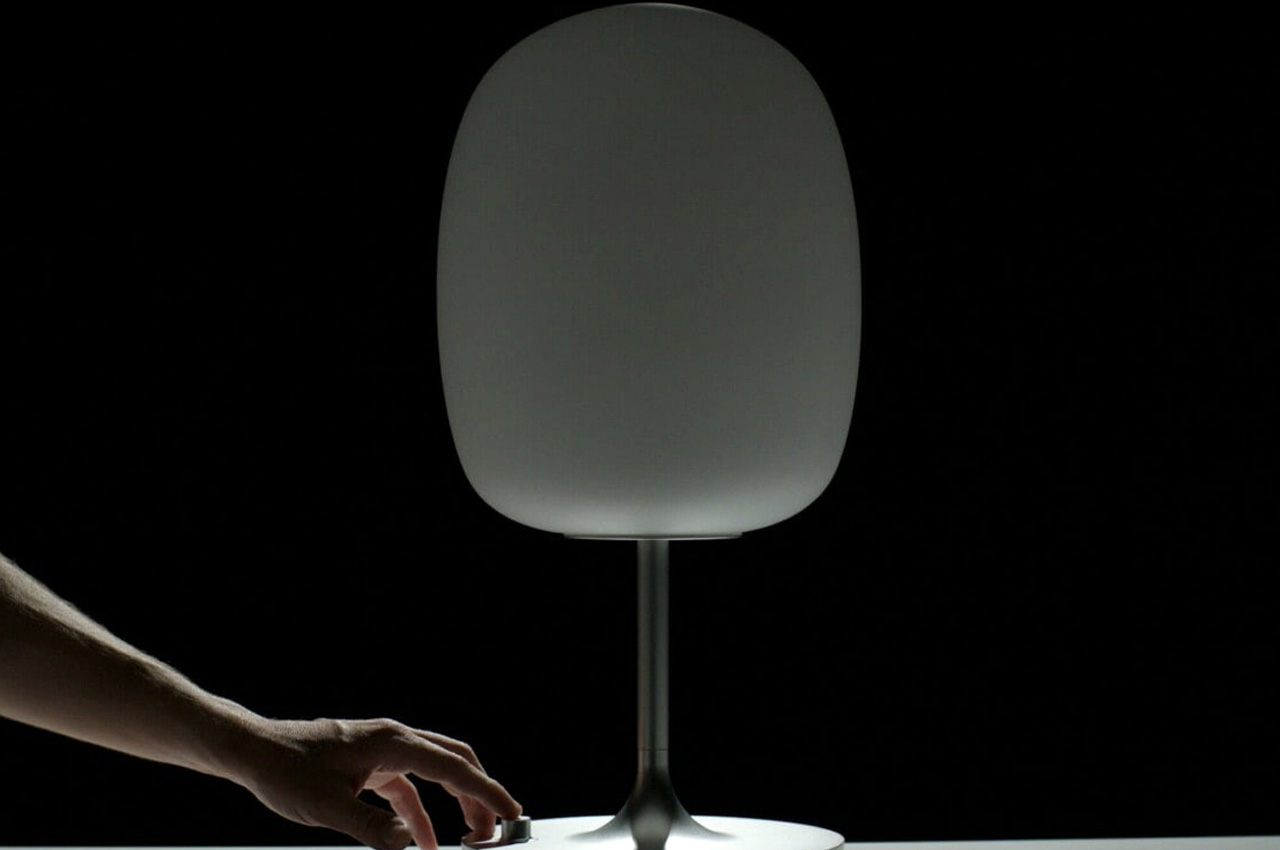
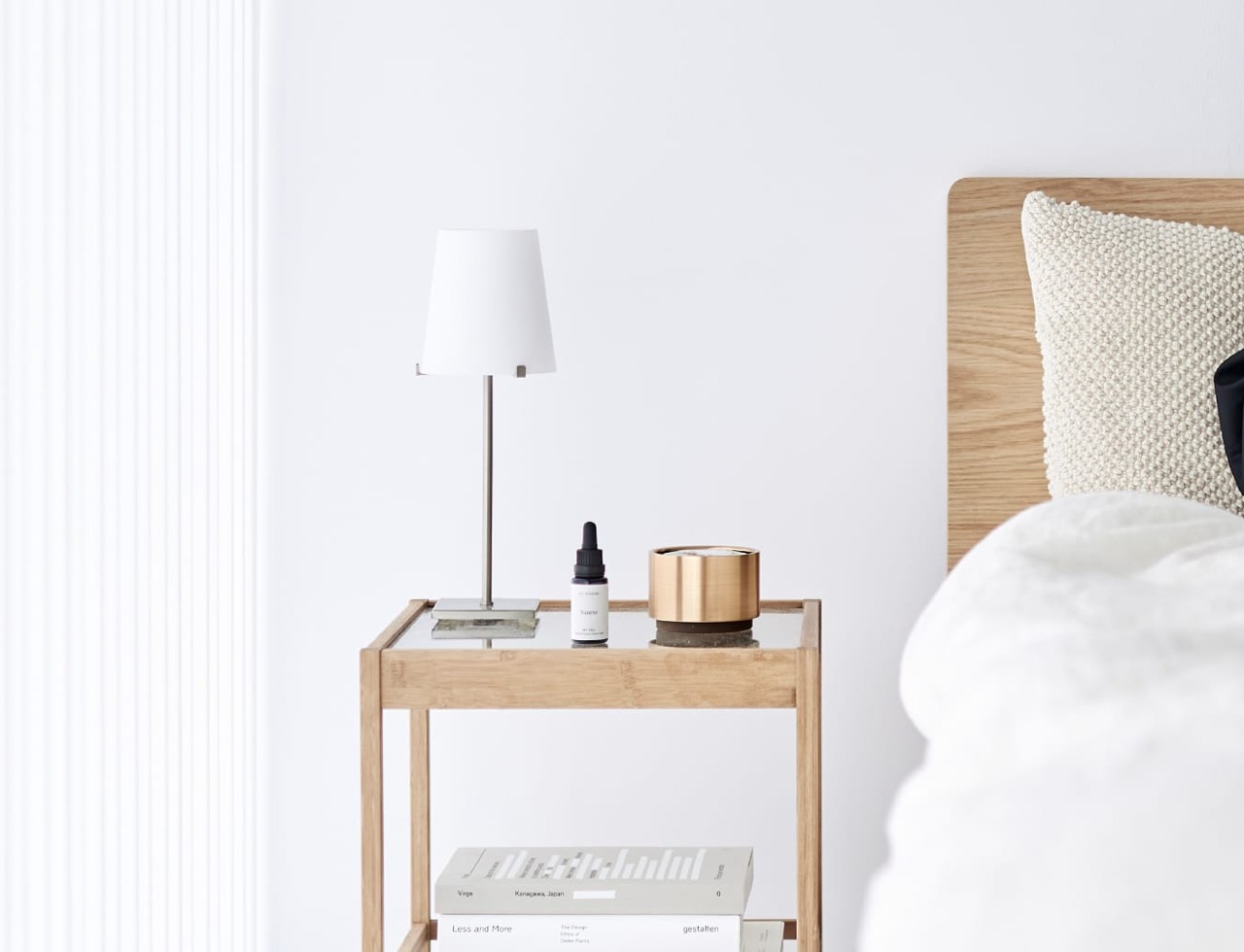
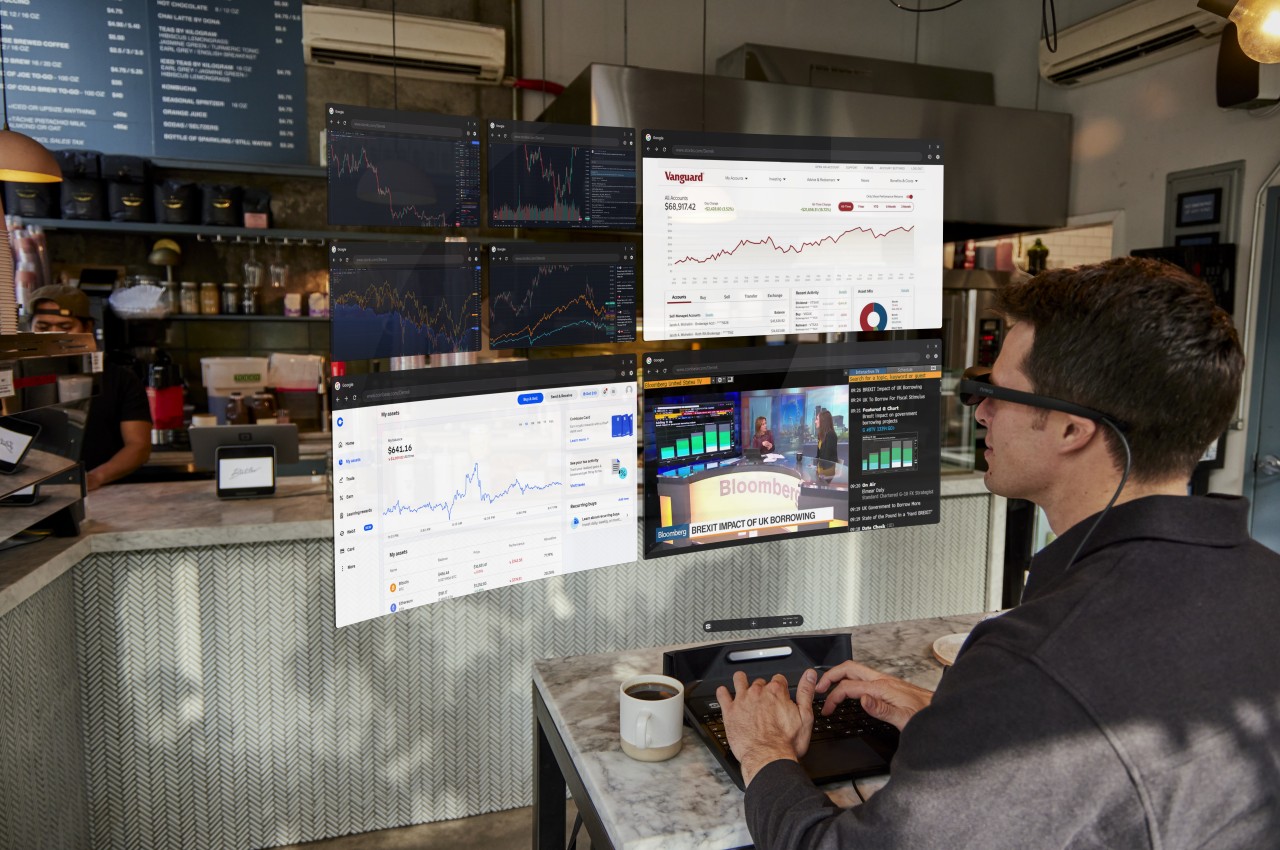
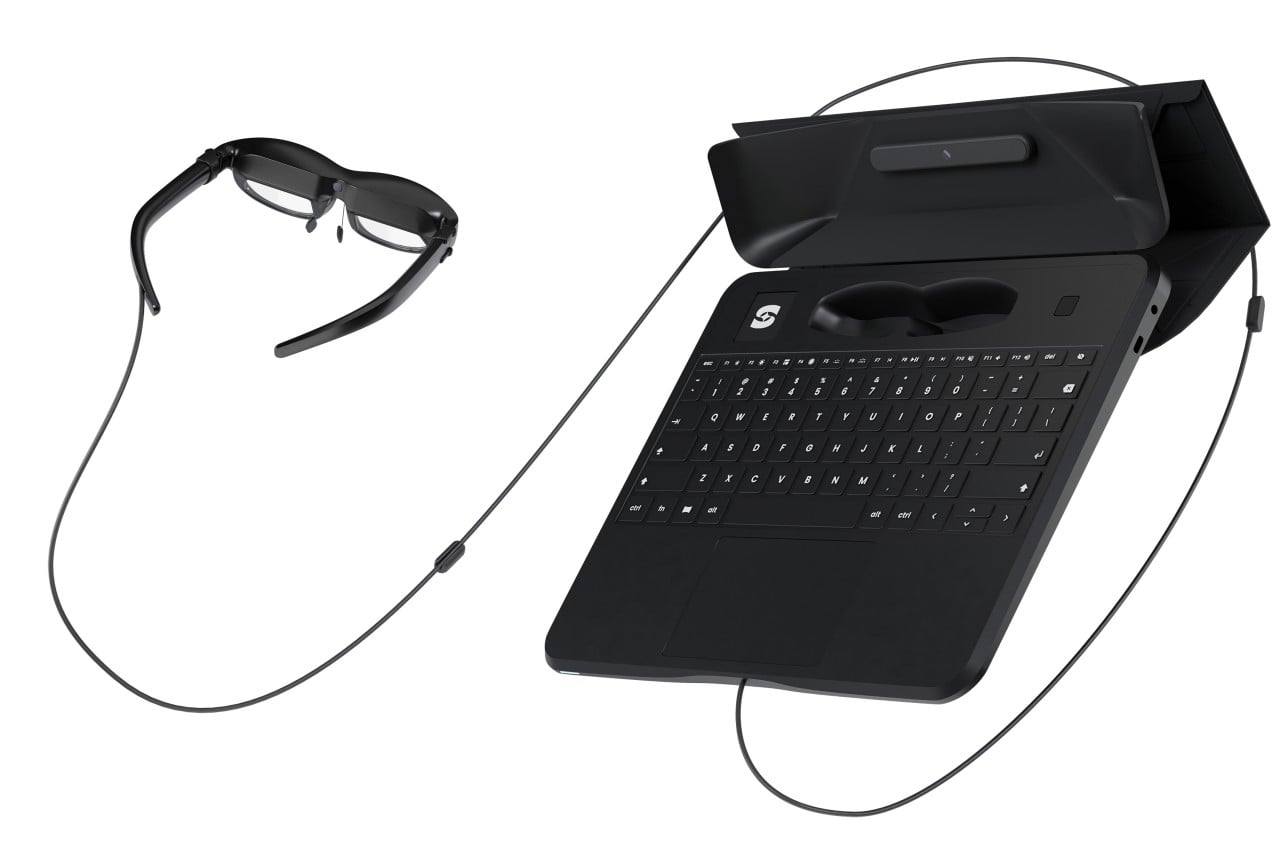
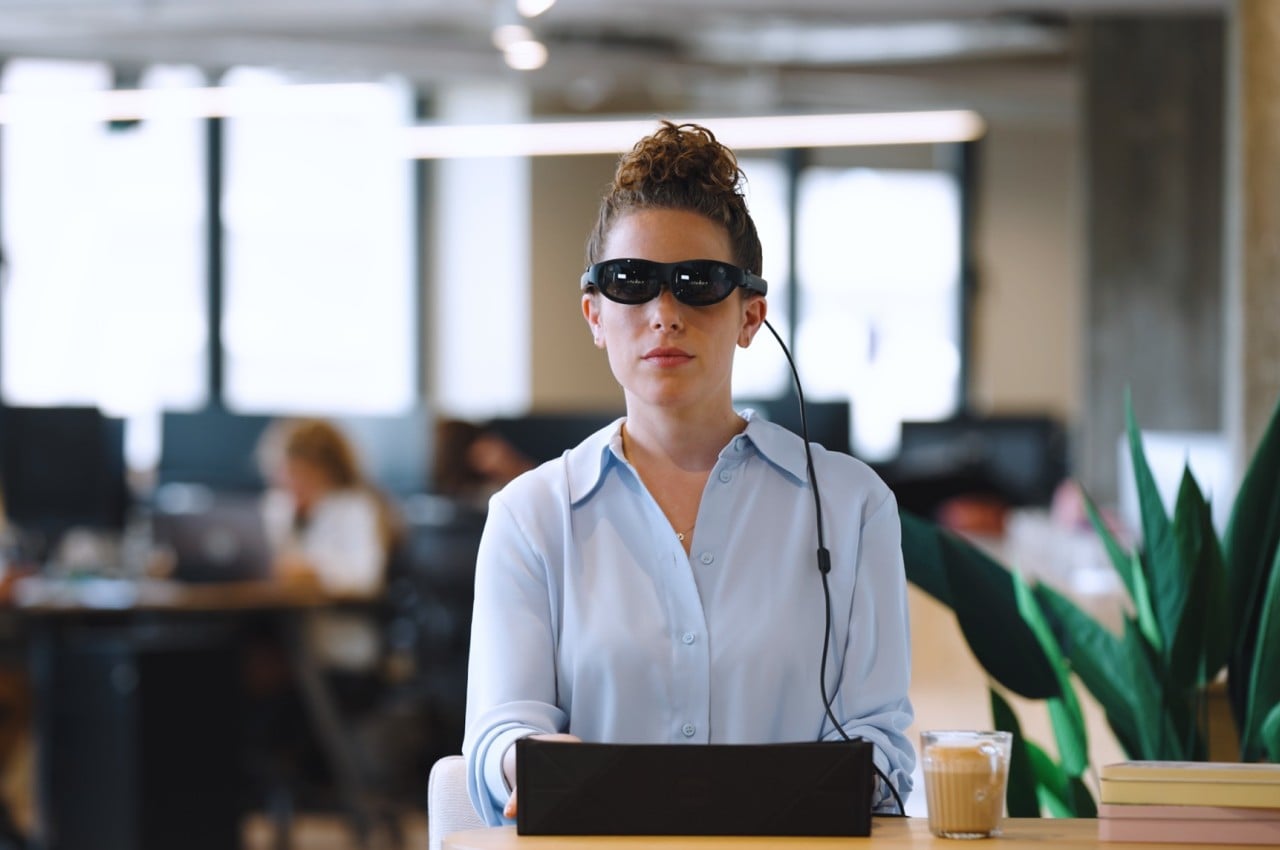

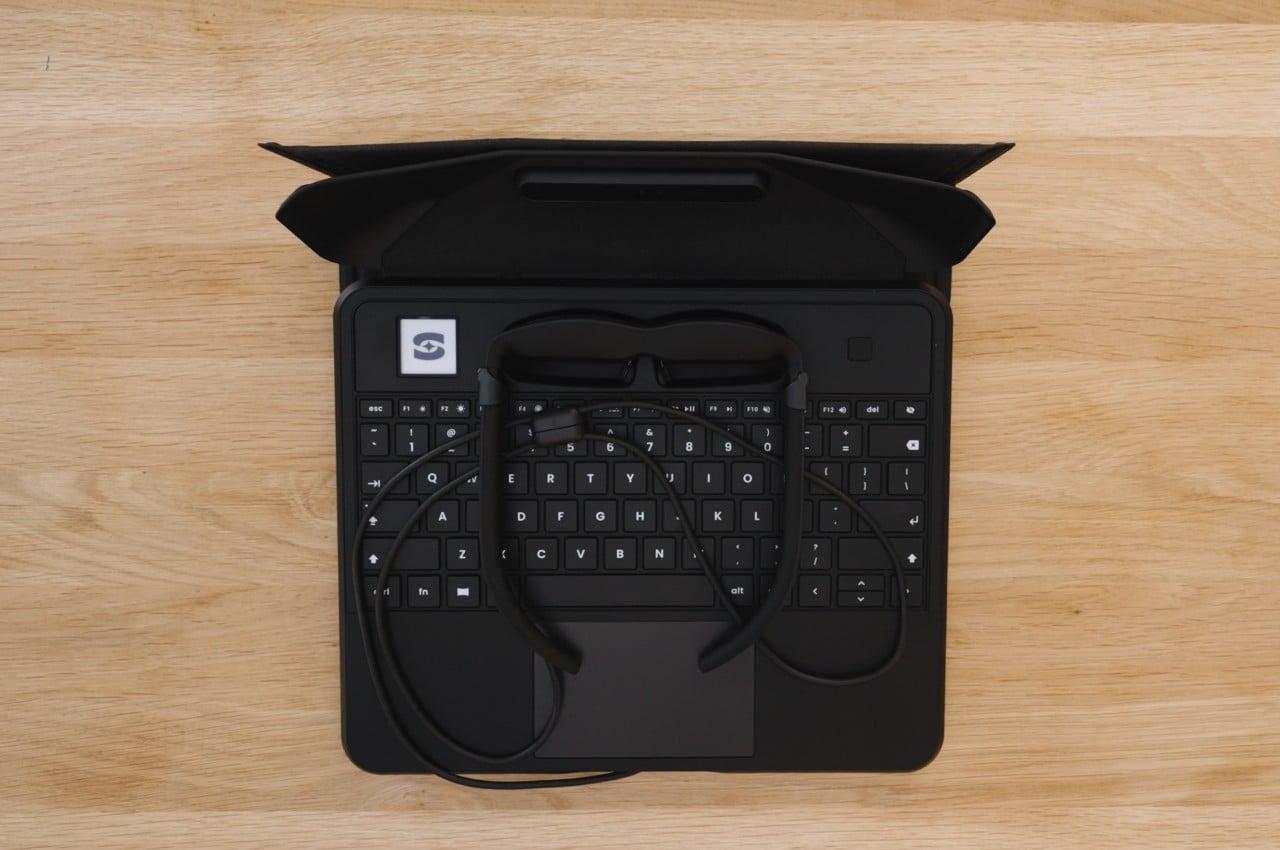
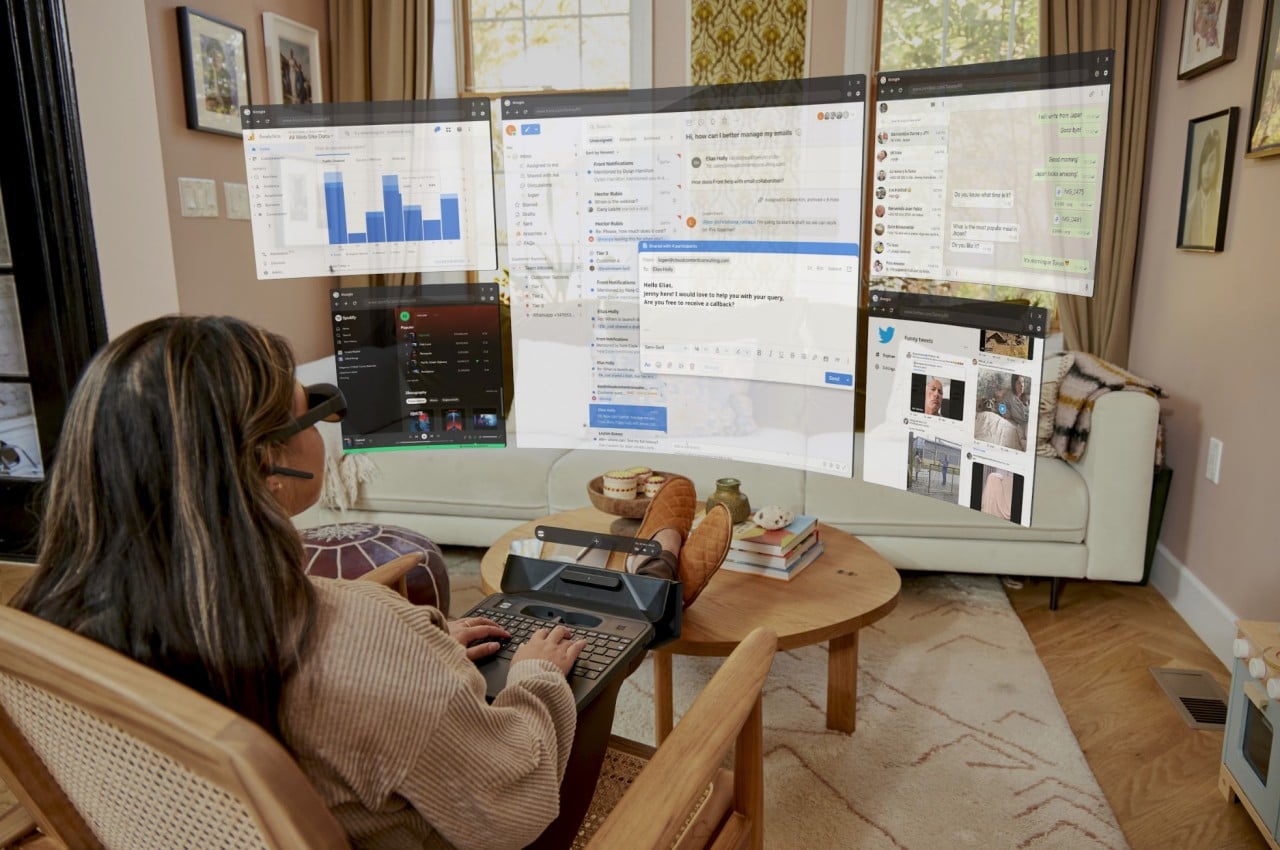

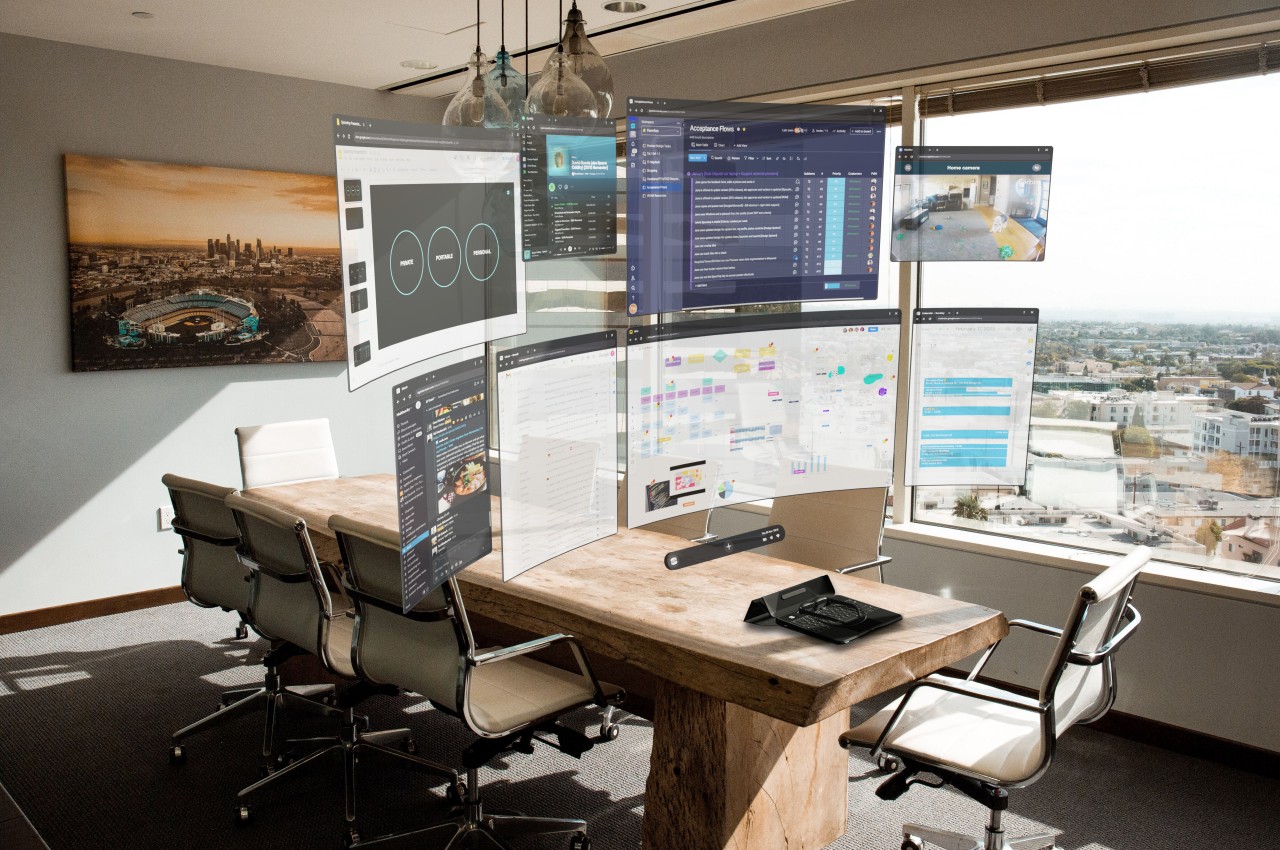

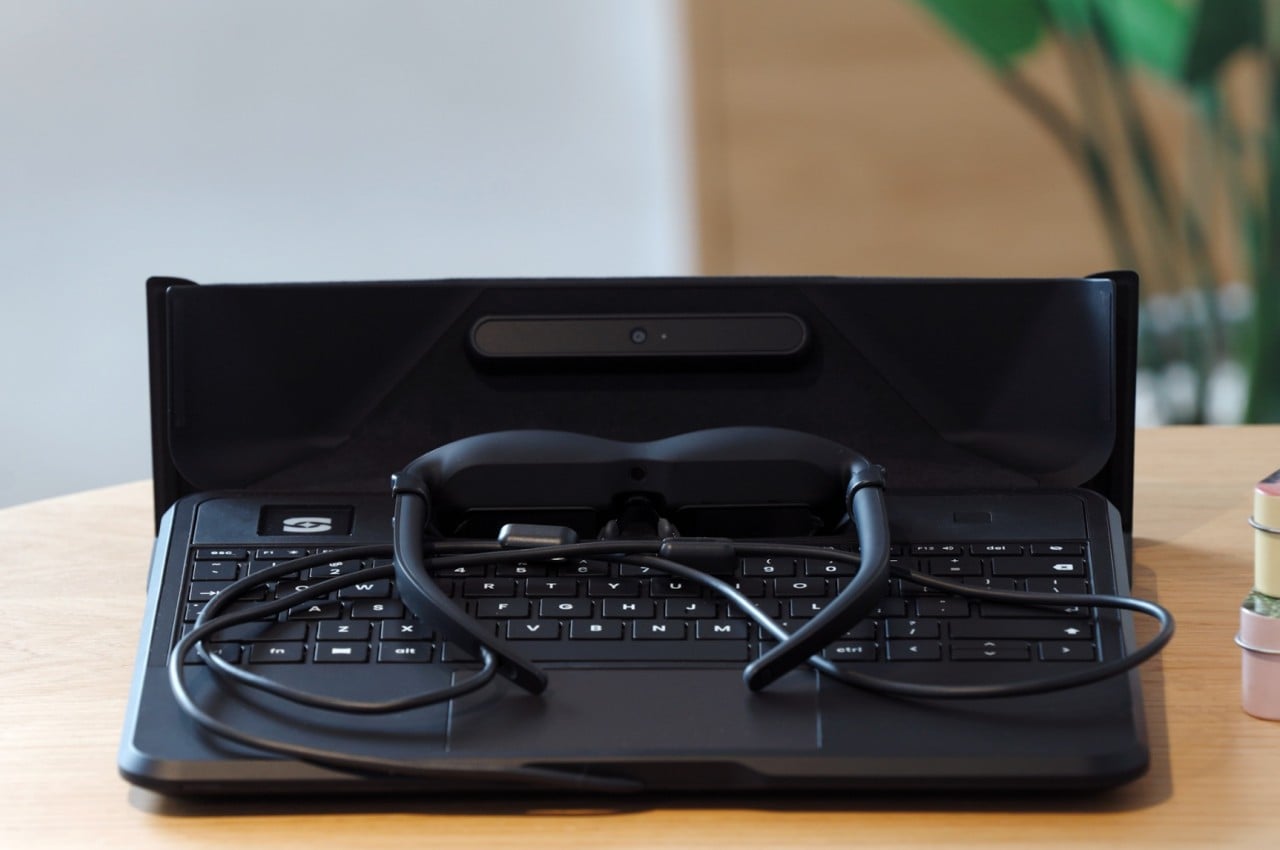
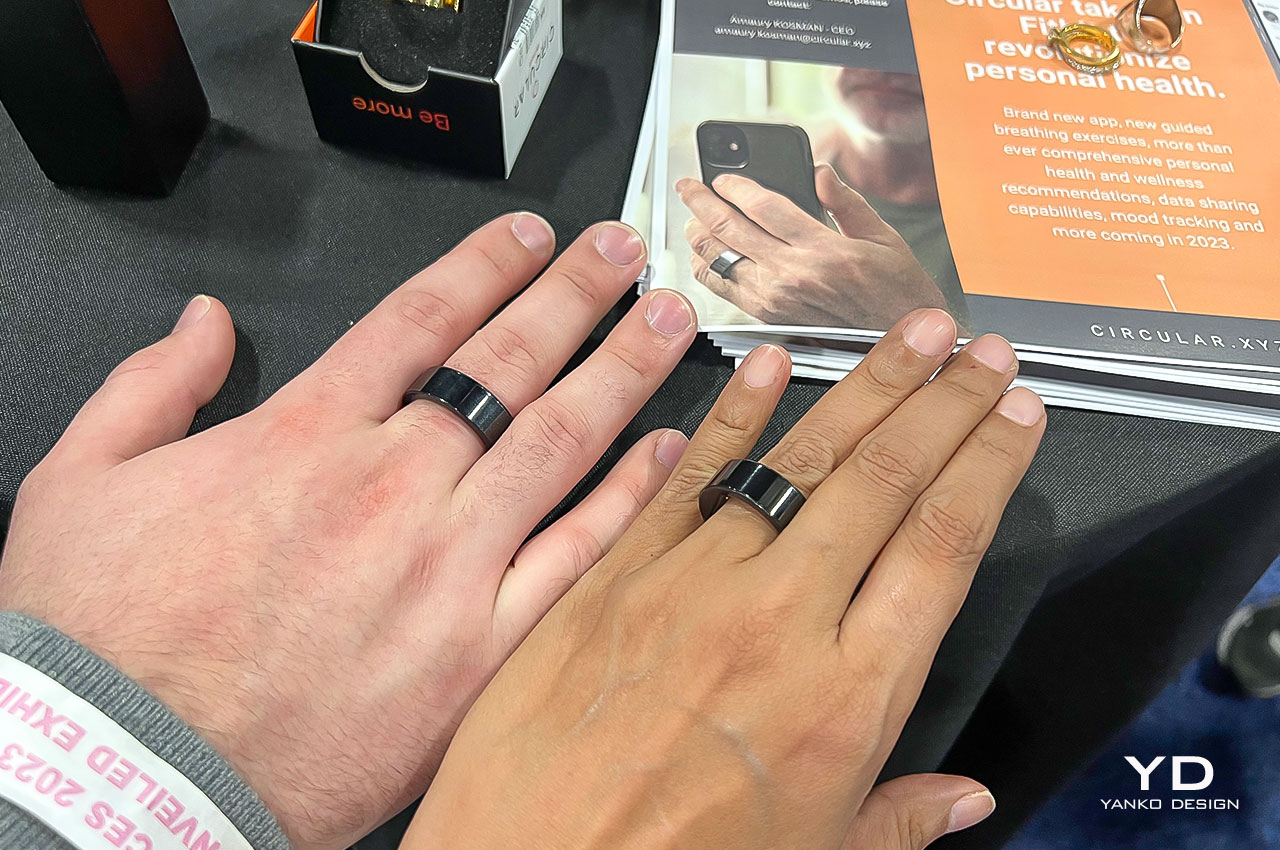
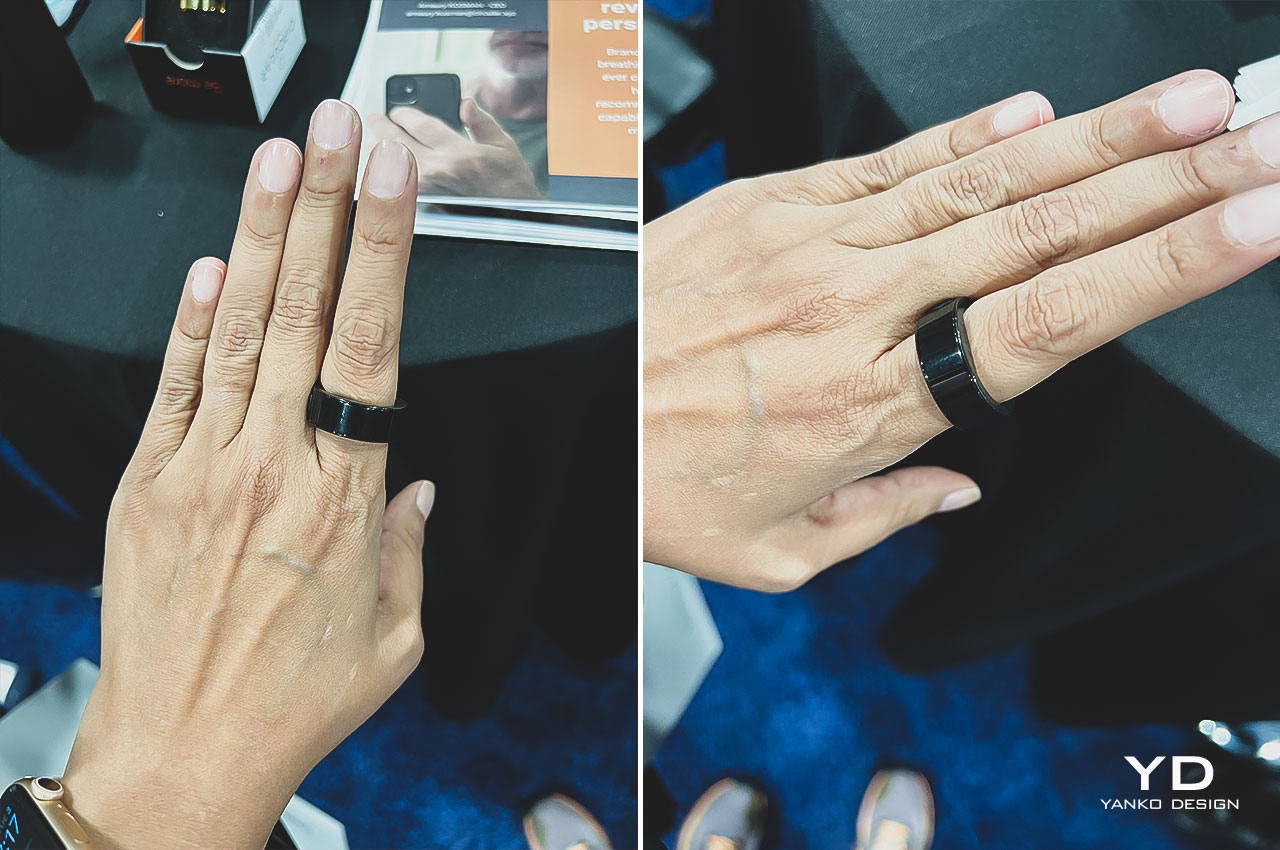
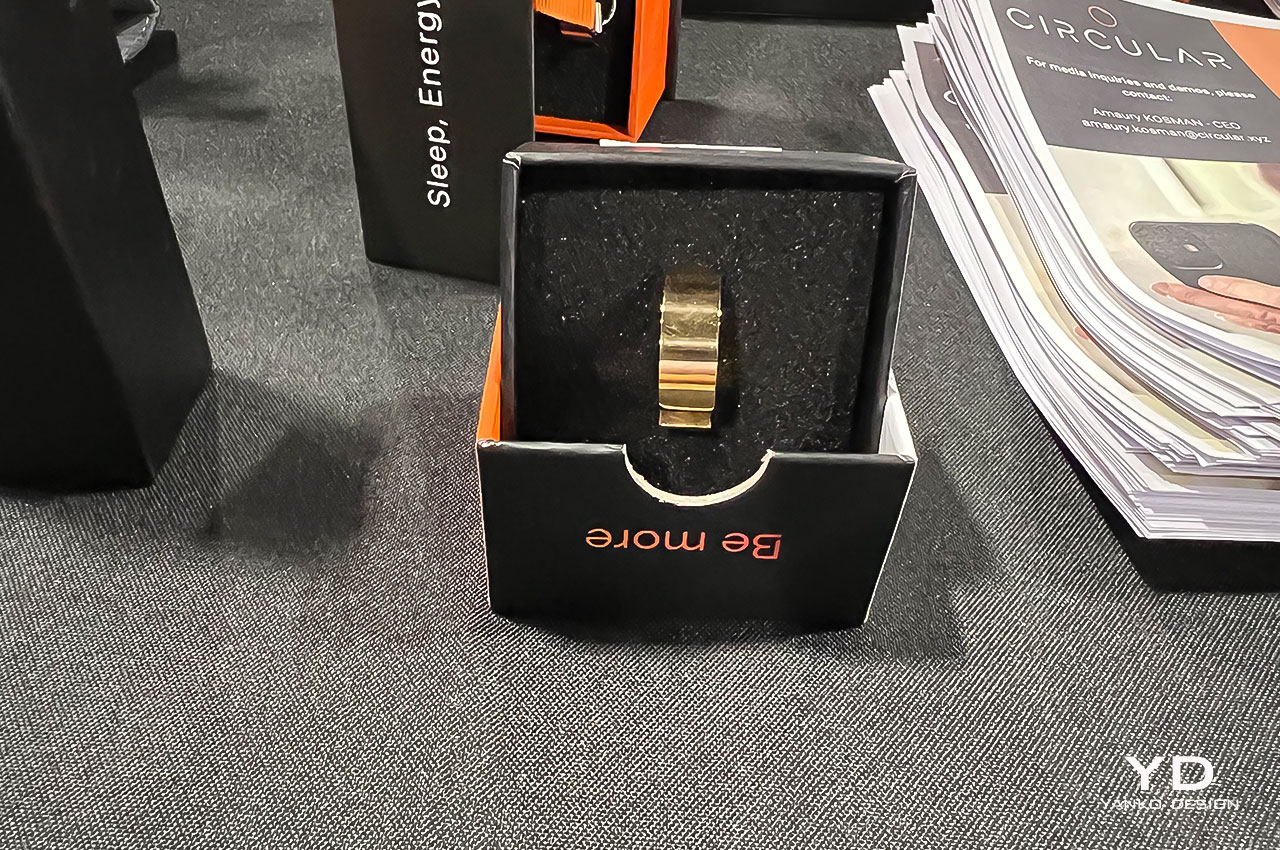
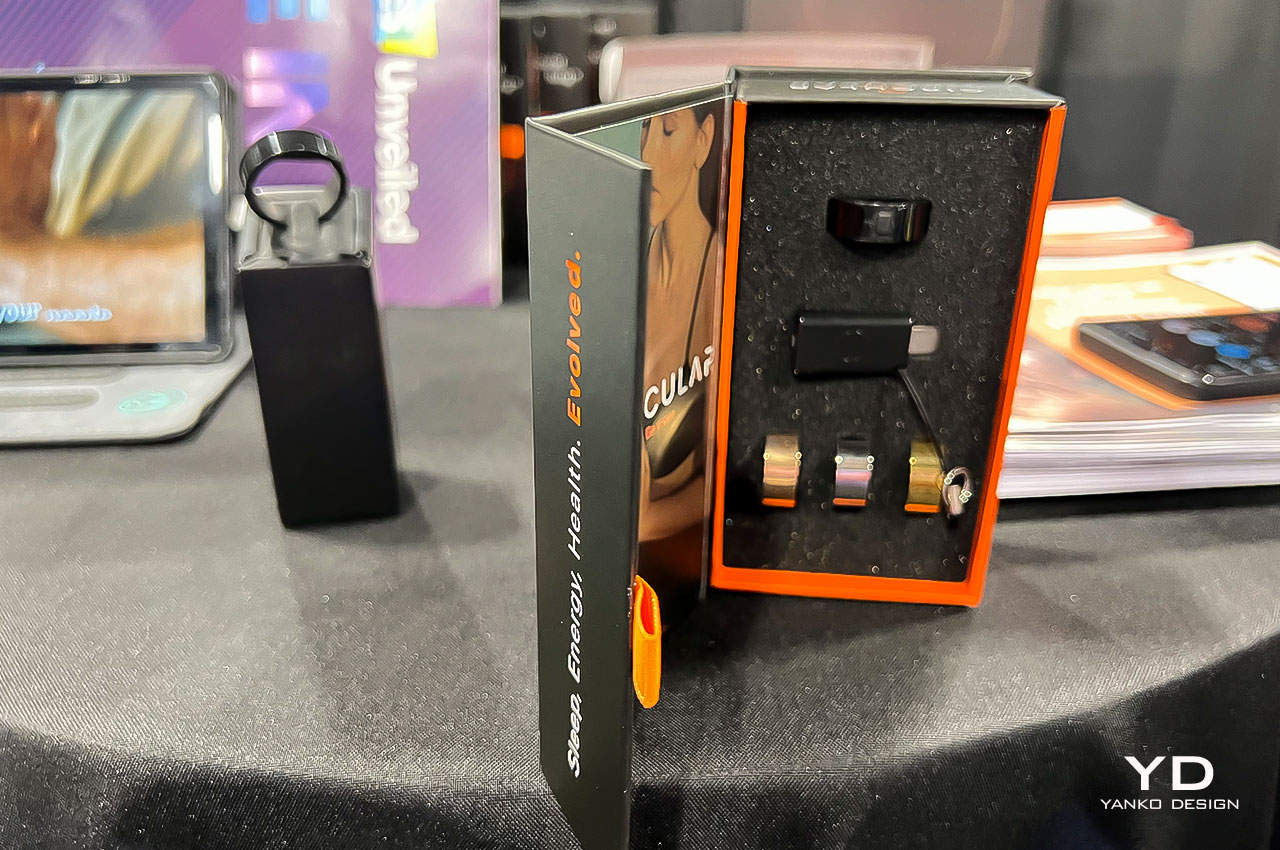
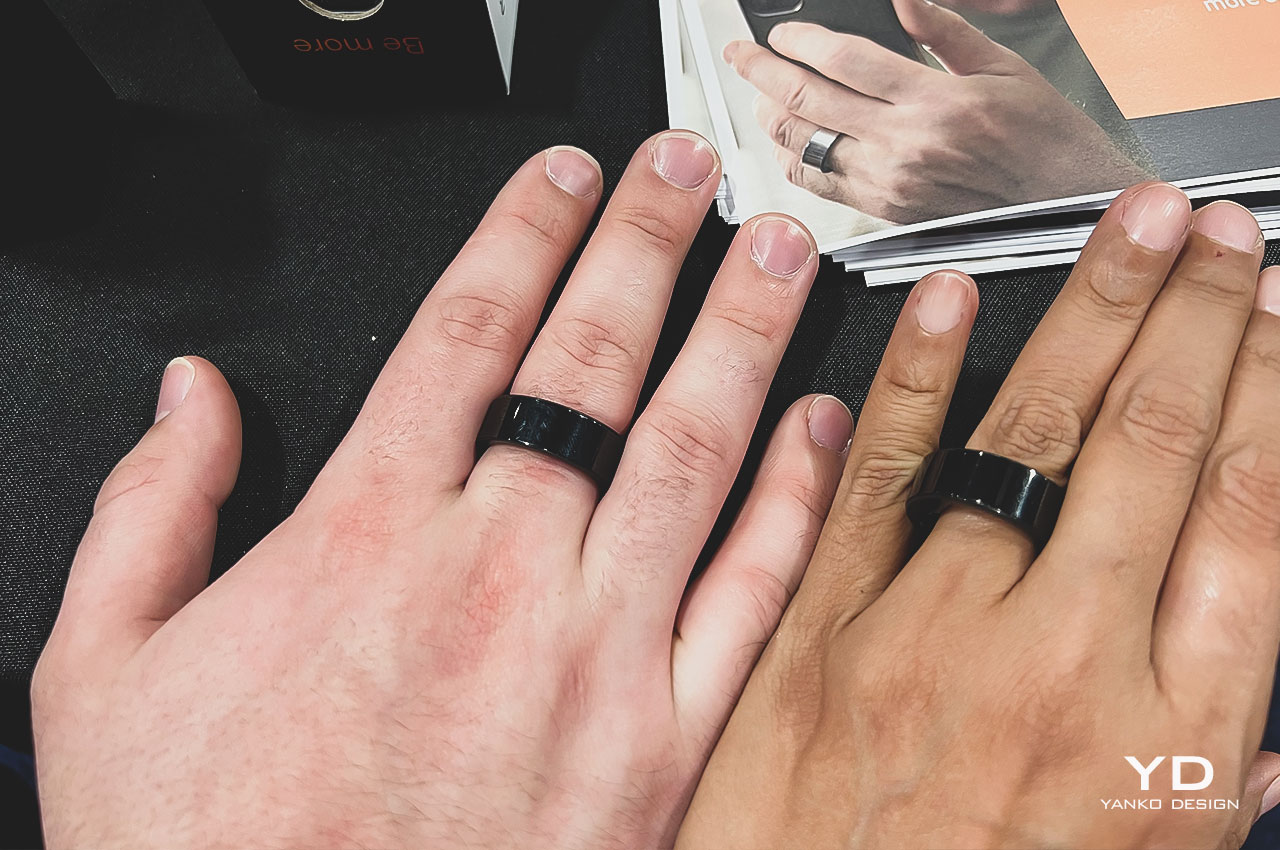
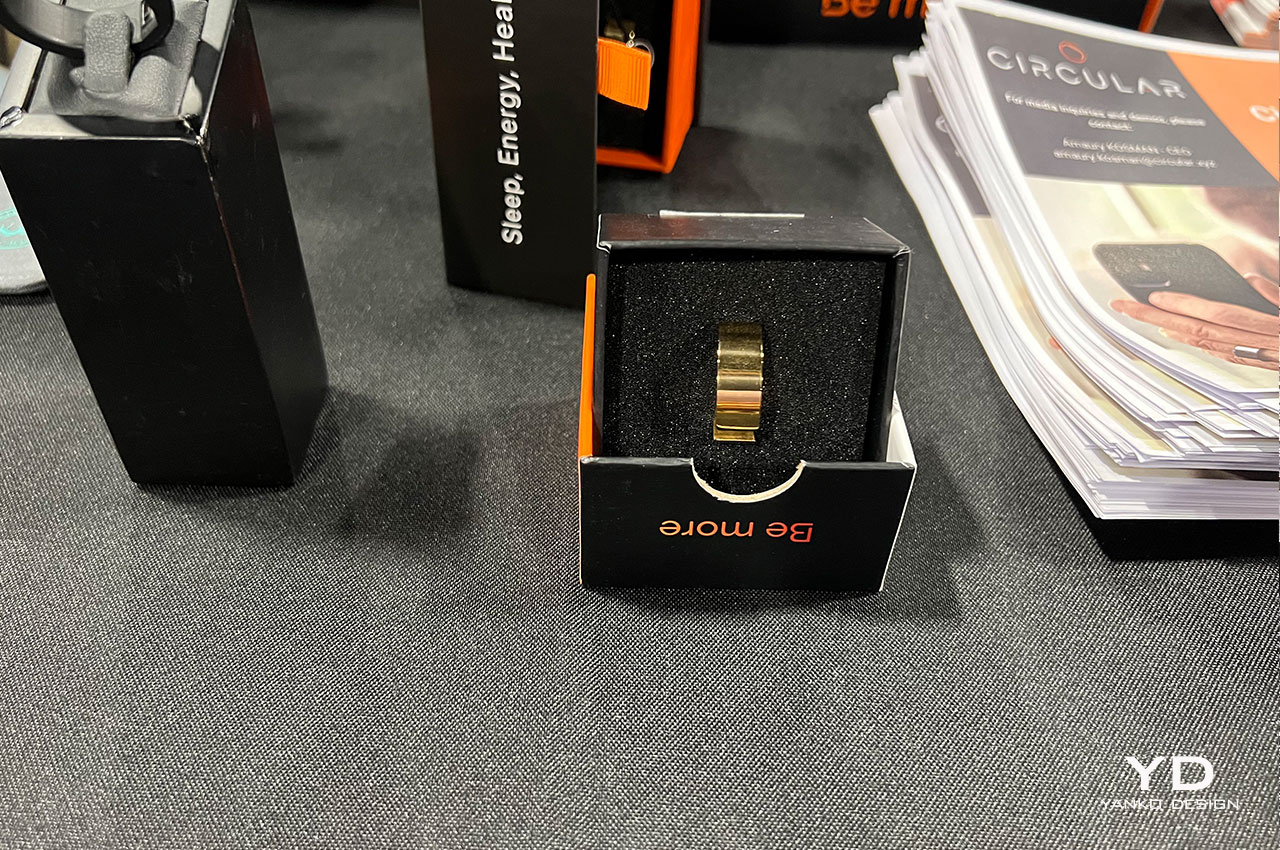
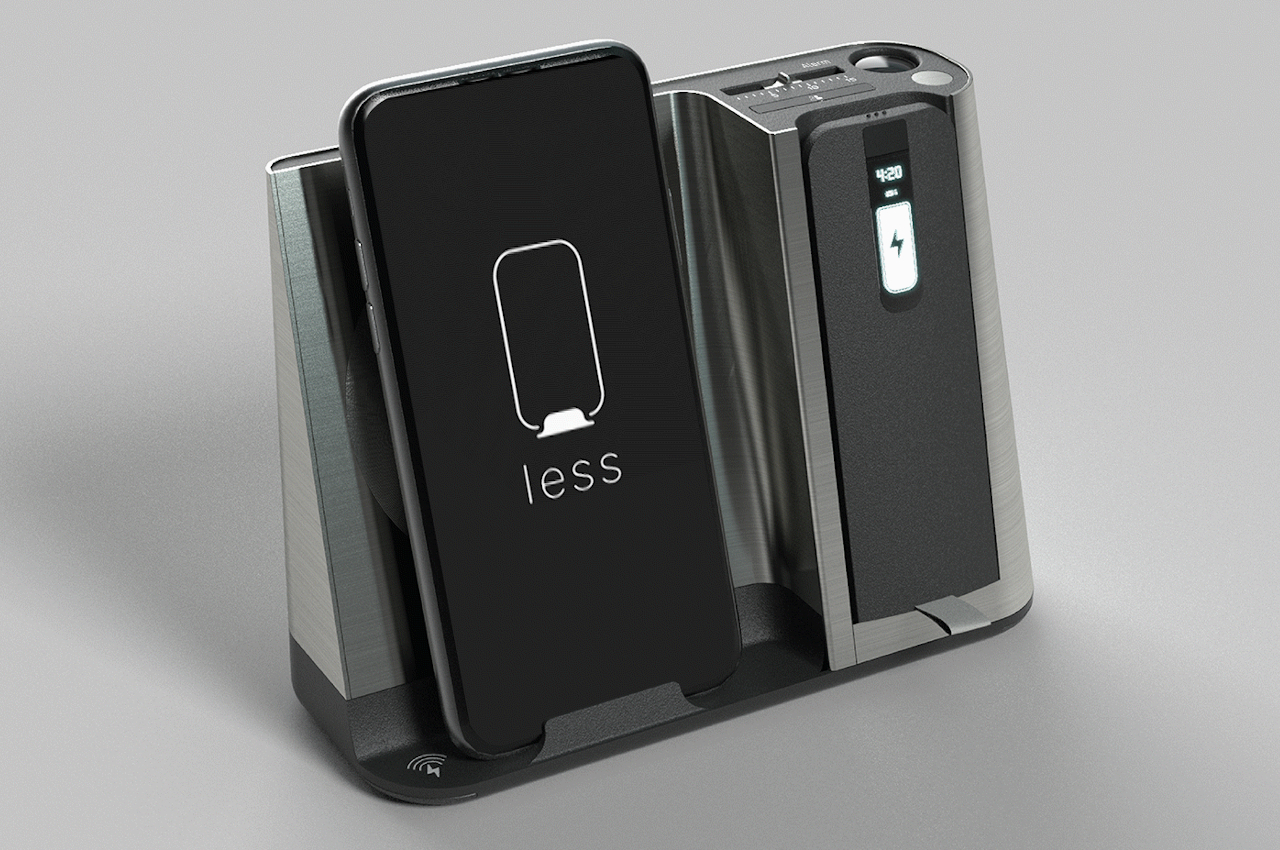
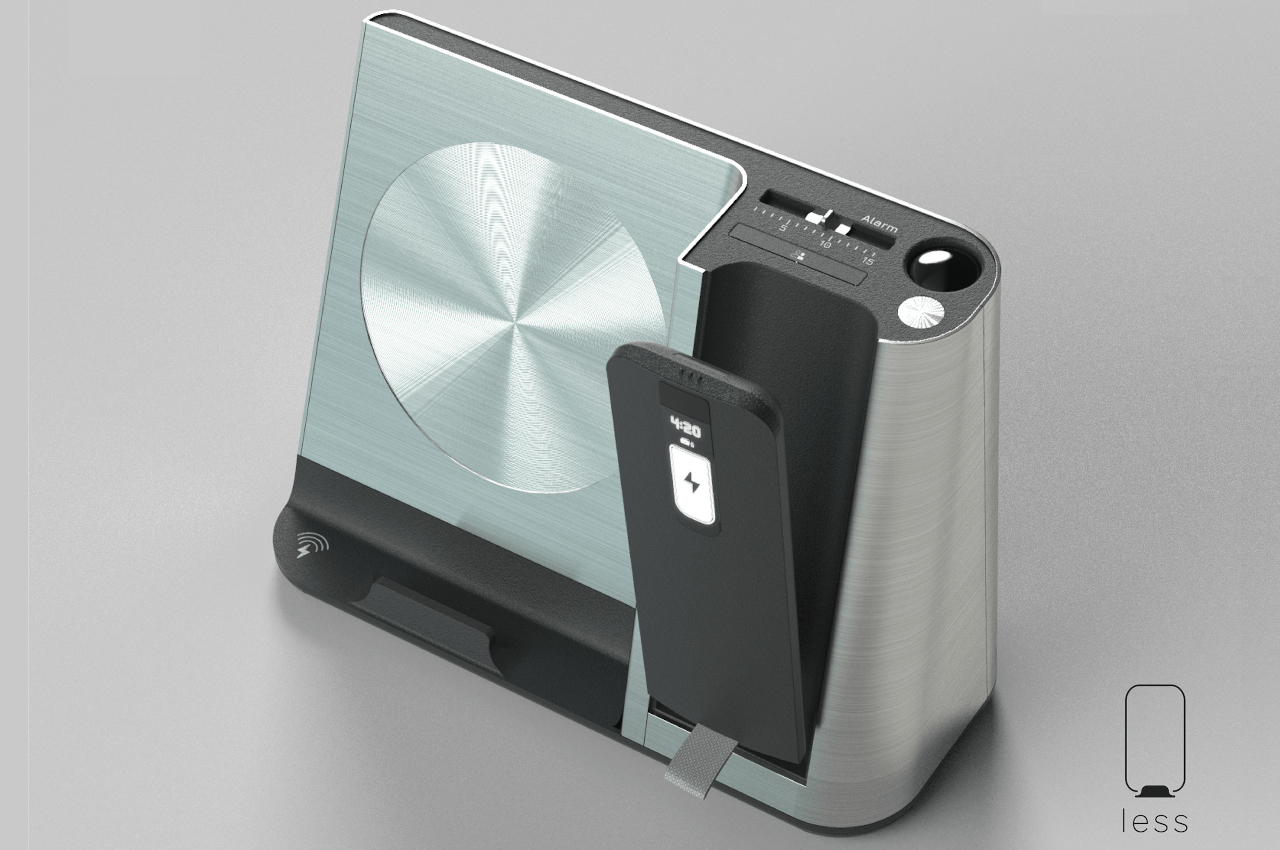
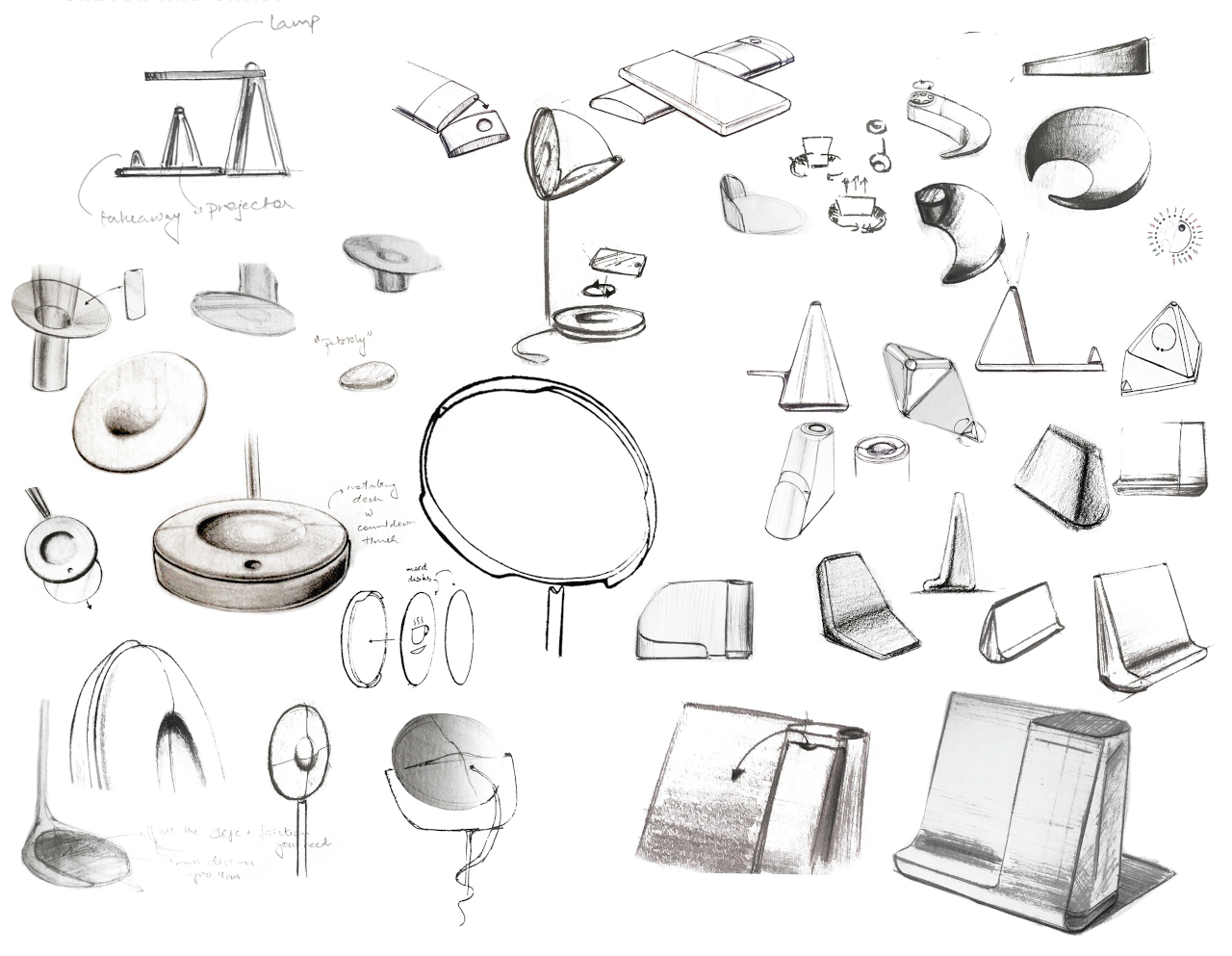
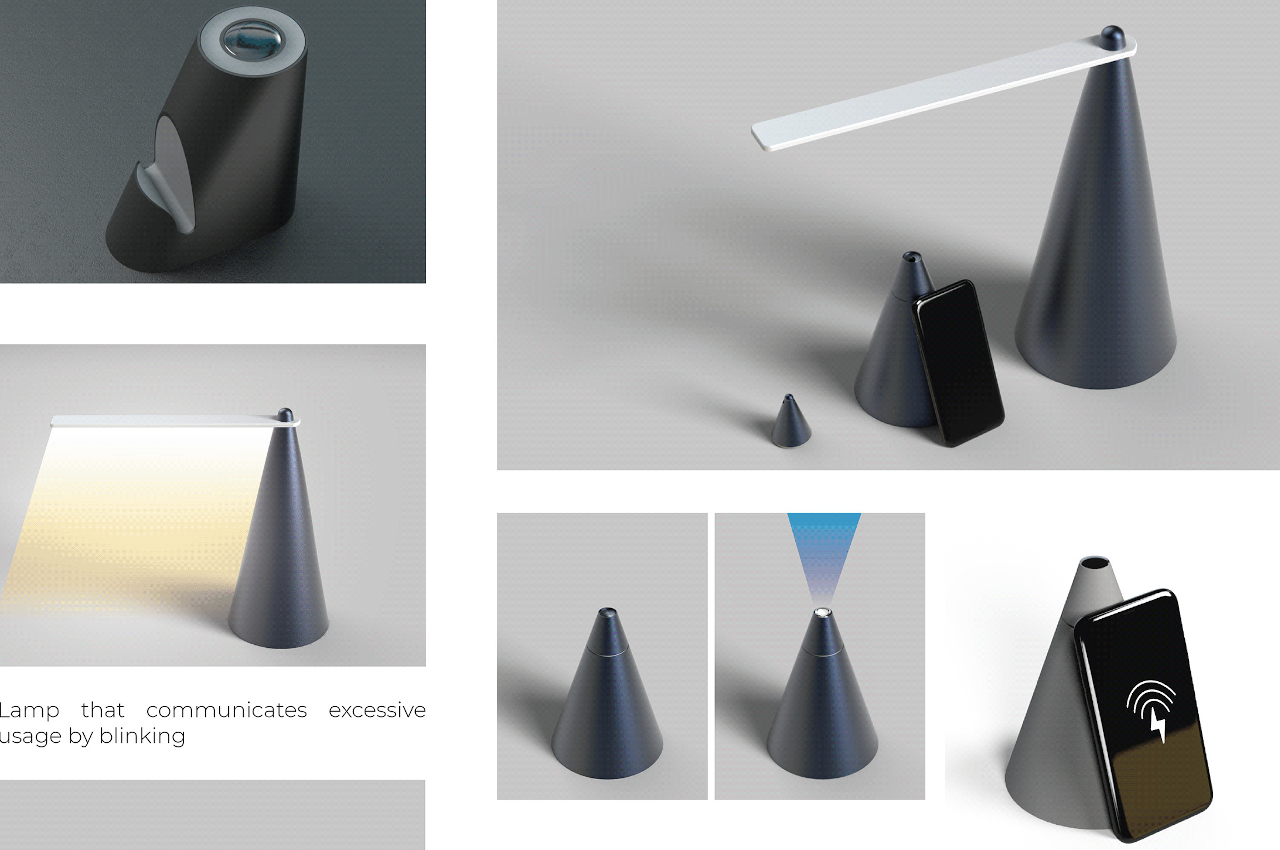
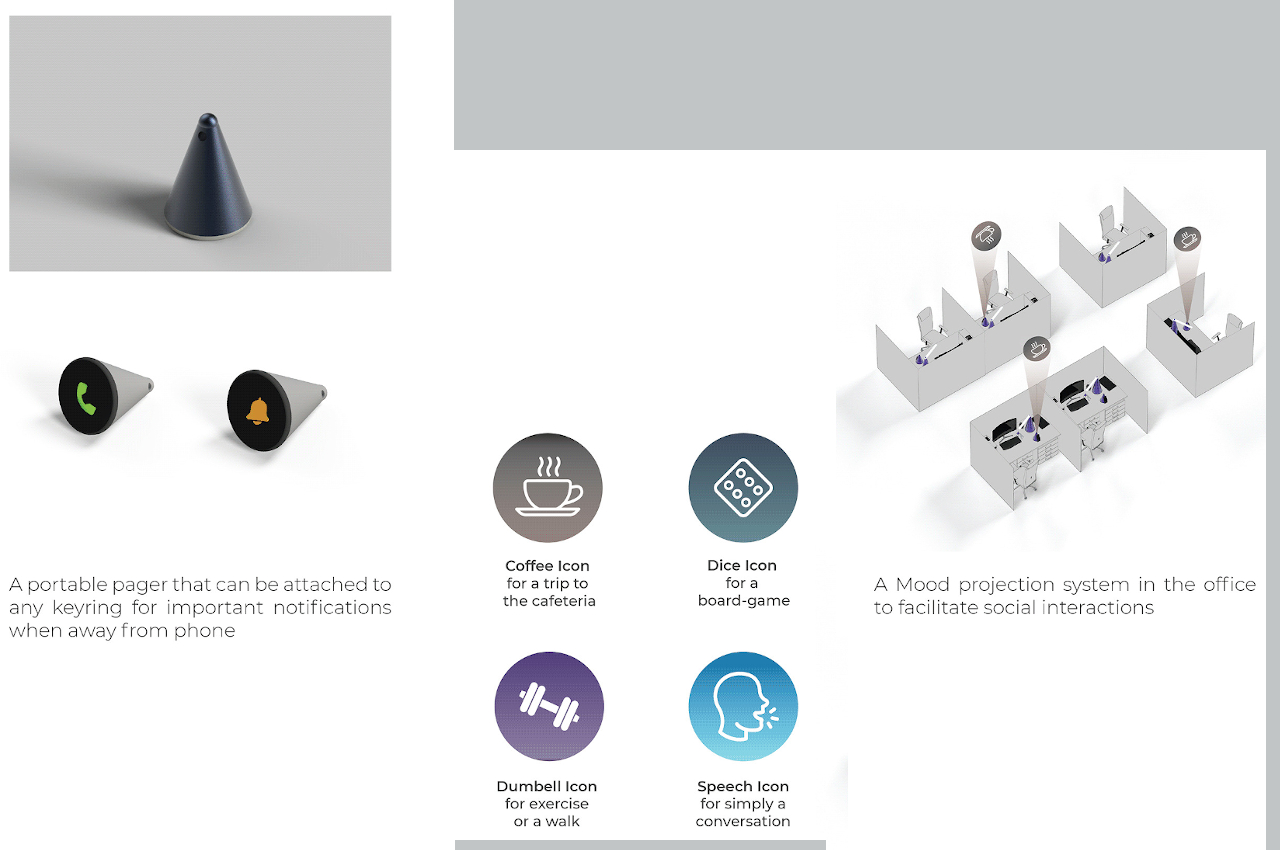
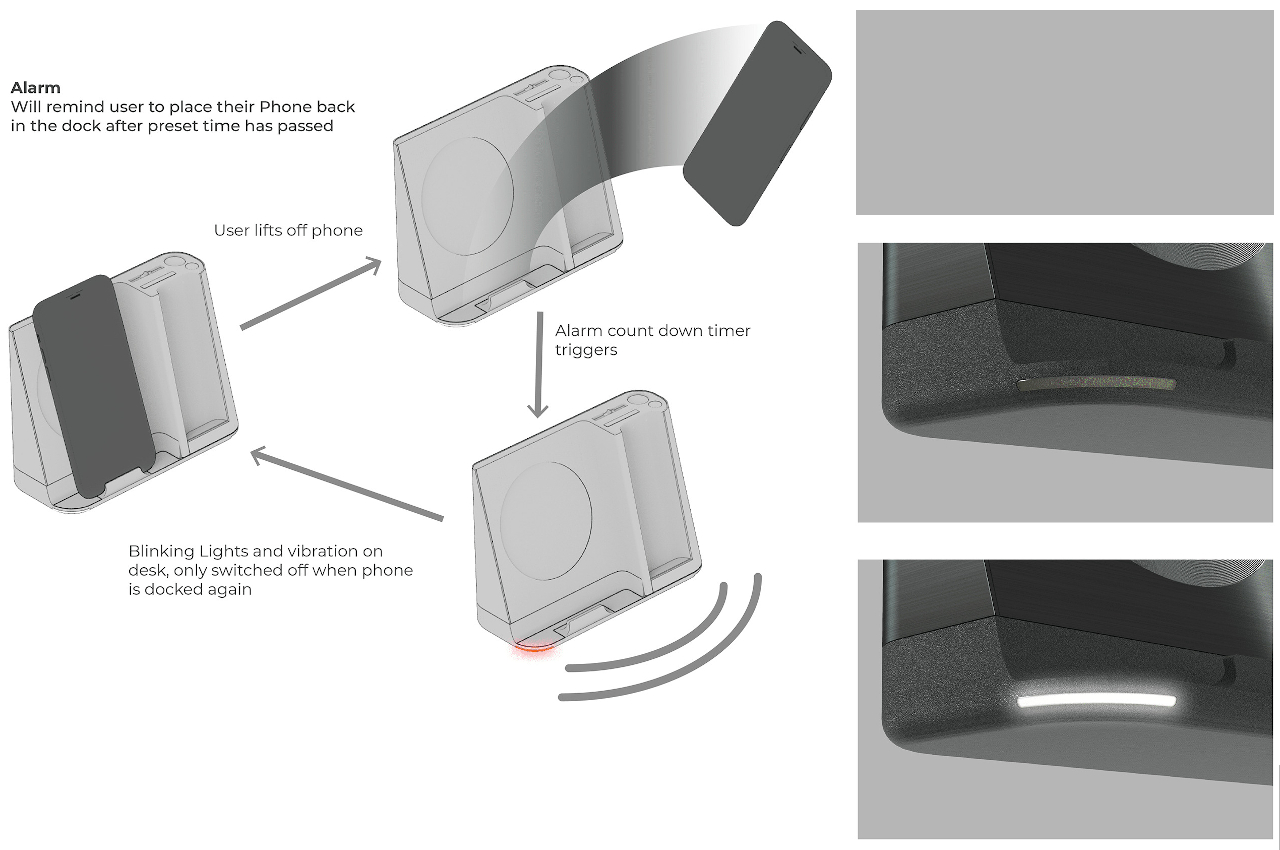
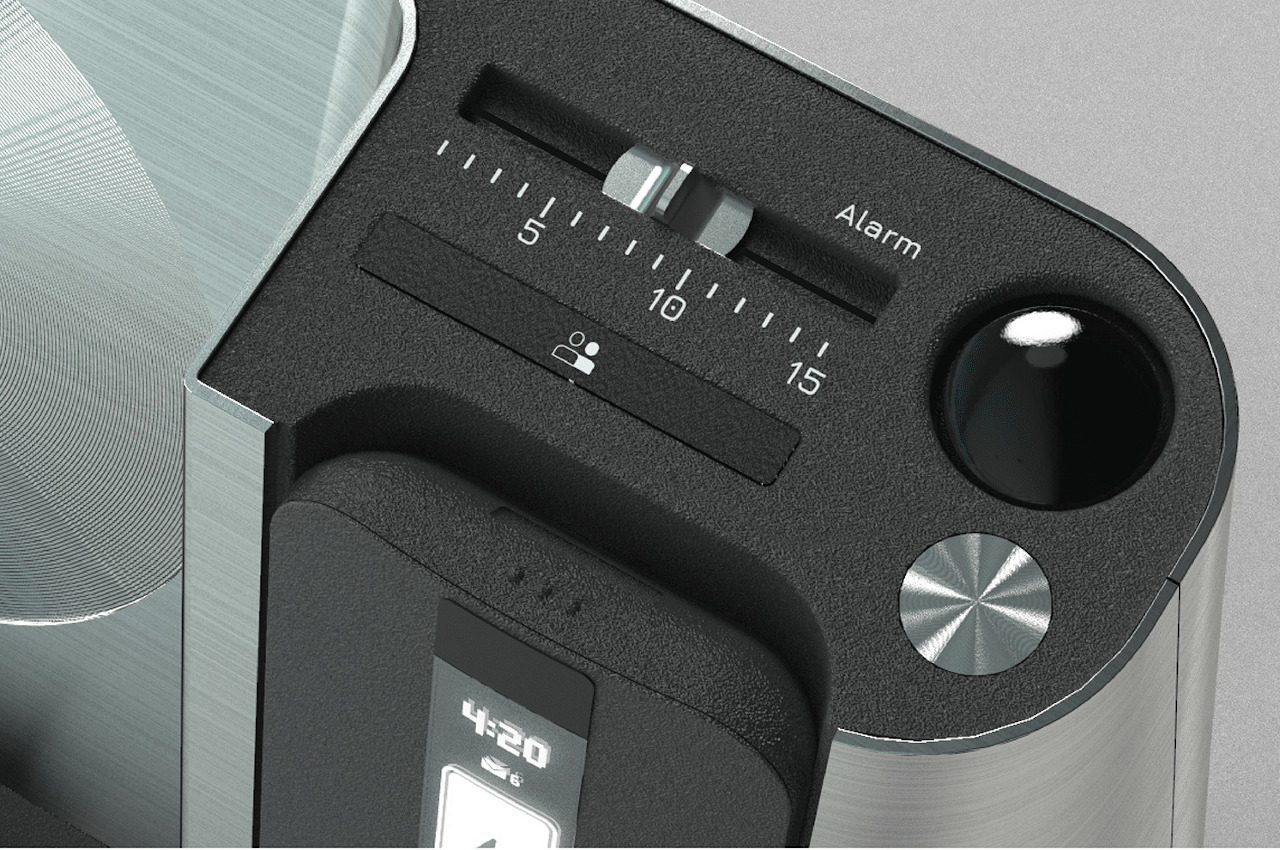
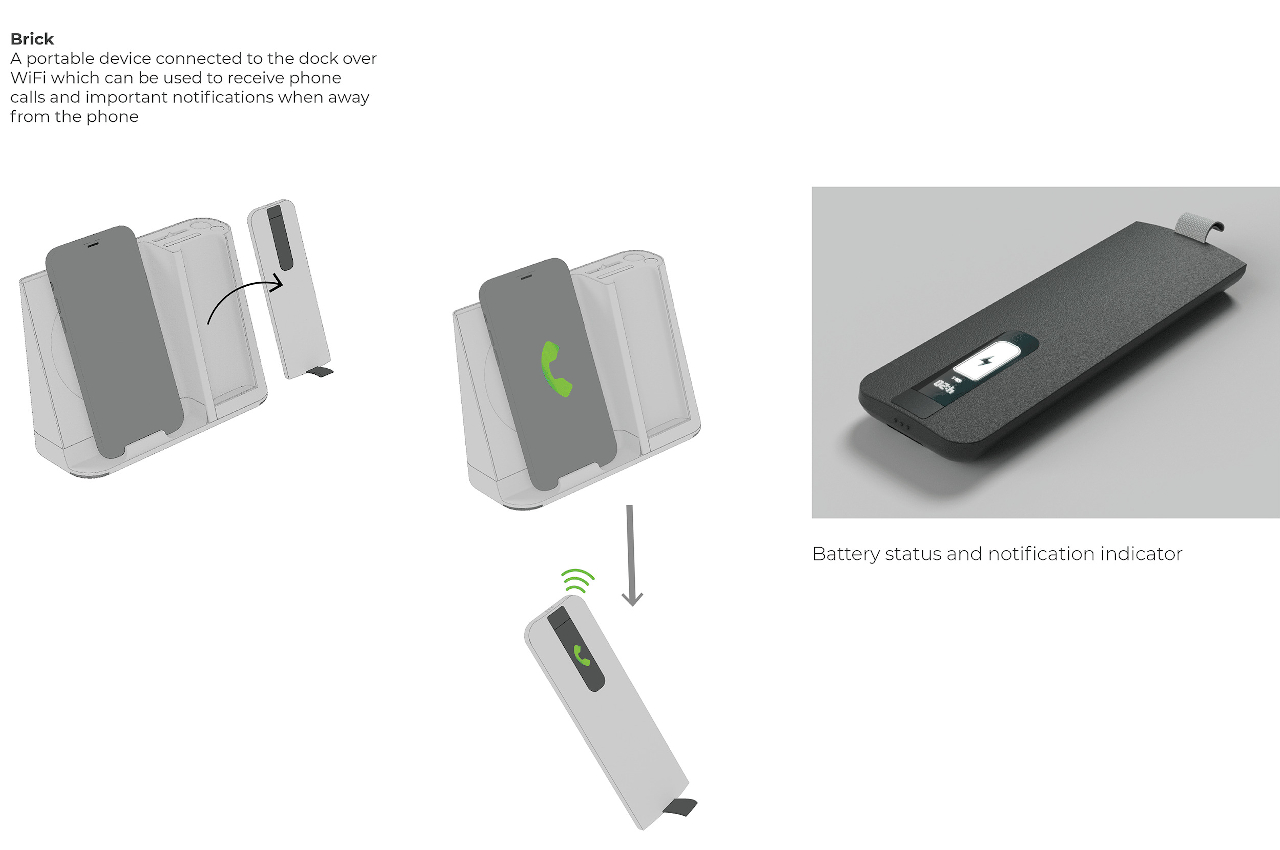
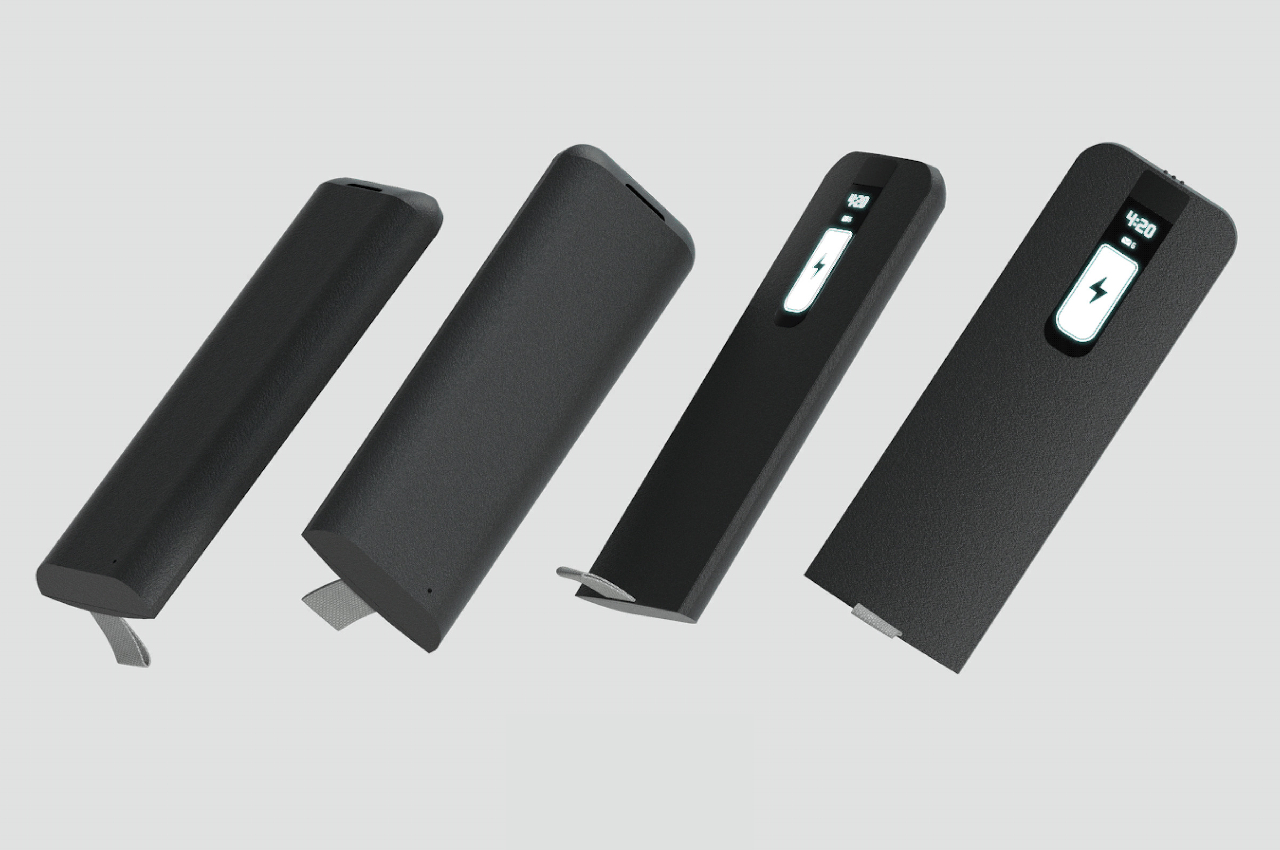
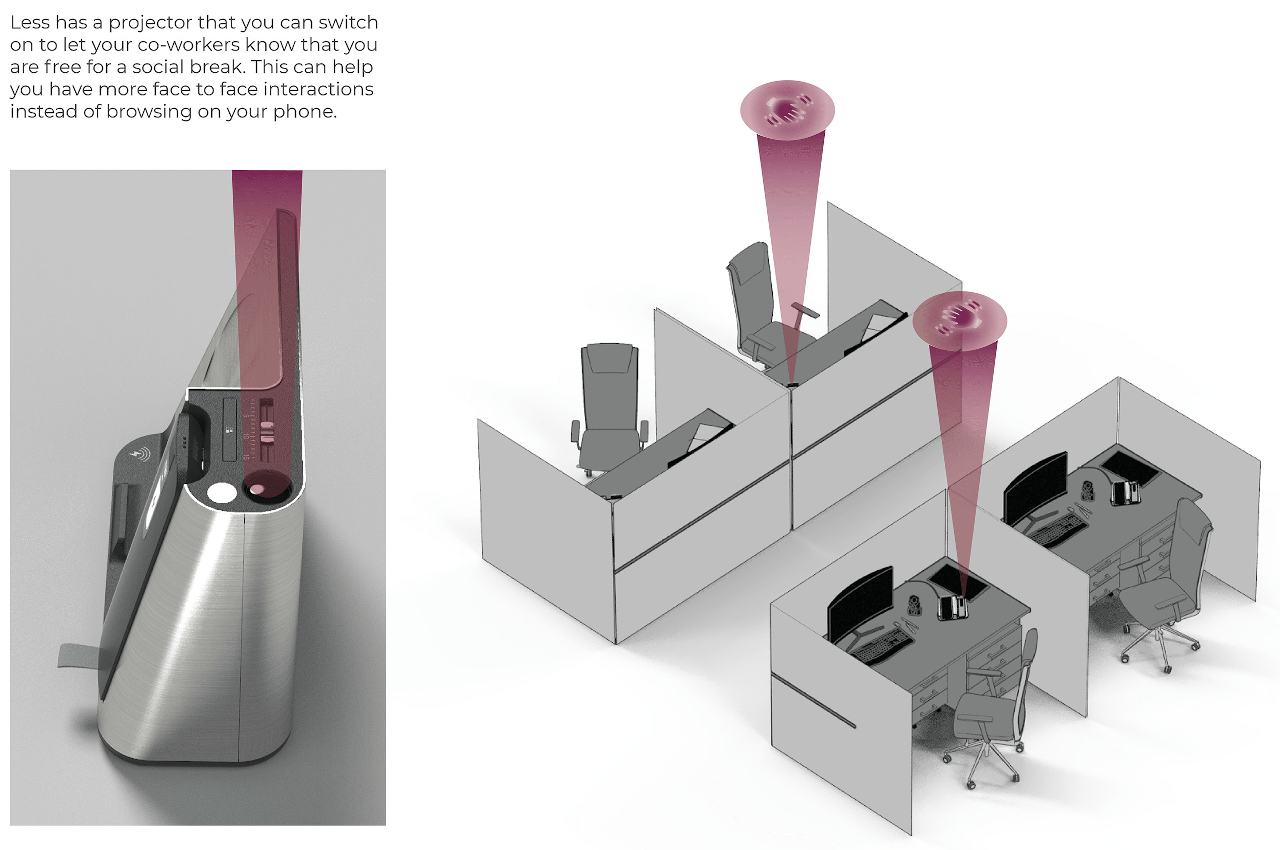
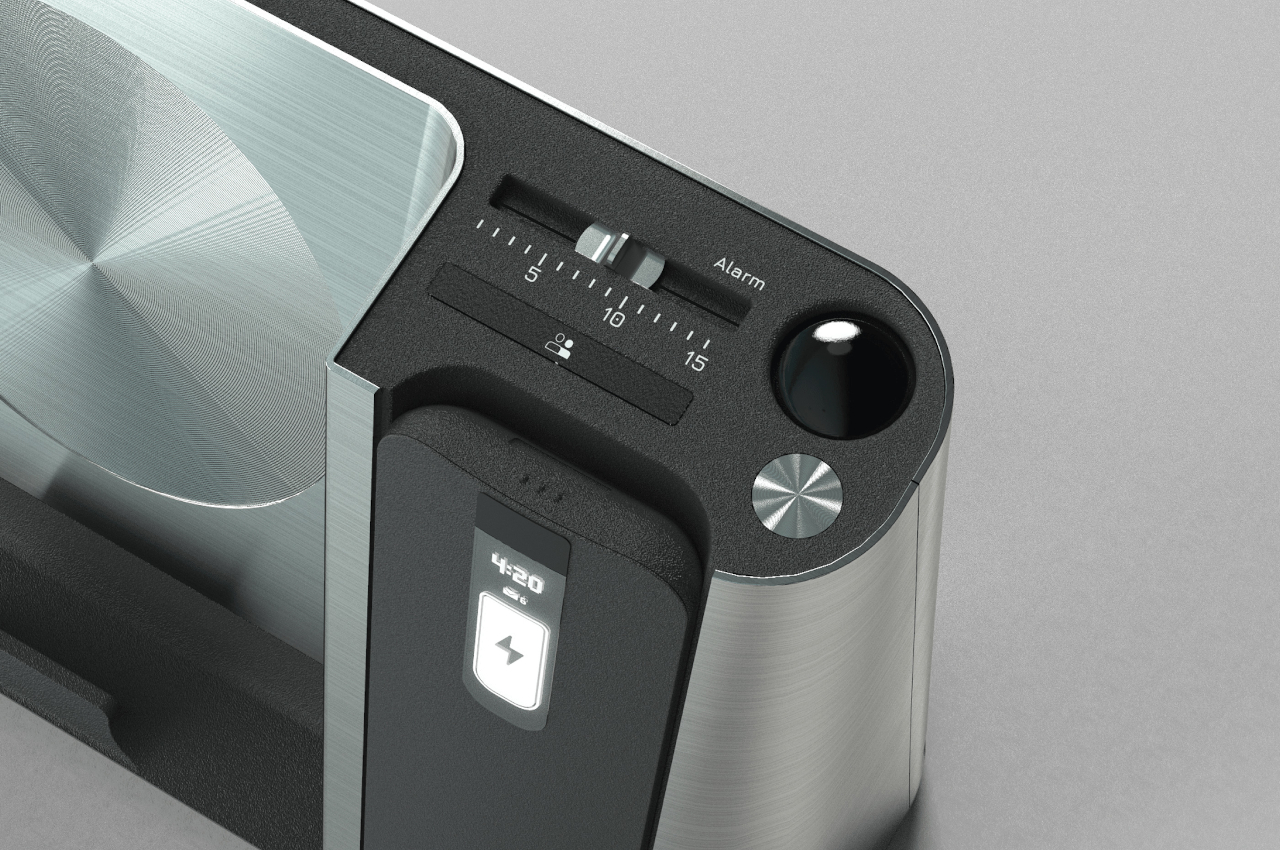
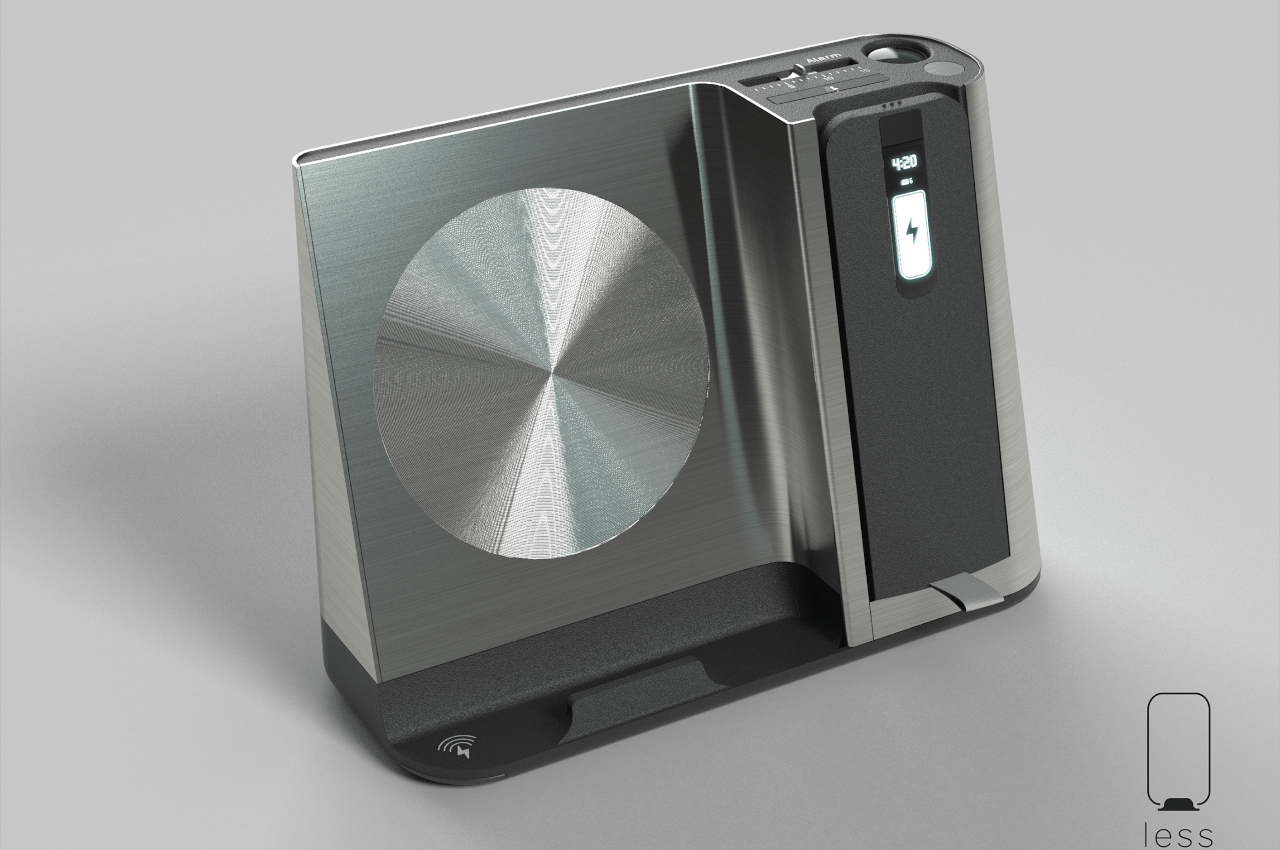
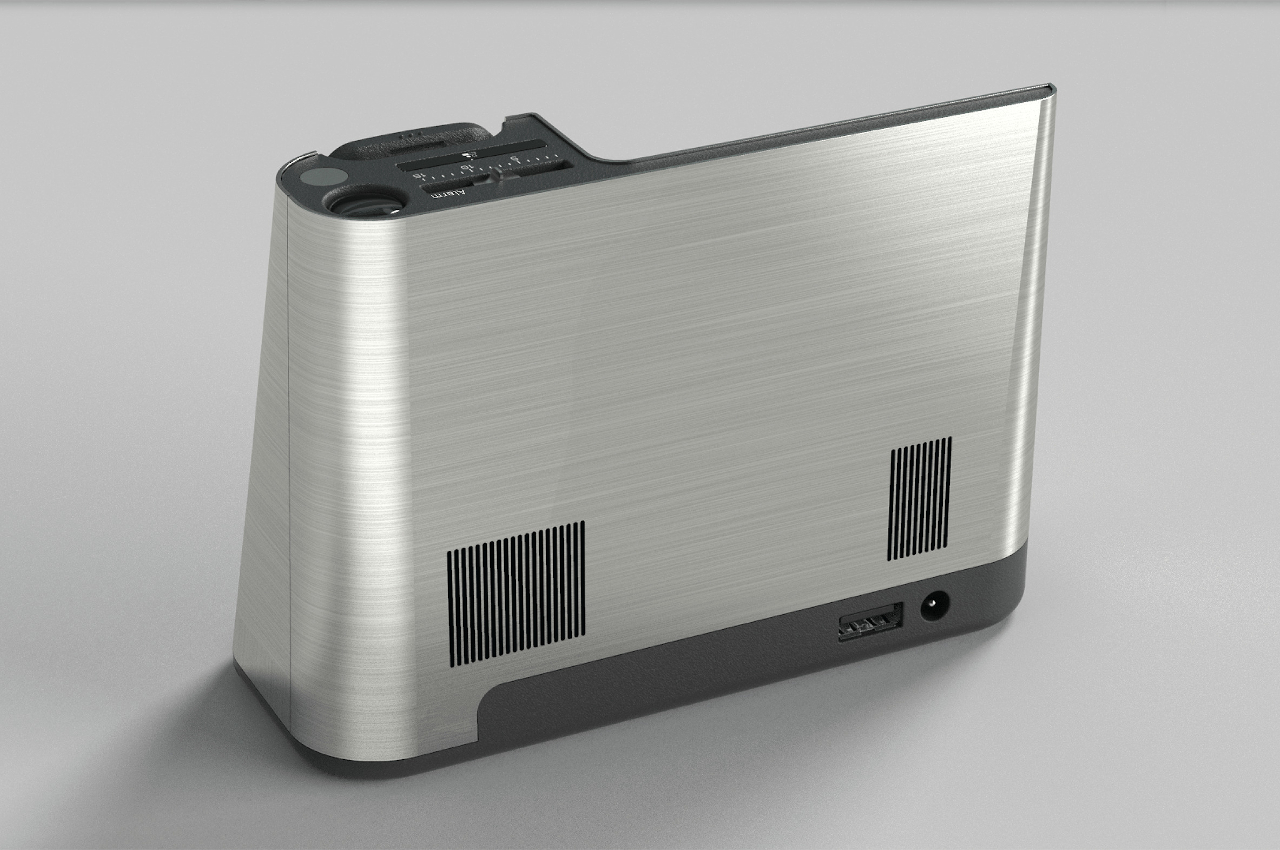
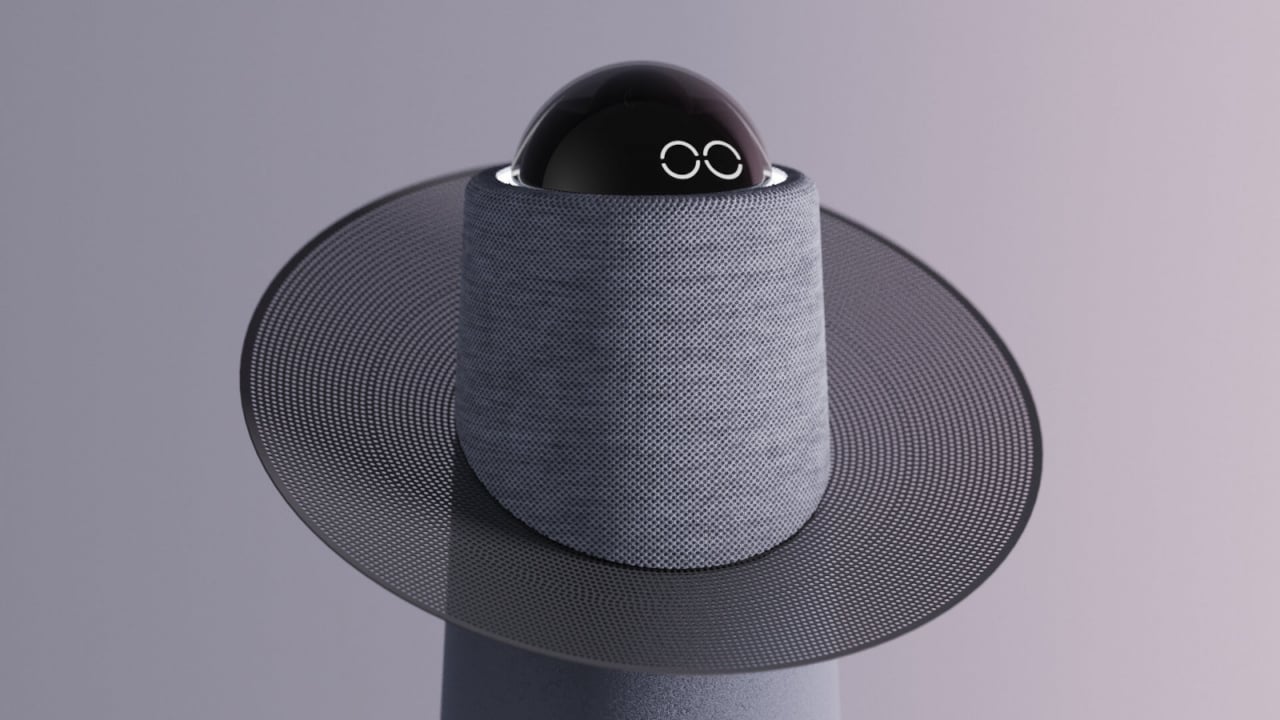
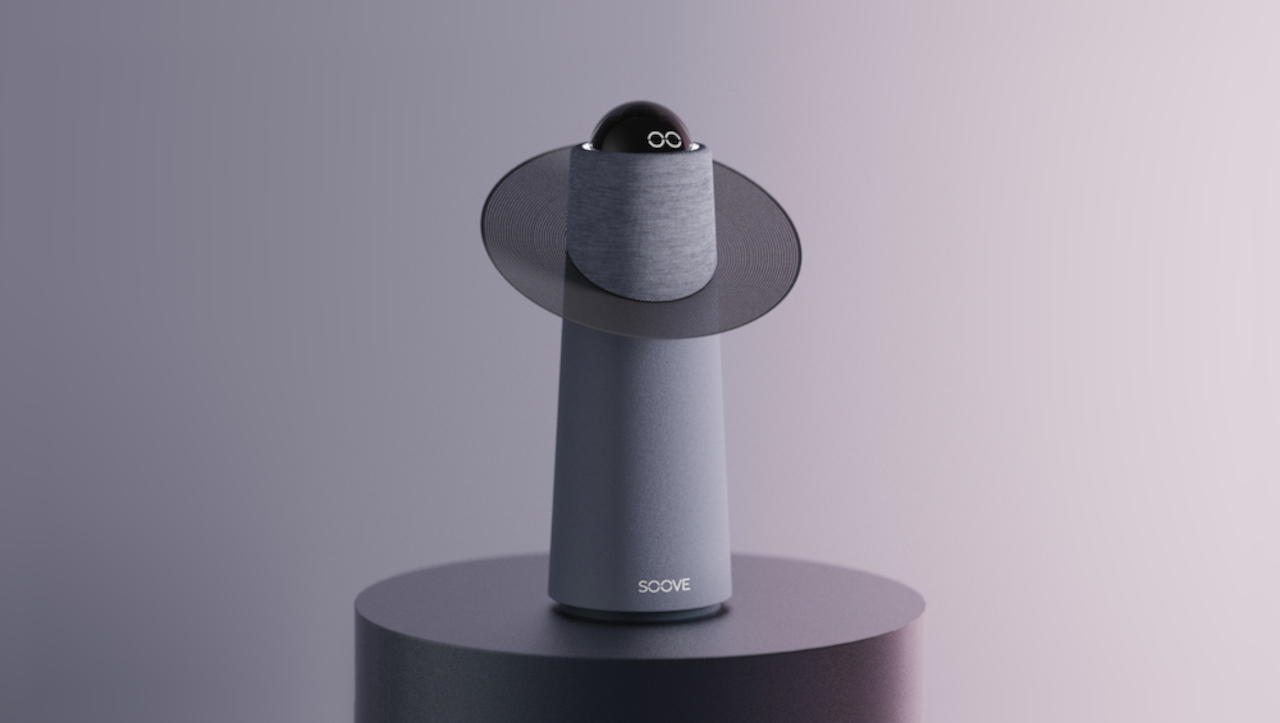
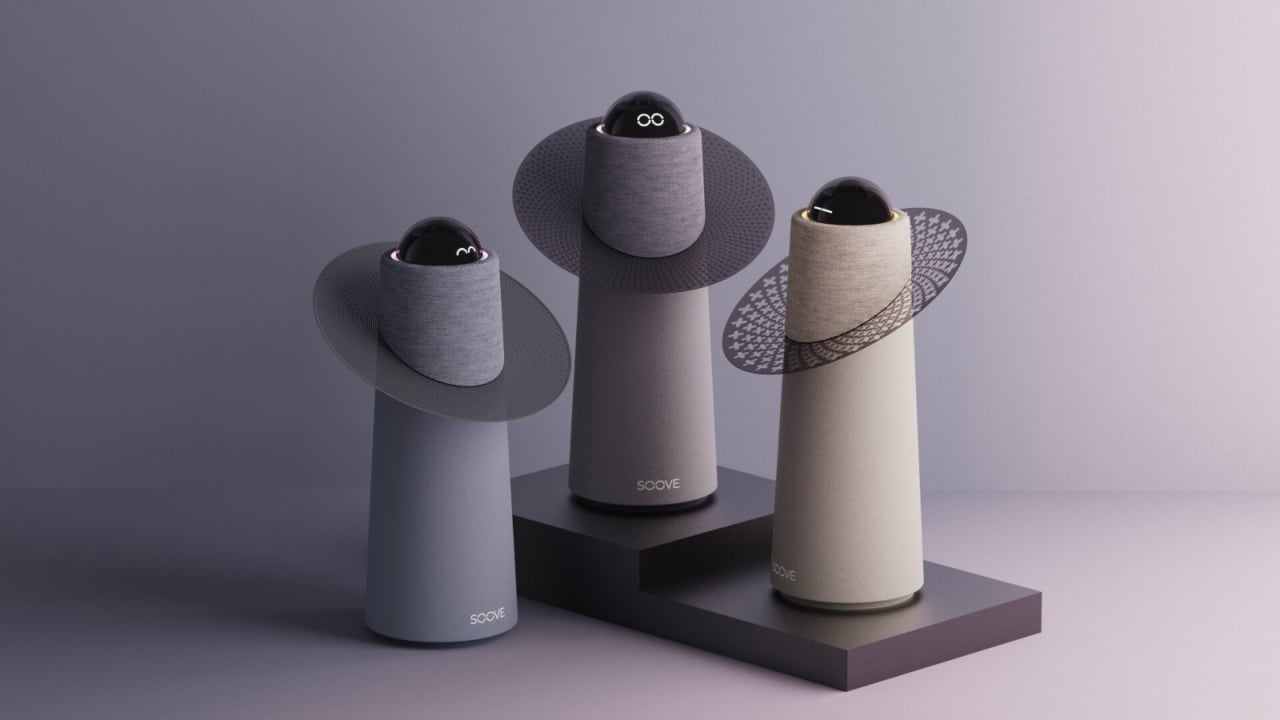
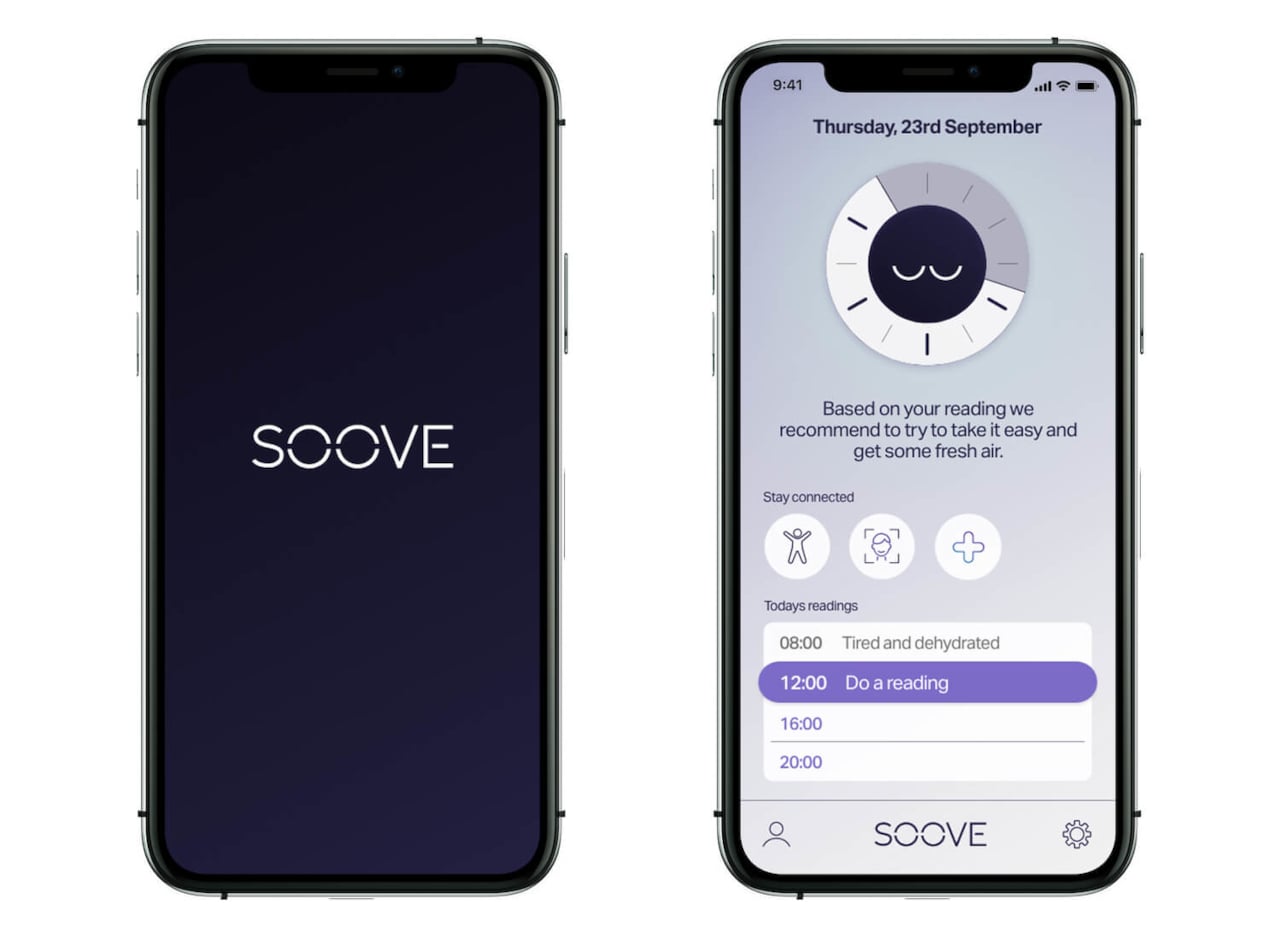
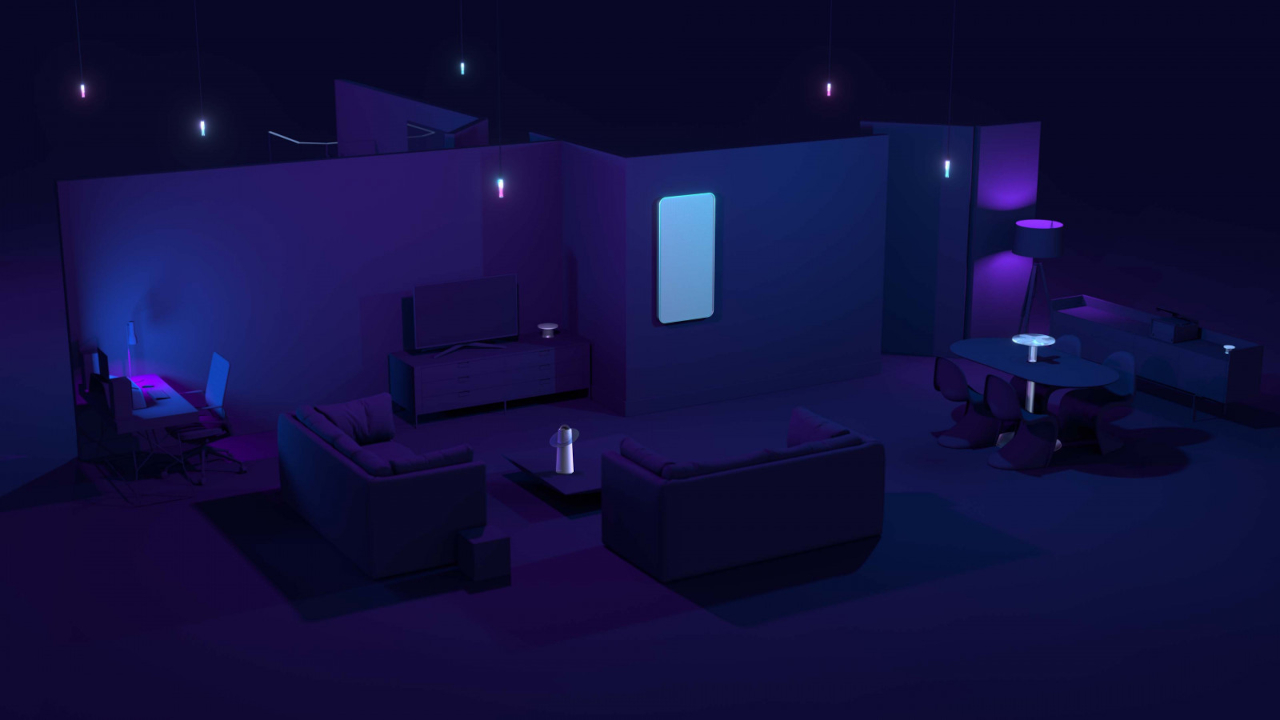
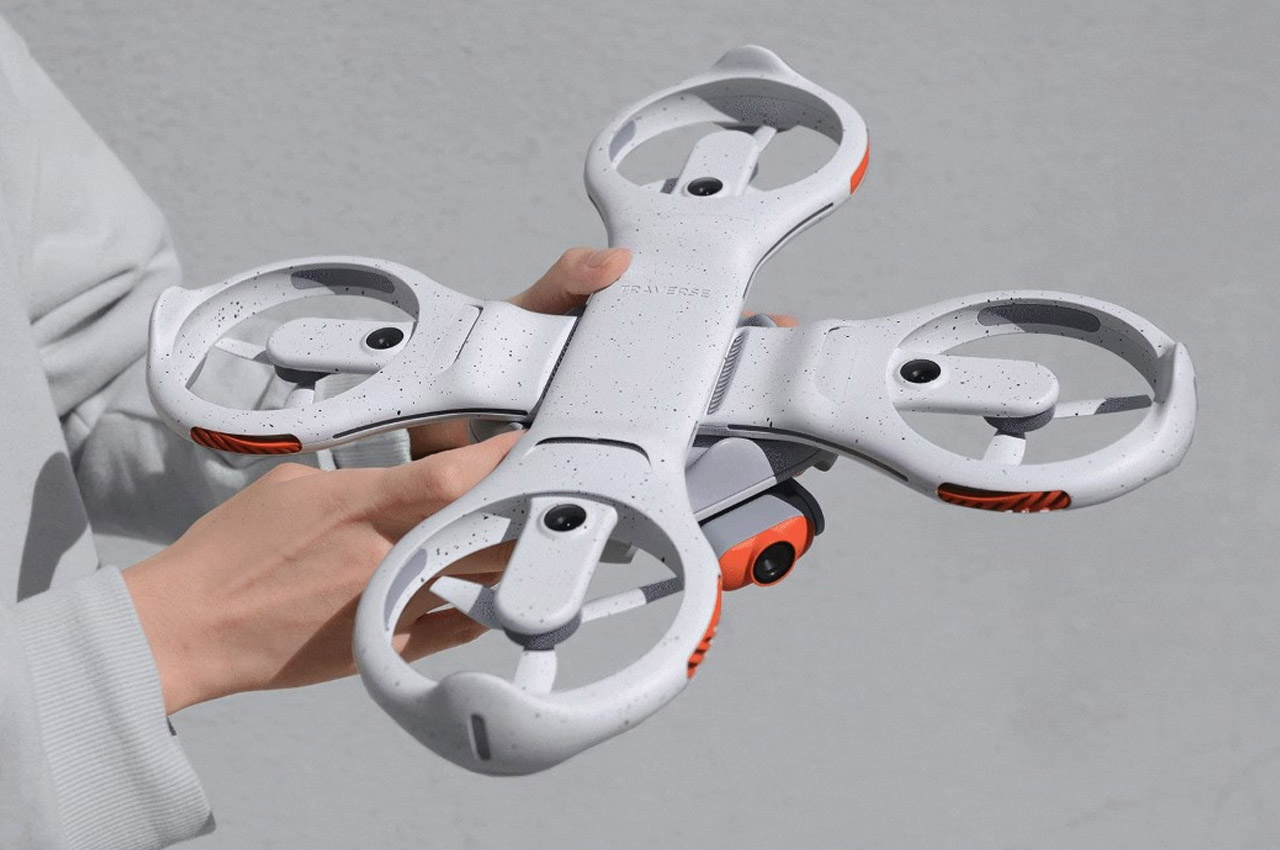
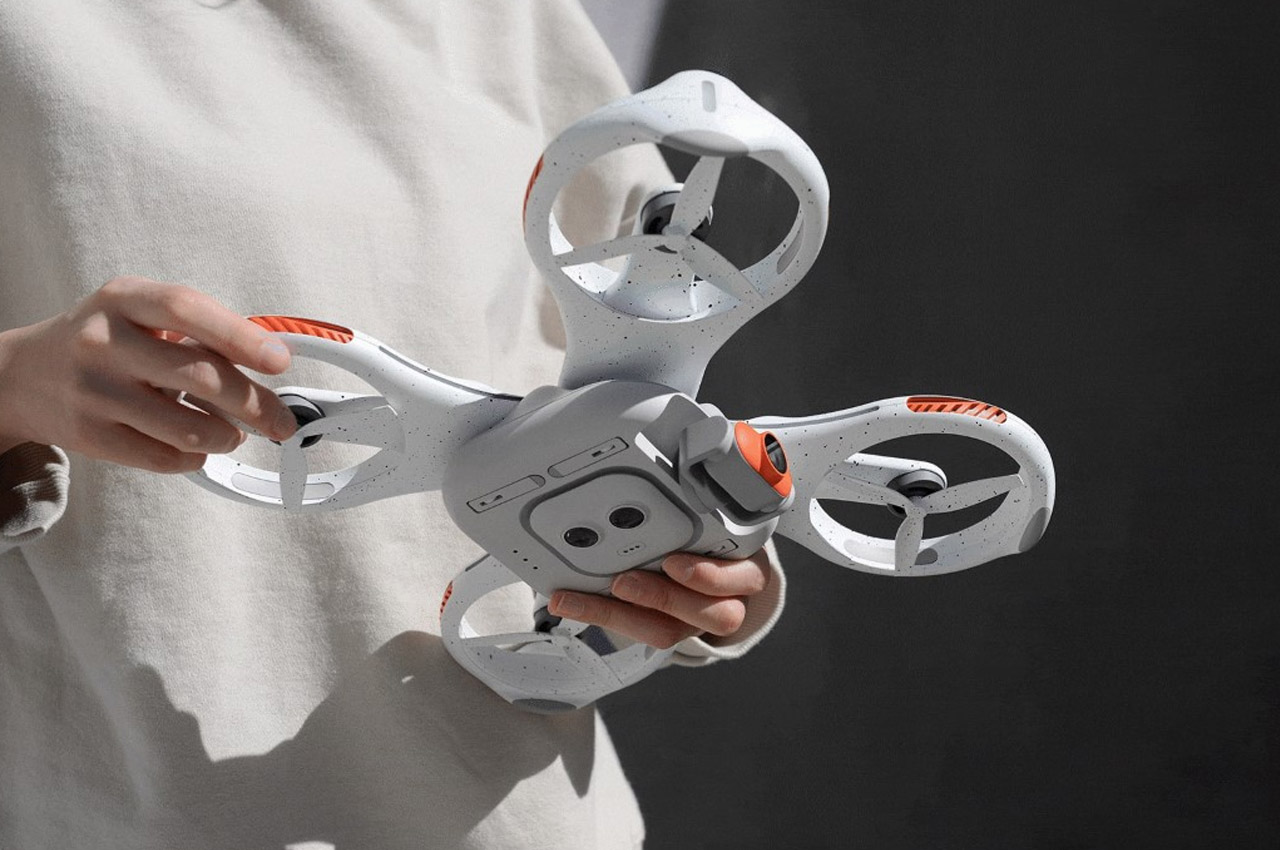
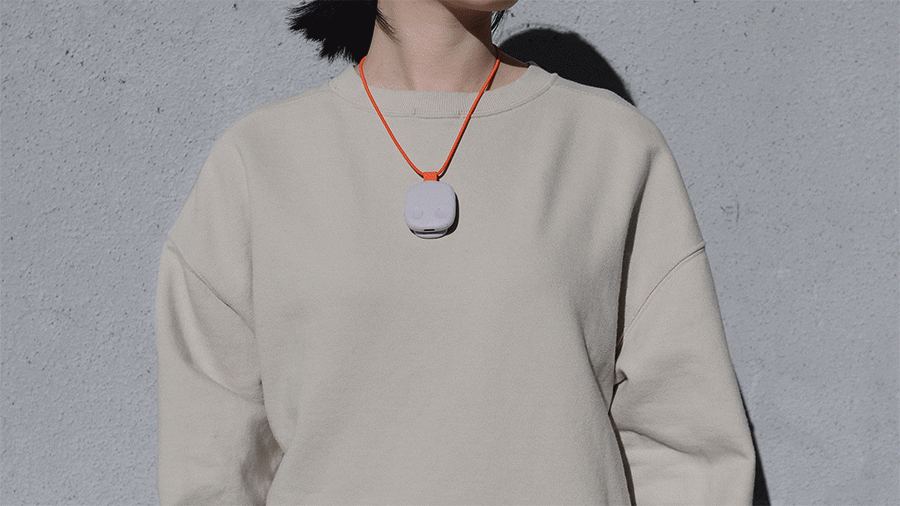
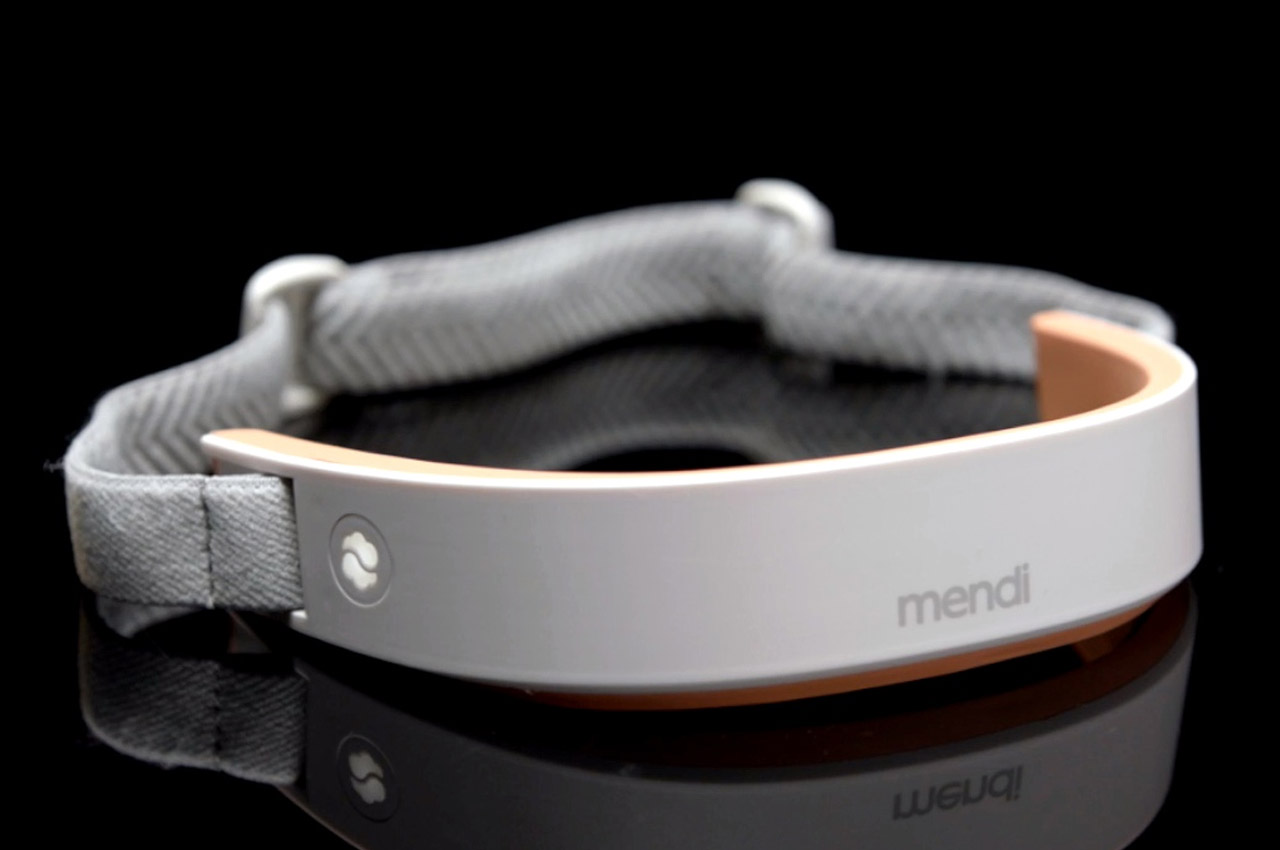
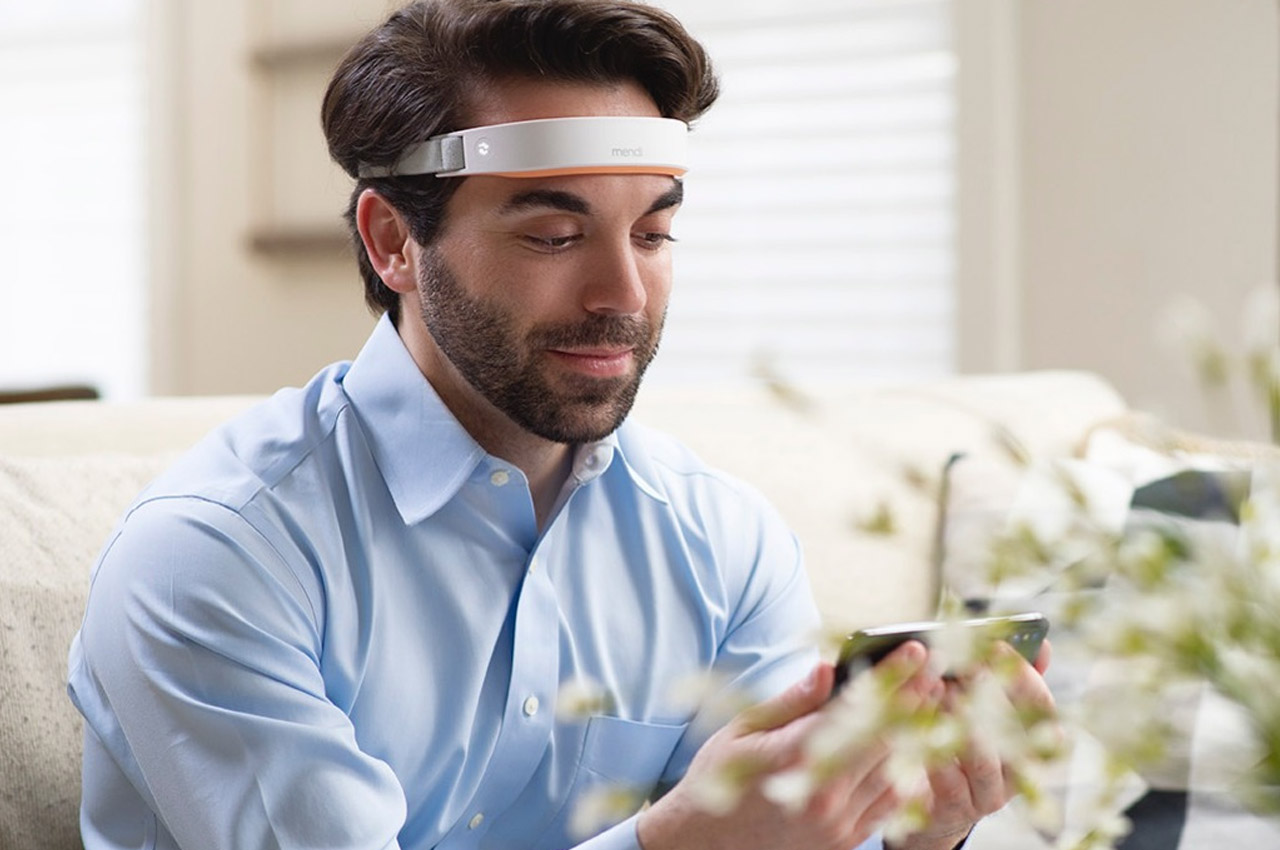
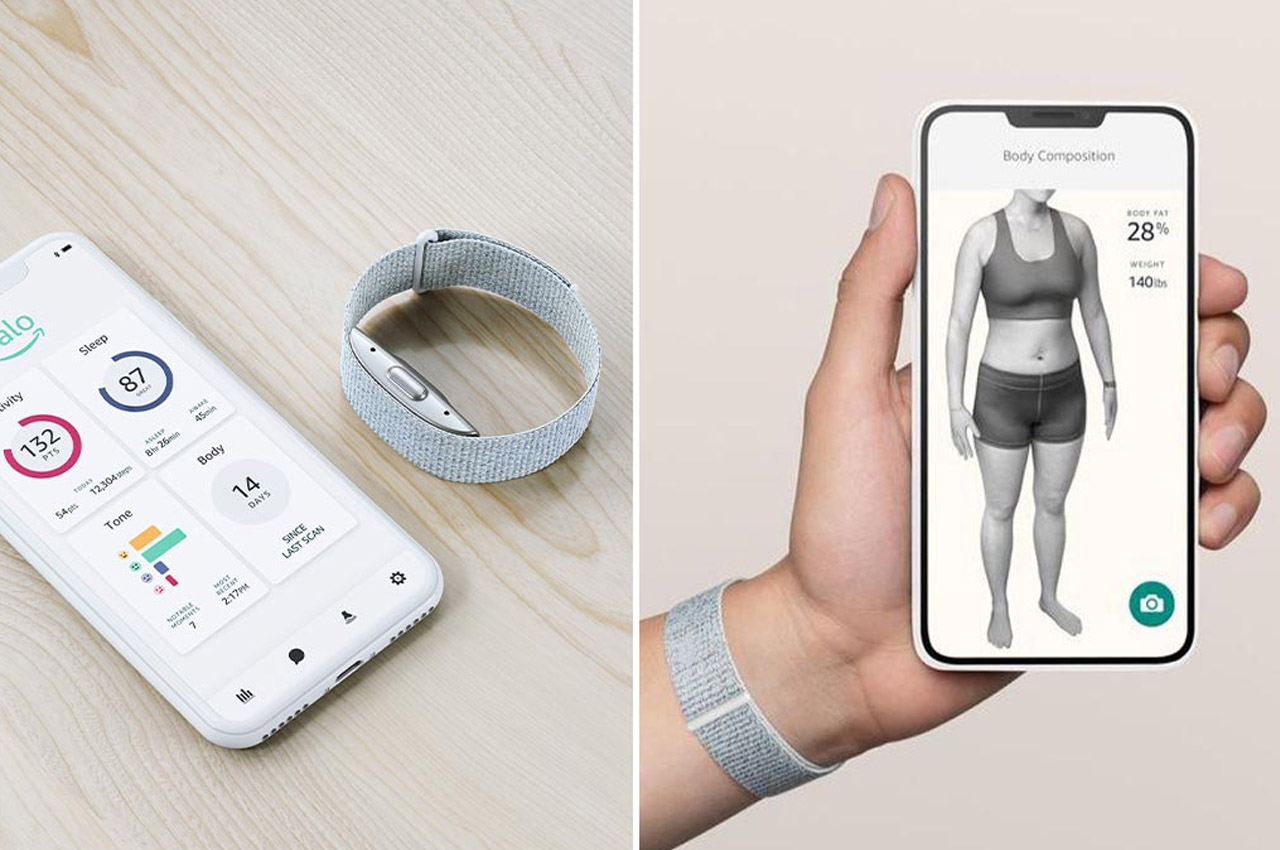
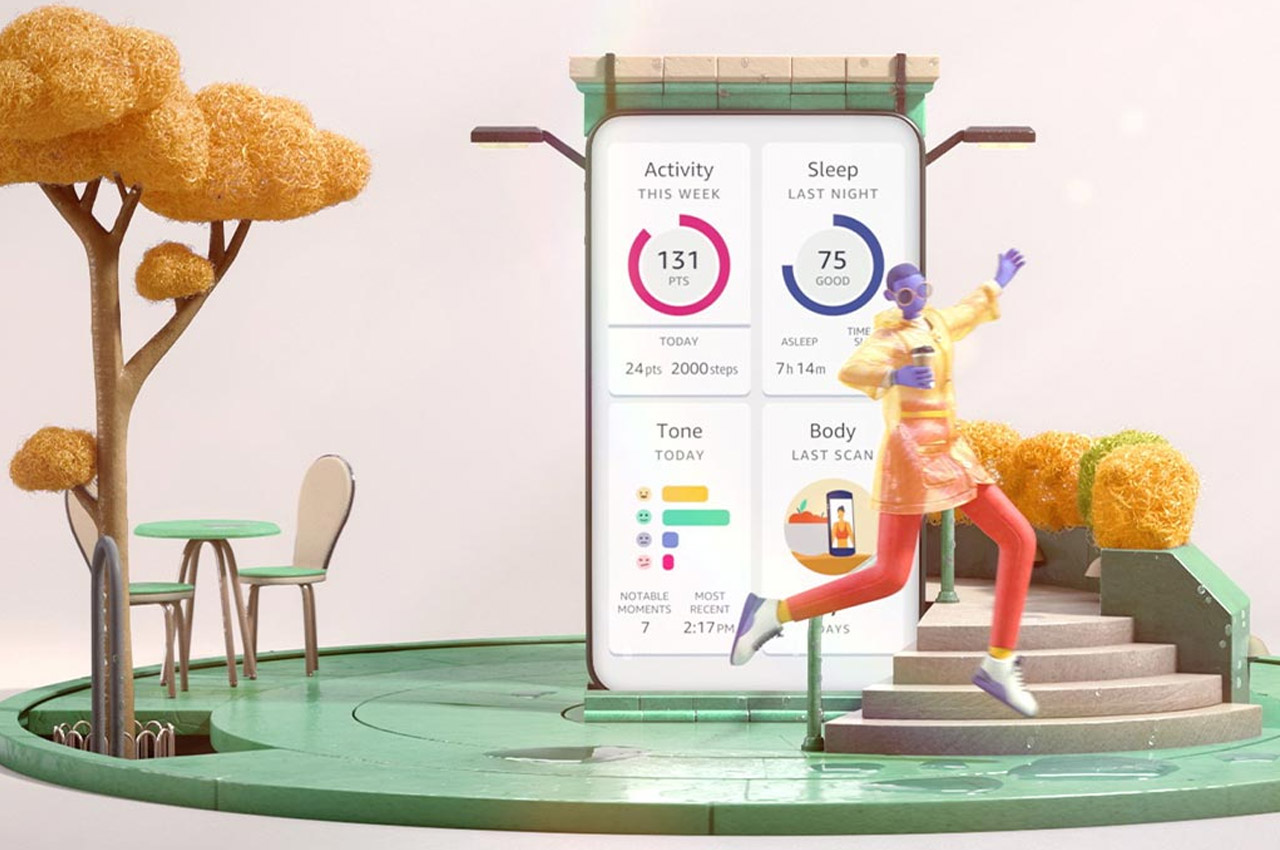
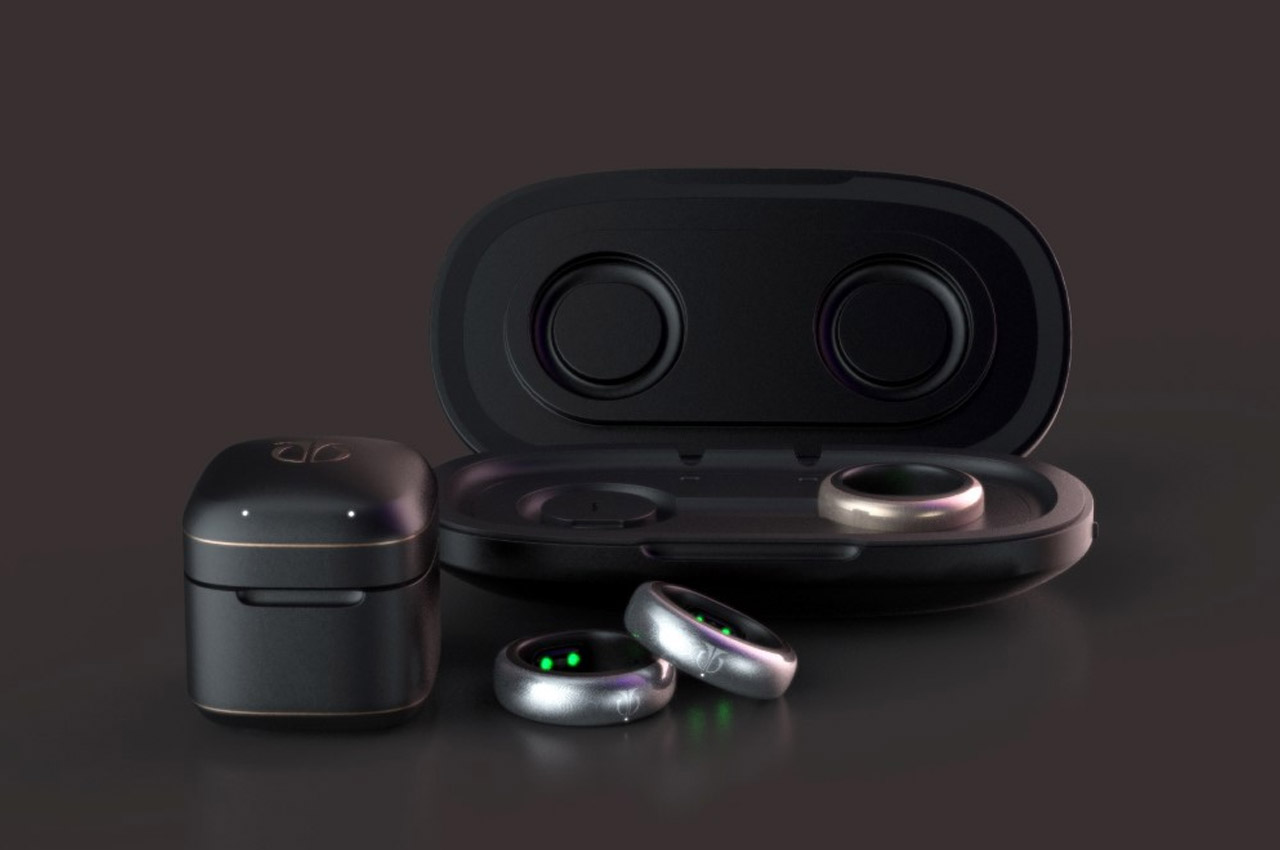
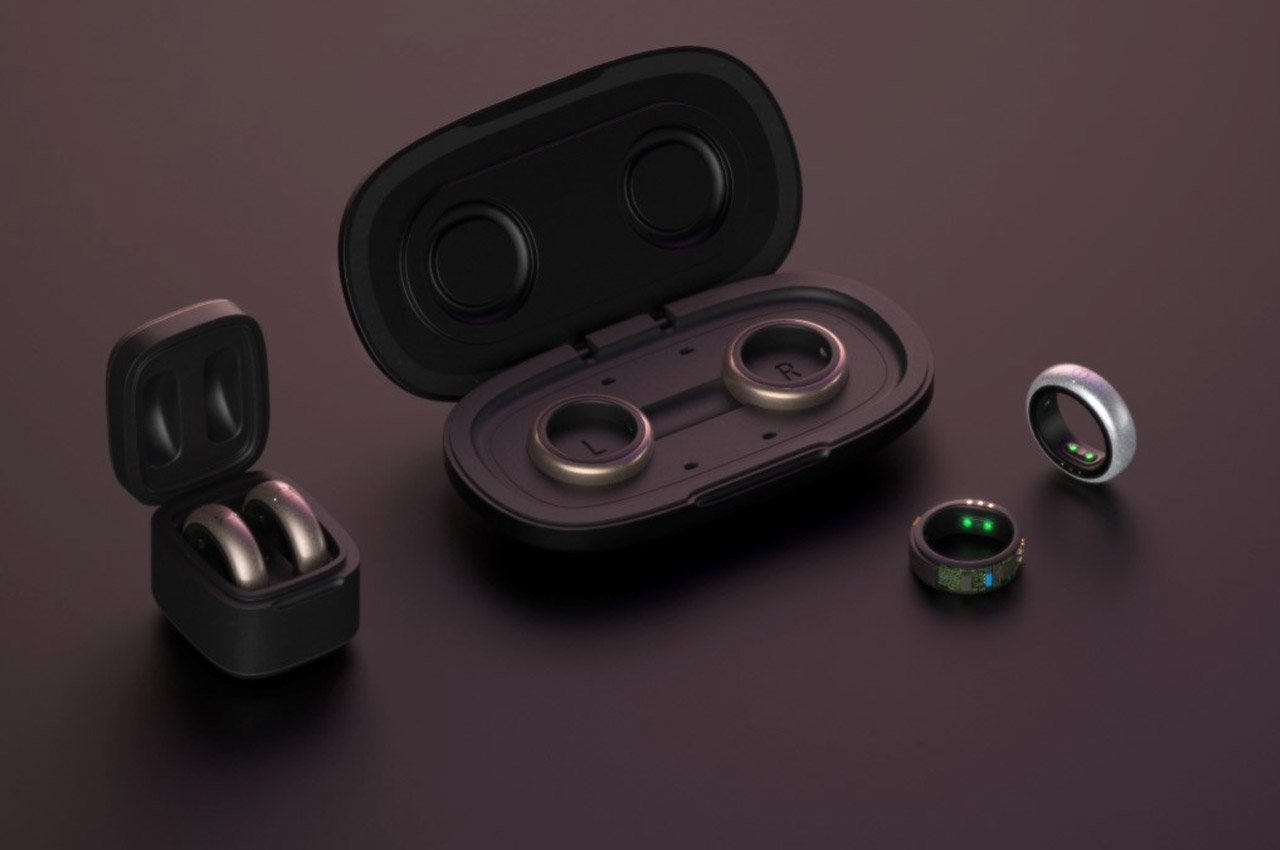
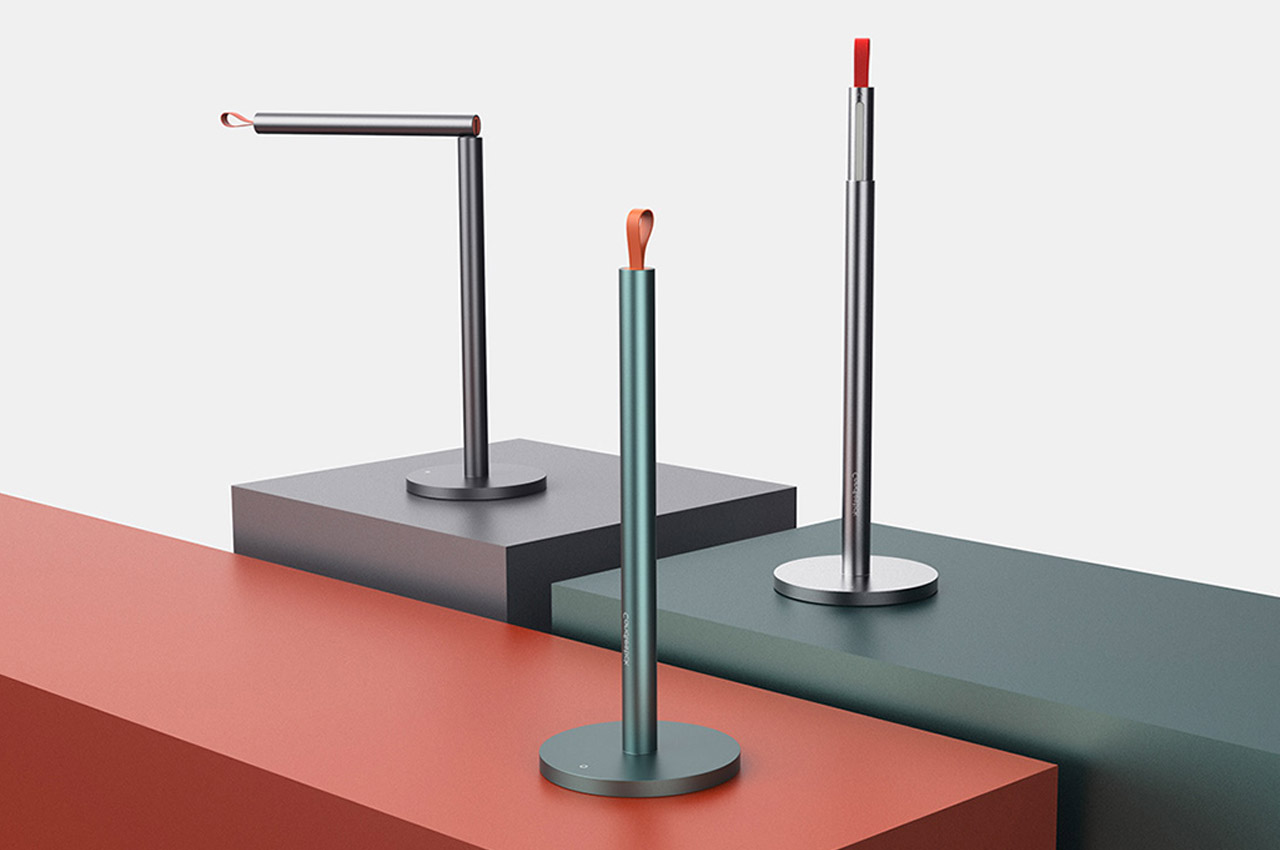
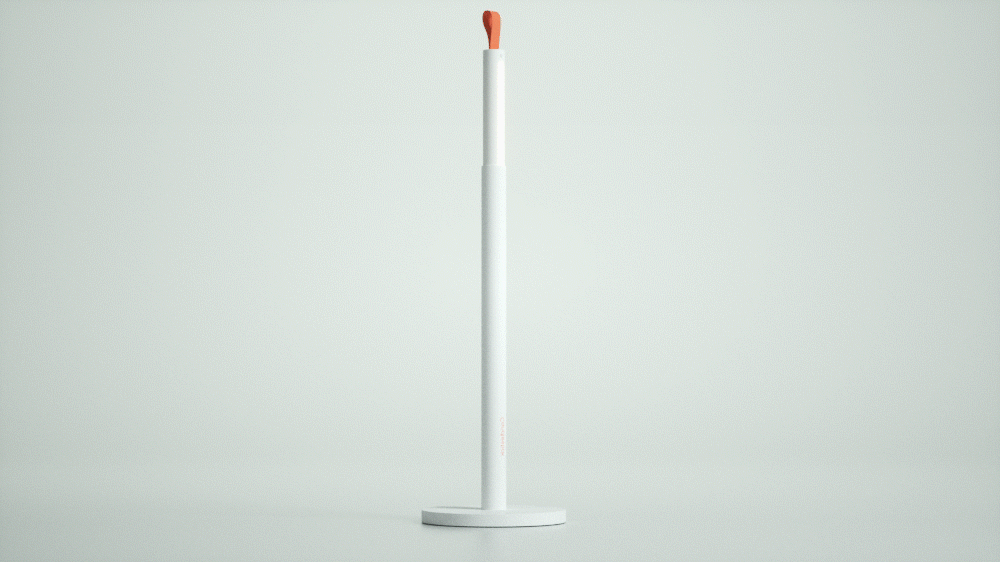
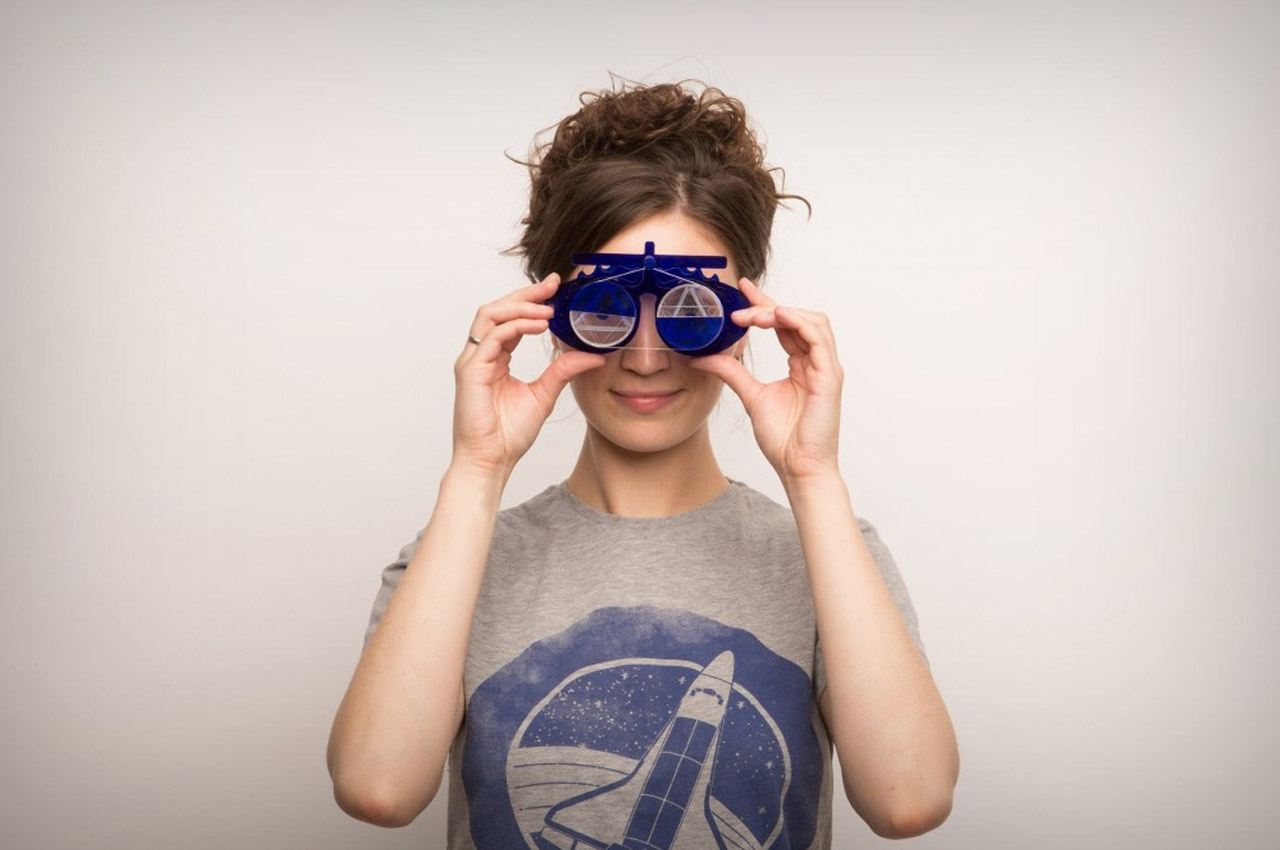
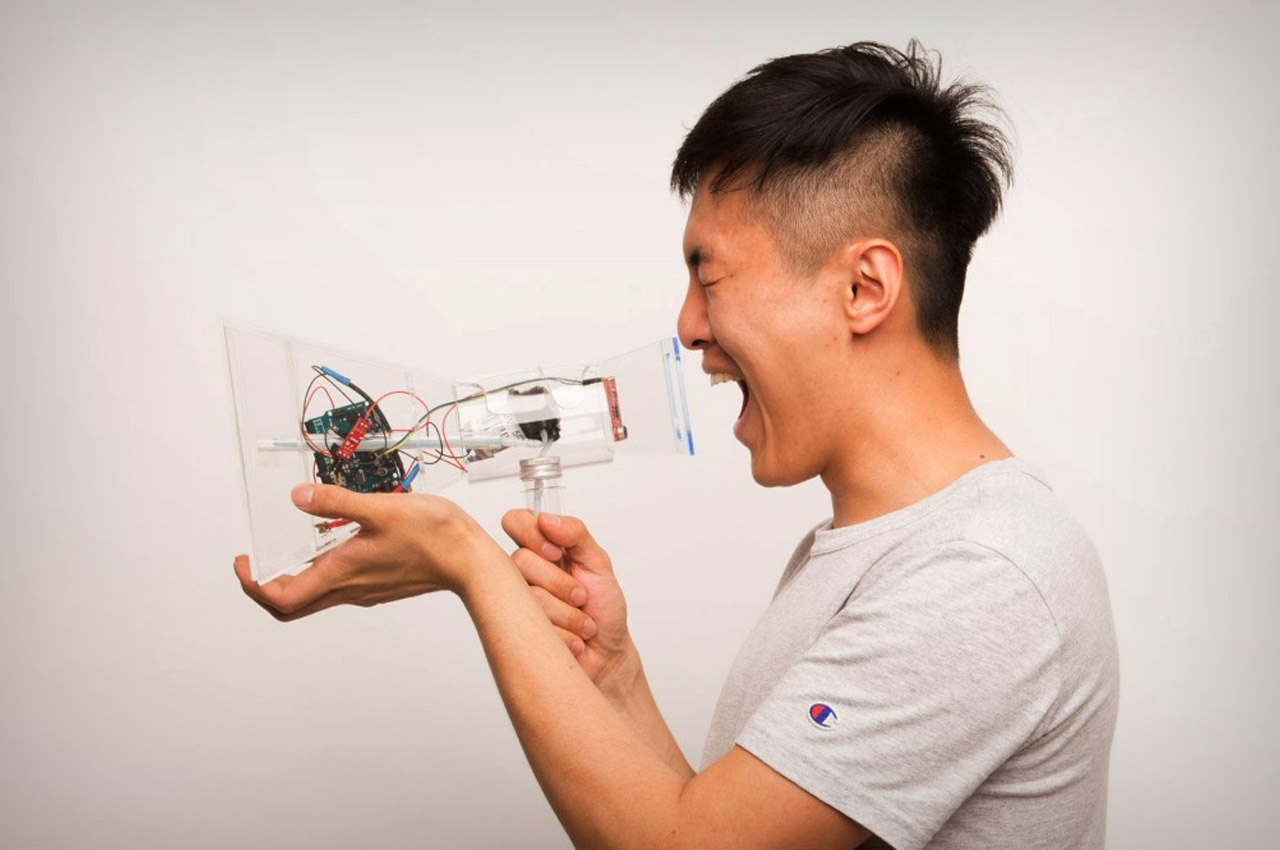
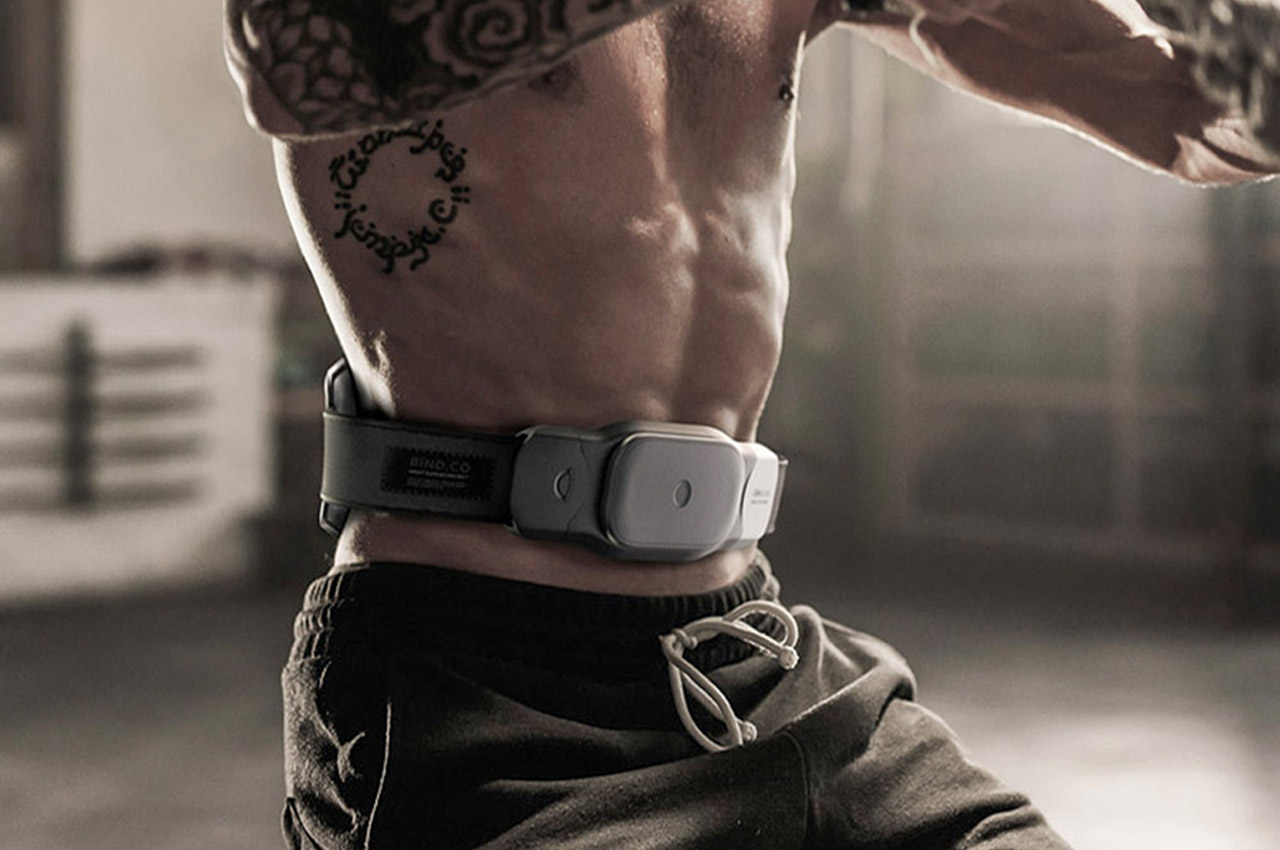
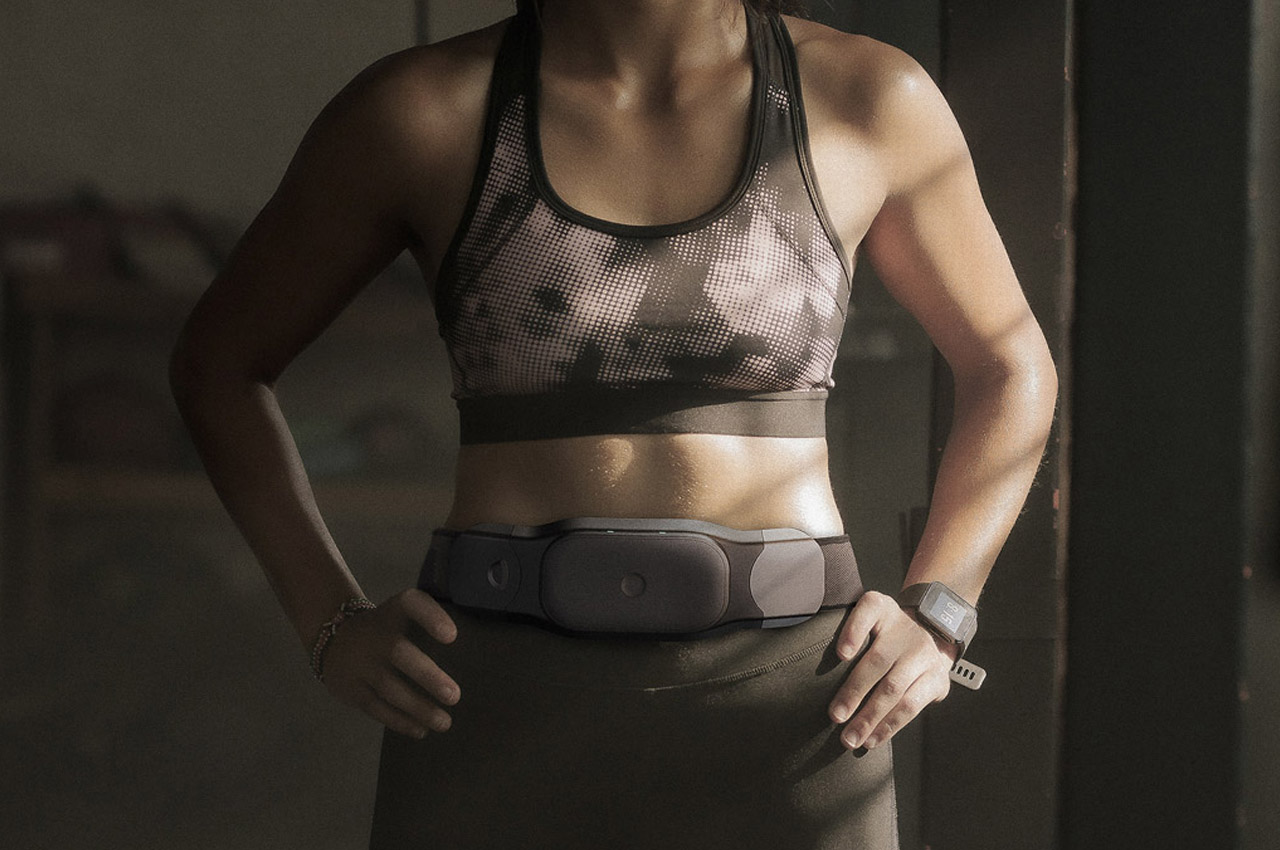
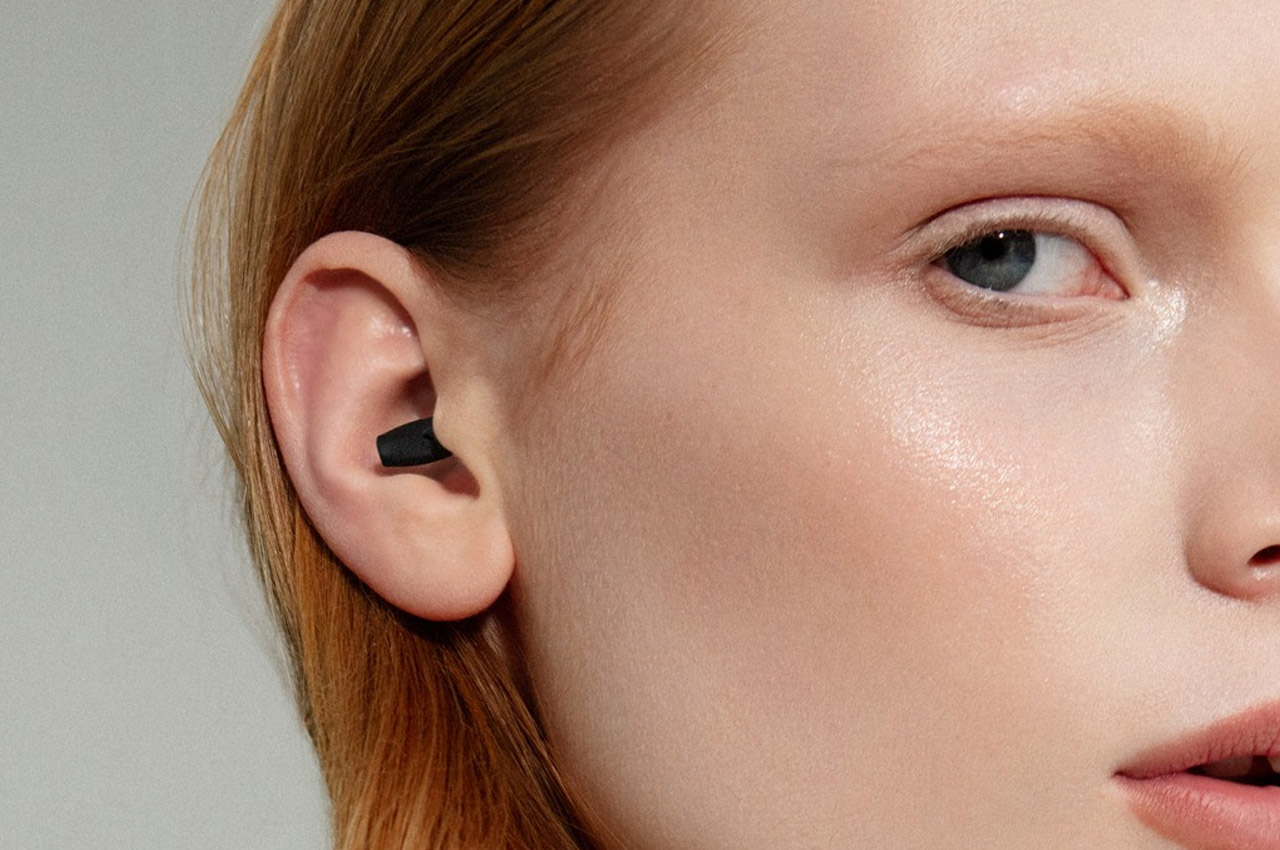

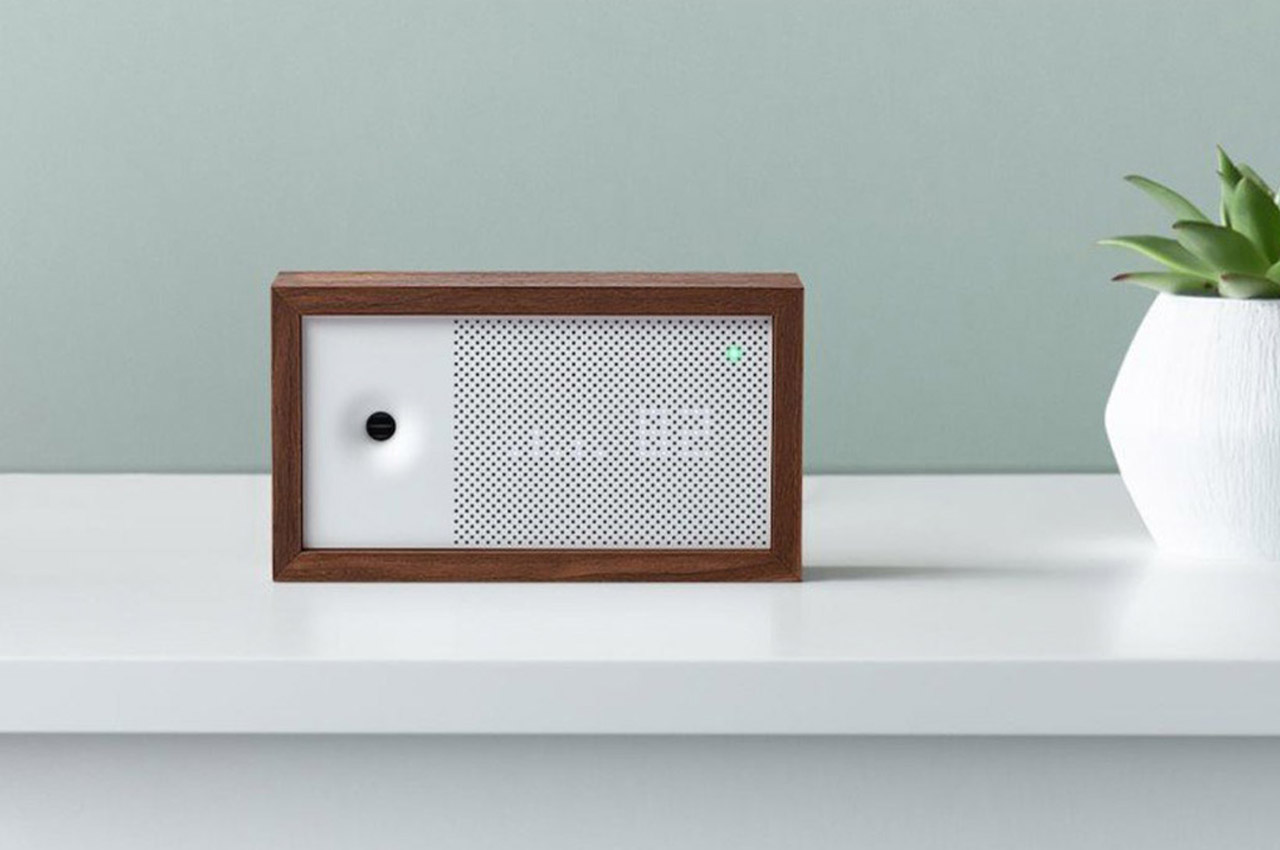
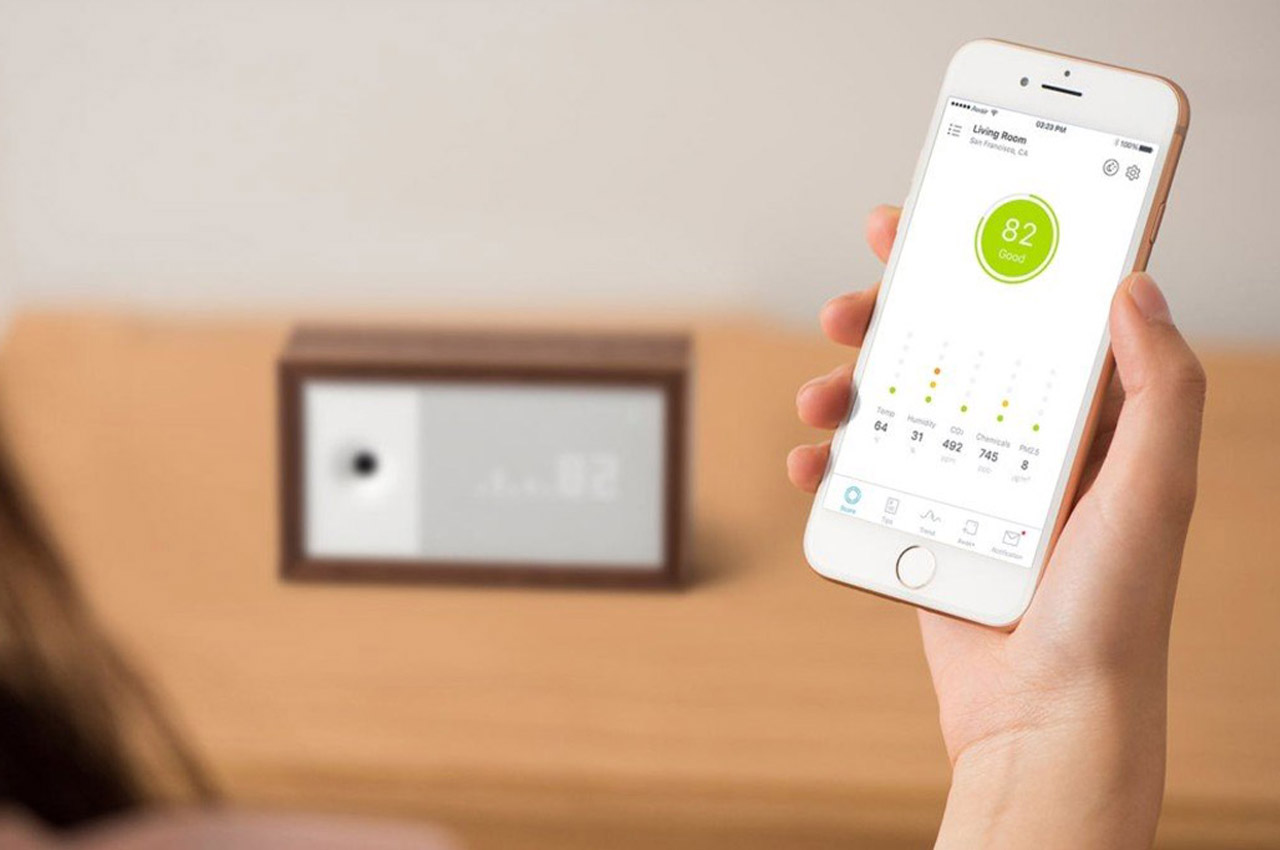
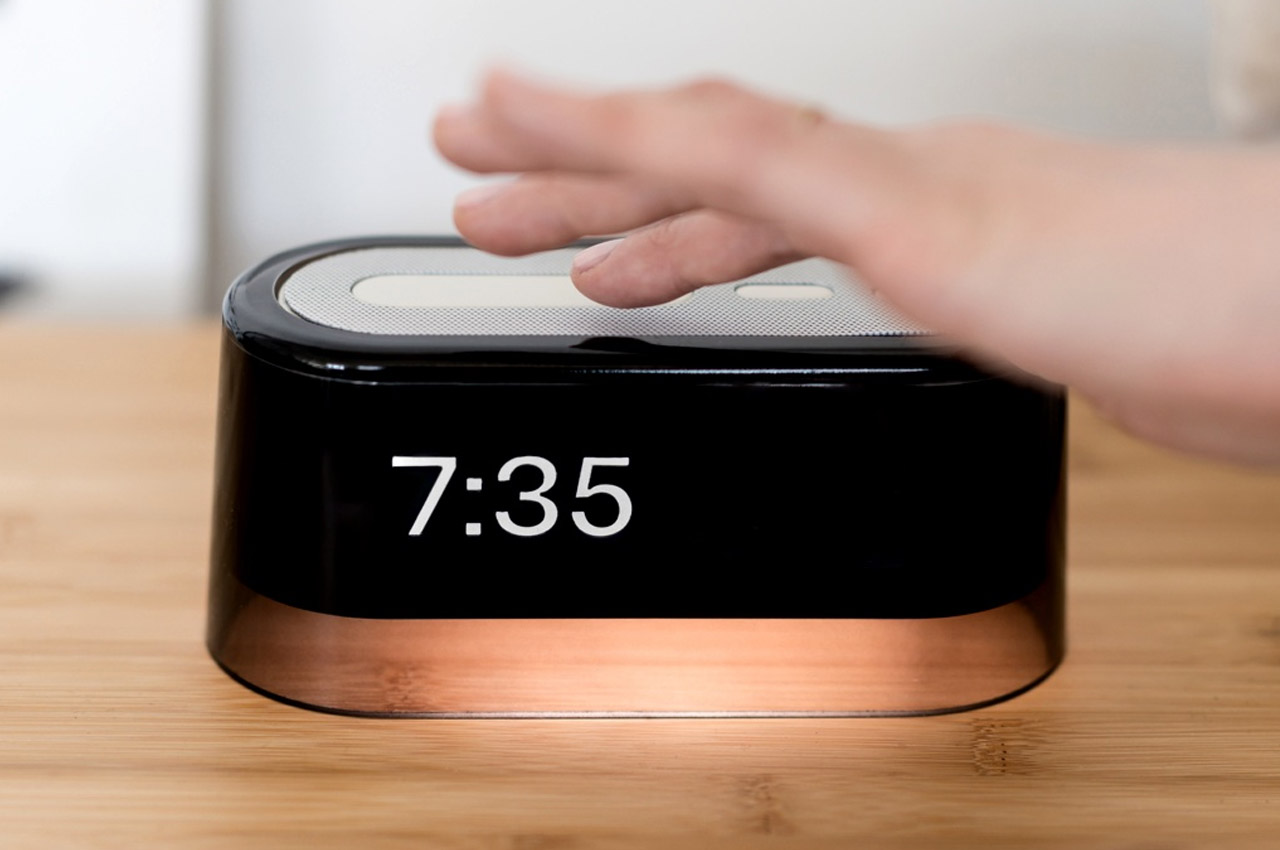
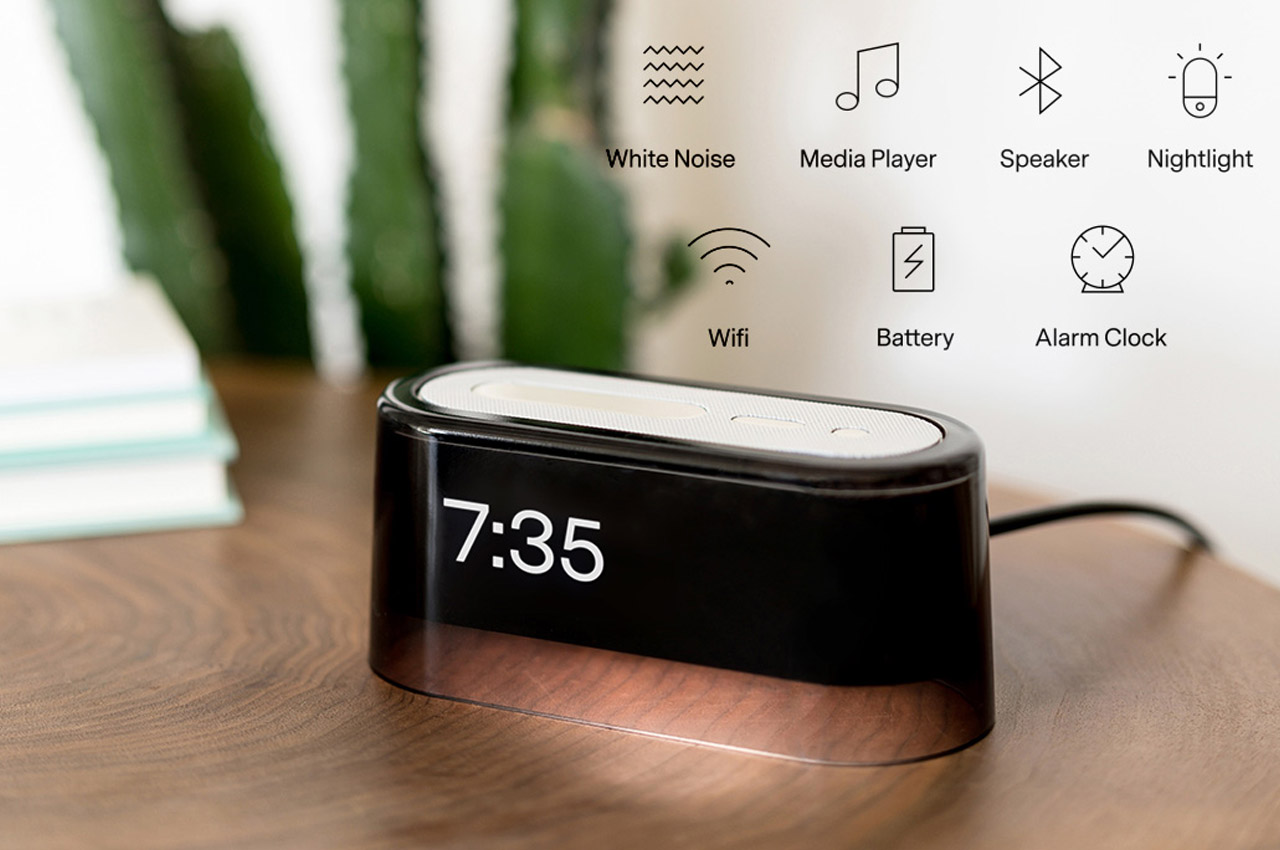
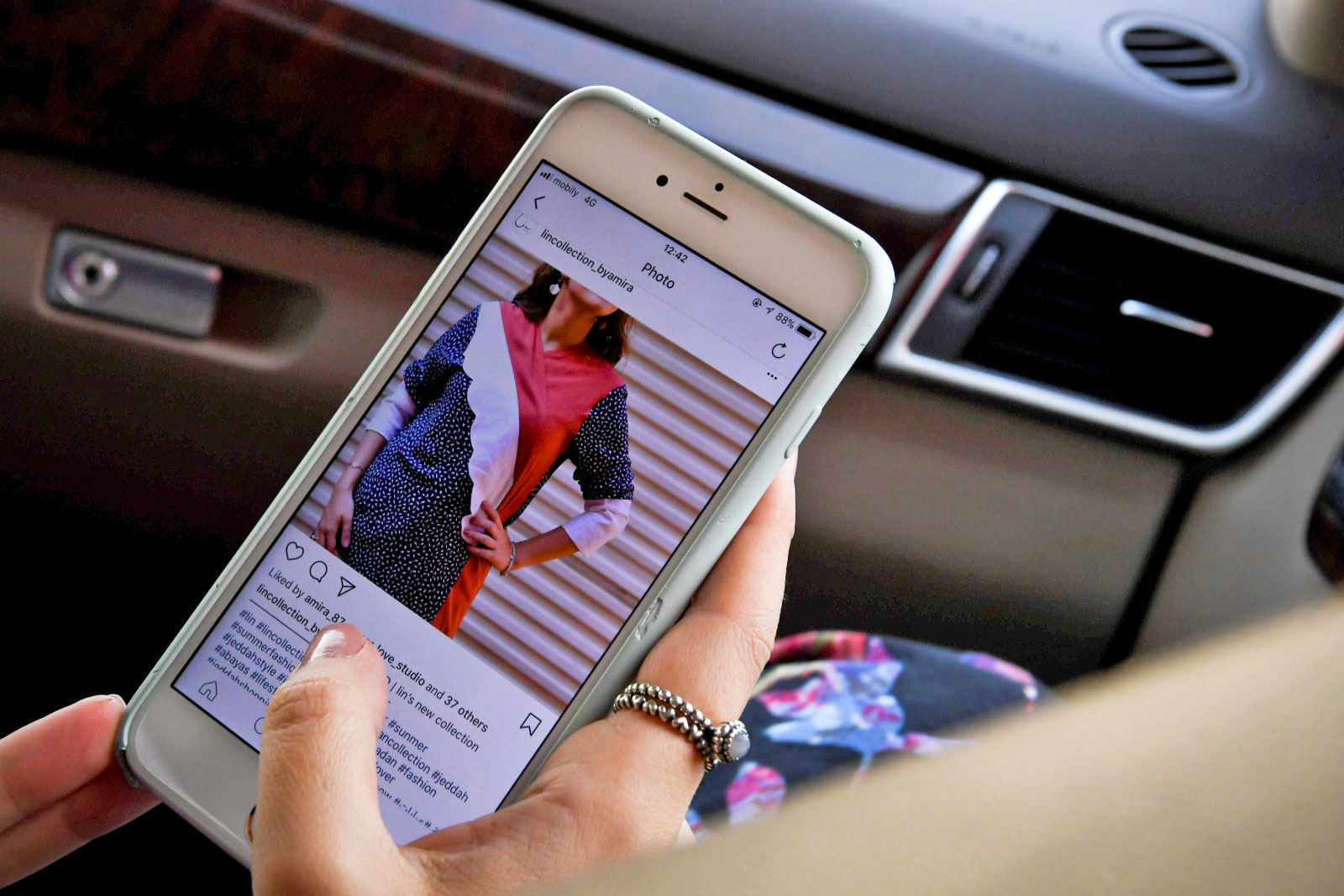 Google's new digital well-being initiative is aimed at making sure you spend more time with friends and family instead of your screens. Android and YouTube will soon include things like usage stats and notification reductions to make tearing yourself...
Google's new digital well-being initiative is aimed at making sure you spend more time with friends and family instead of your screens. Android and YouTube will soon include things like usage stats and notification reductions to make tearing yourself...